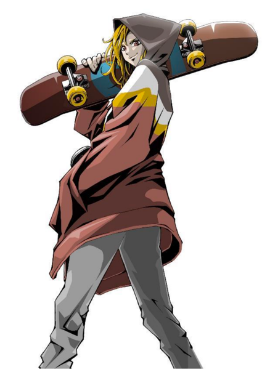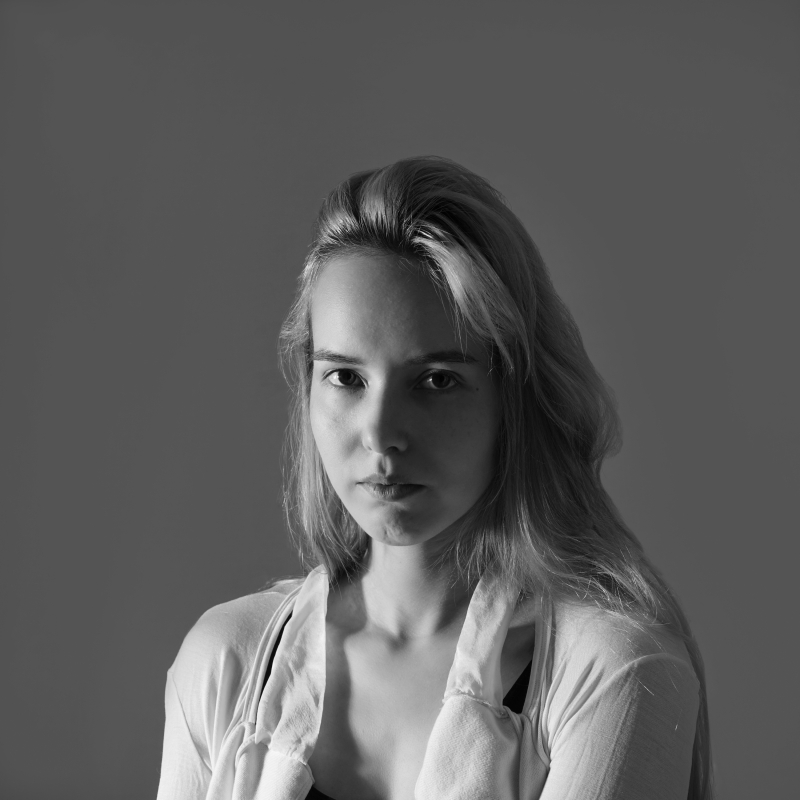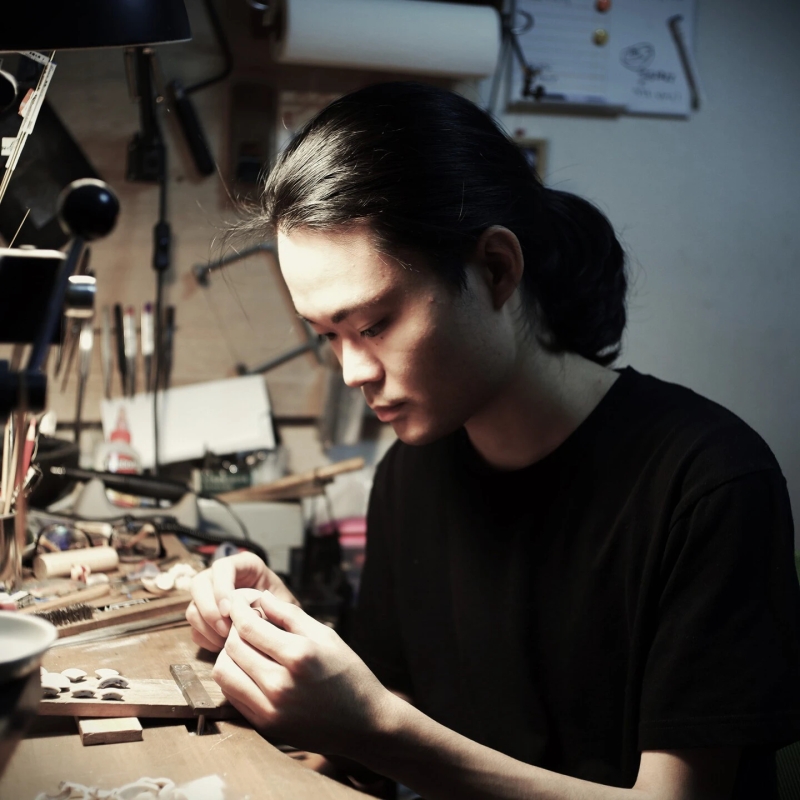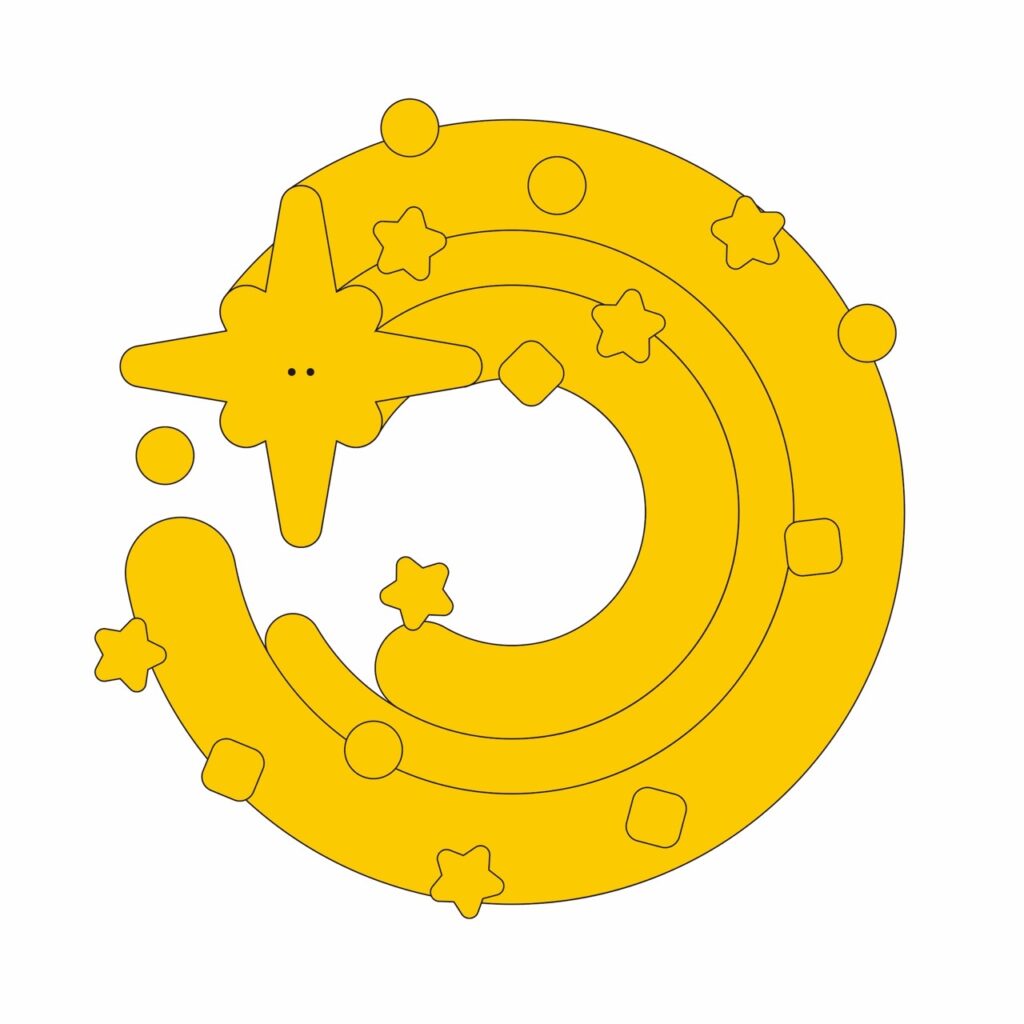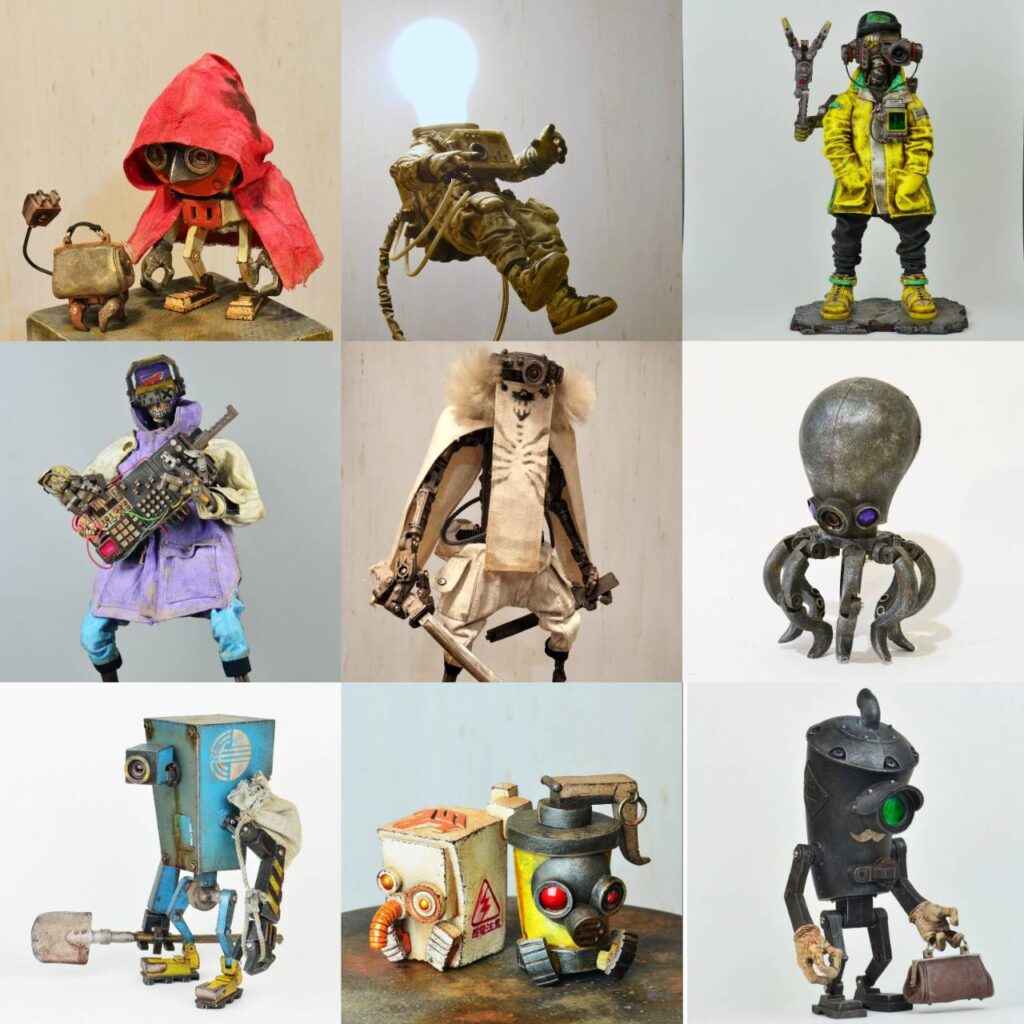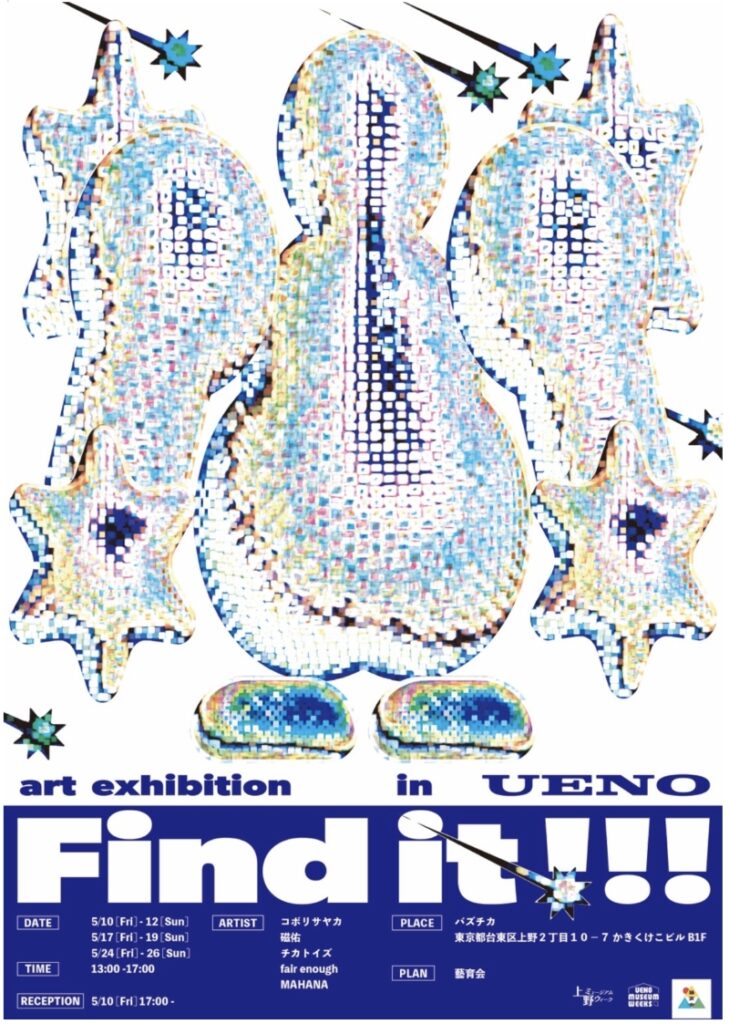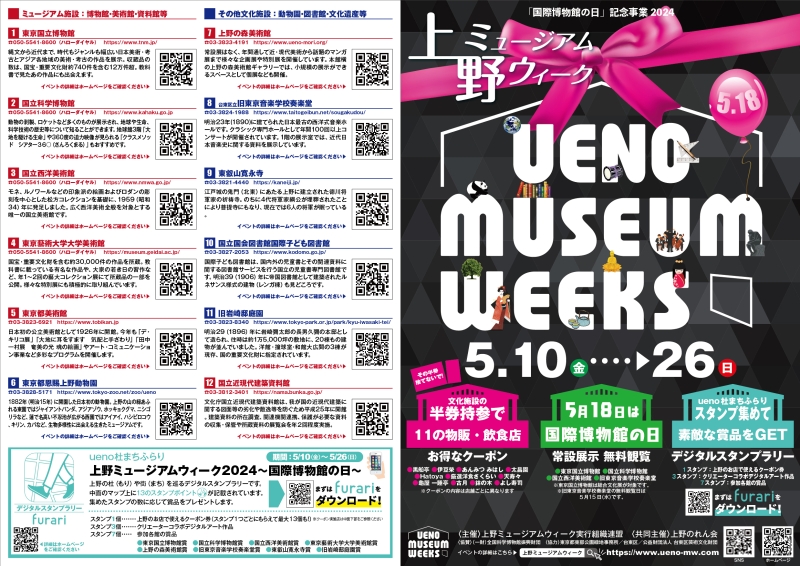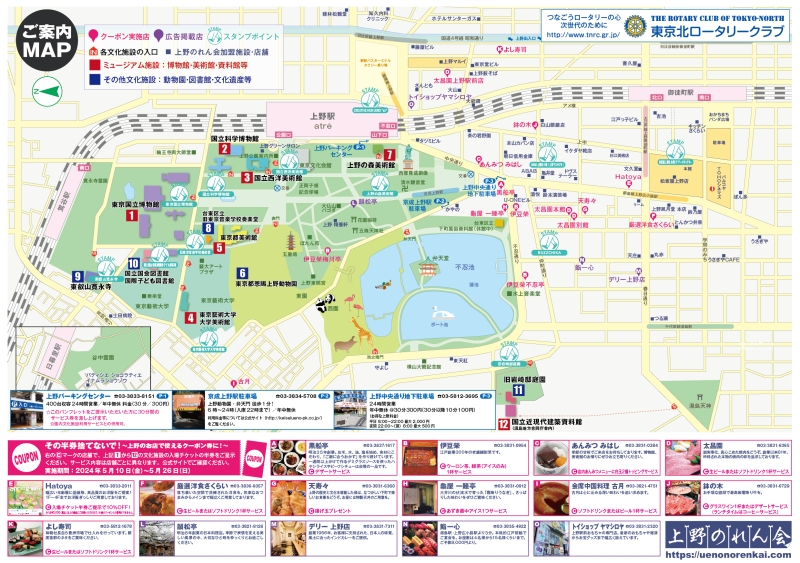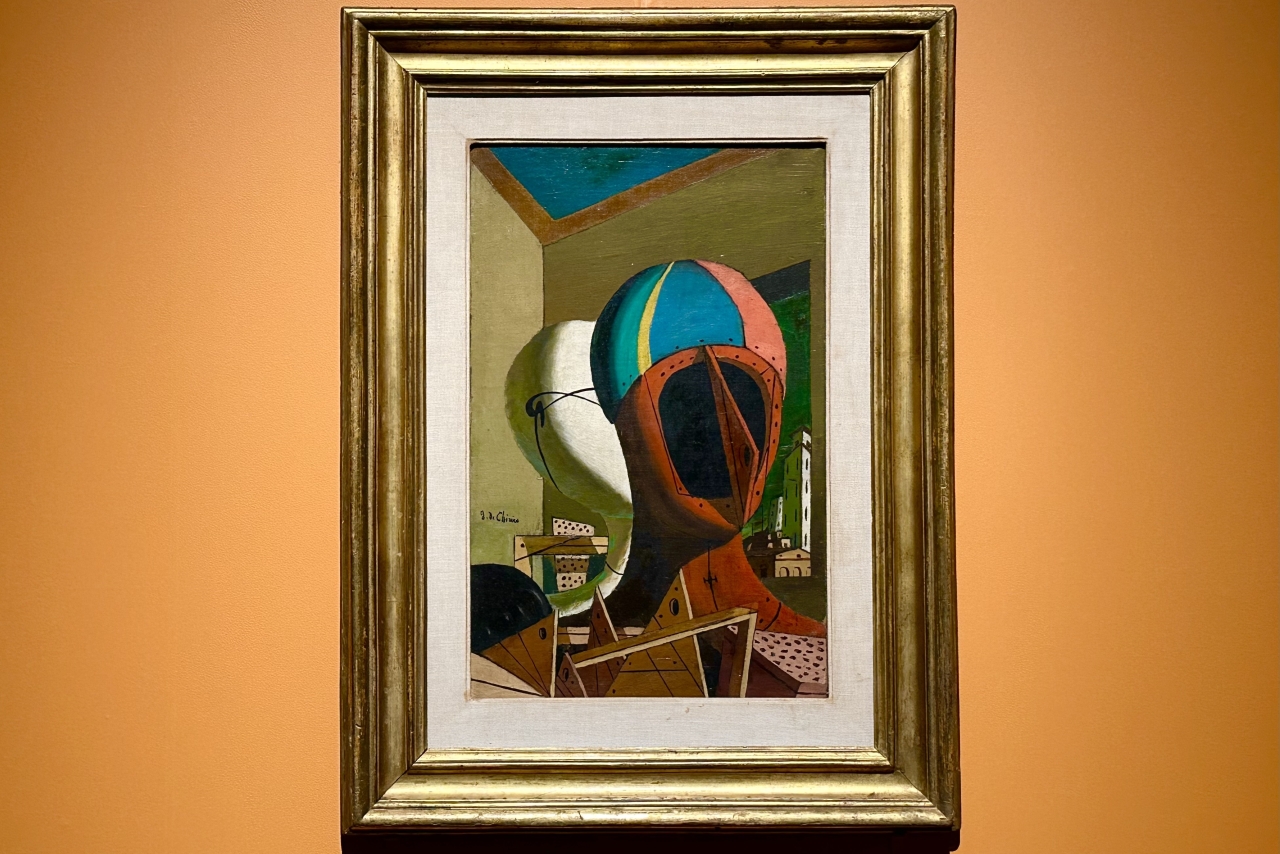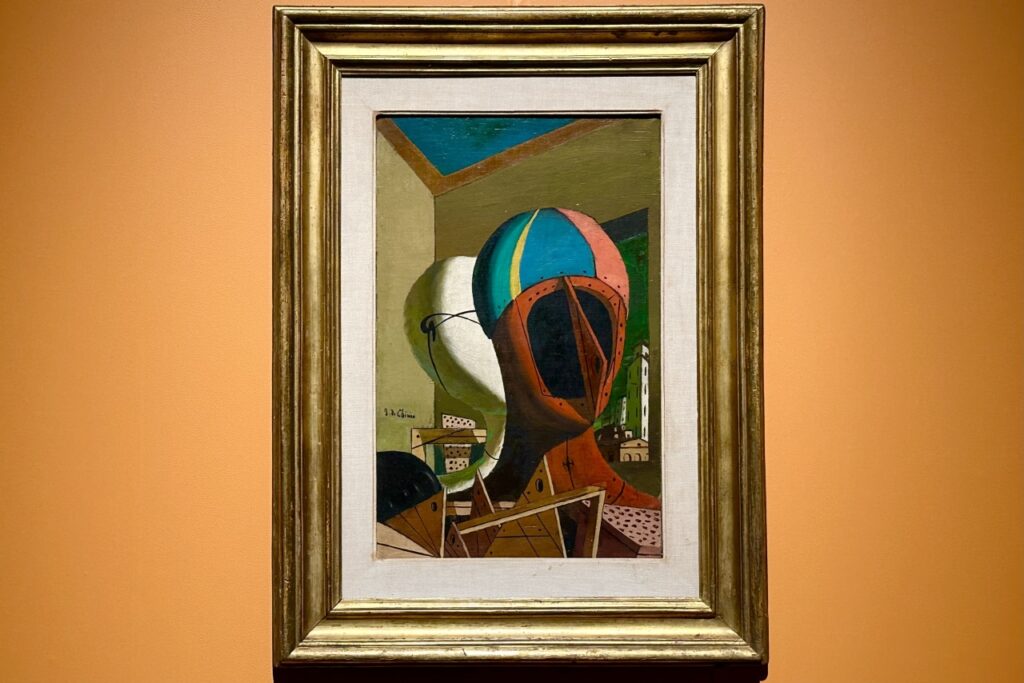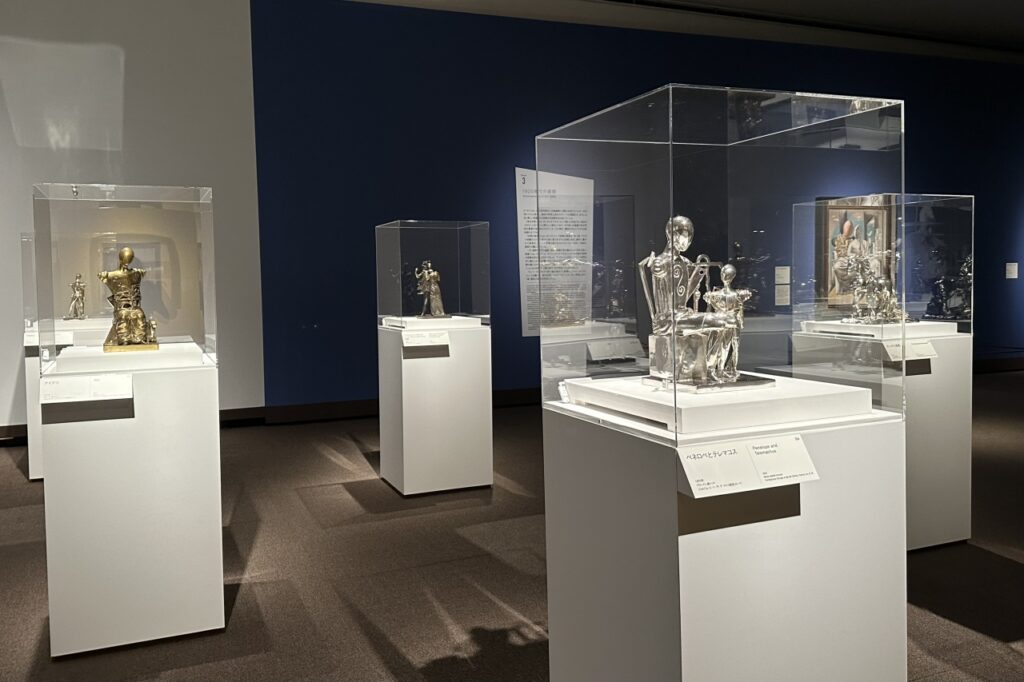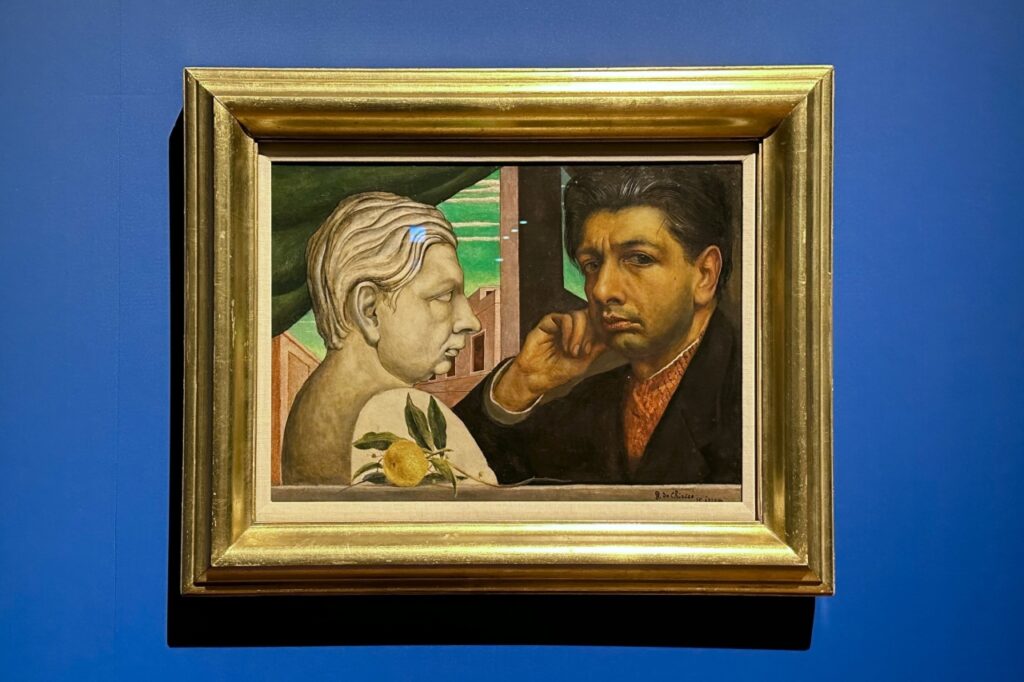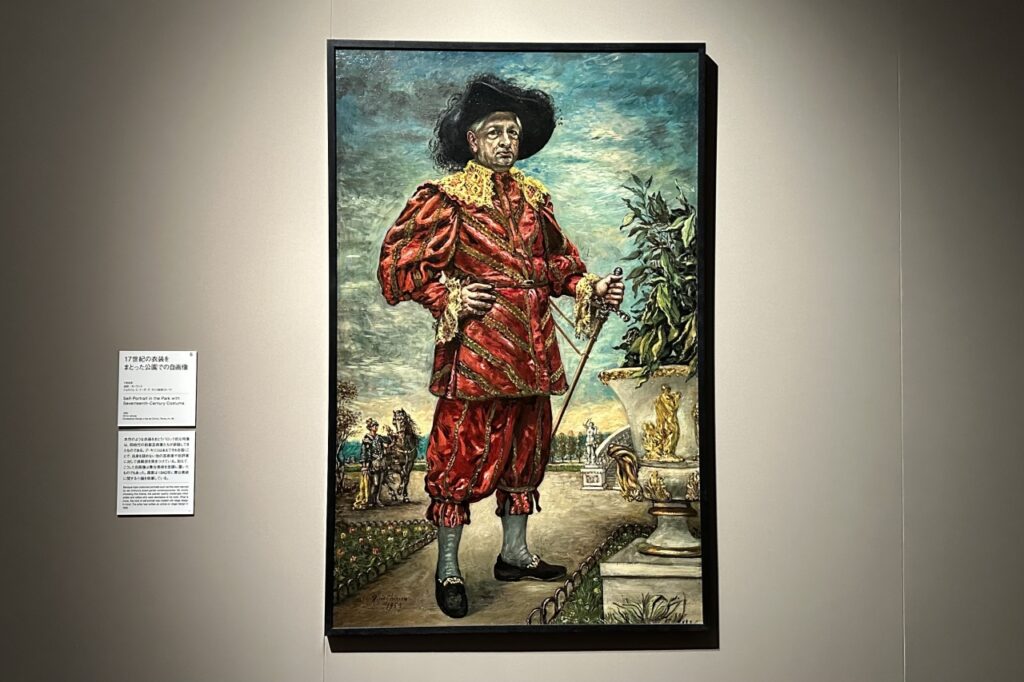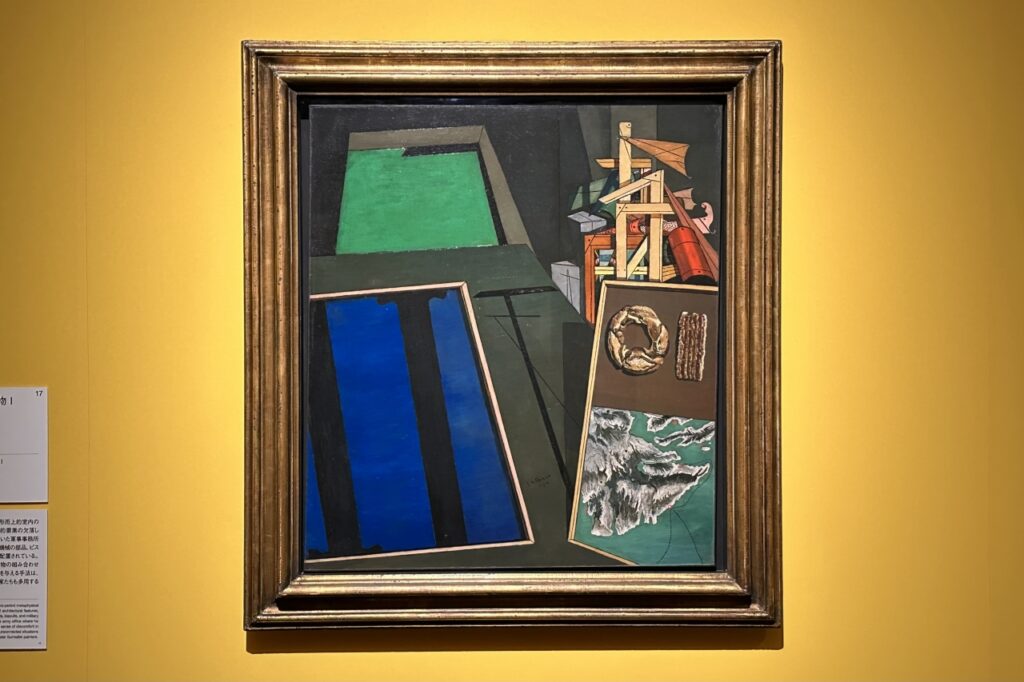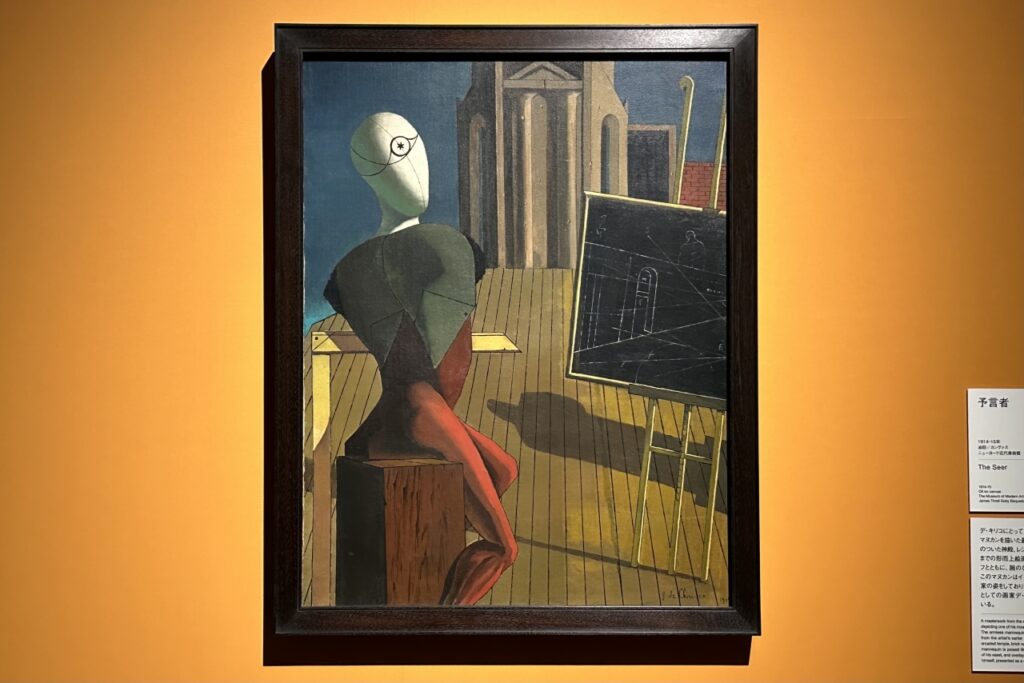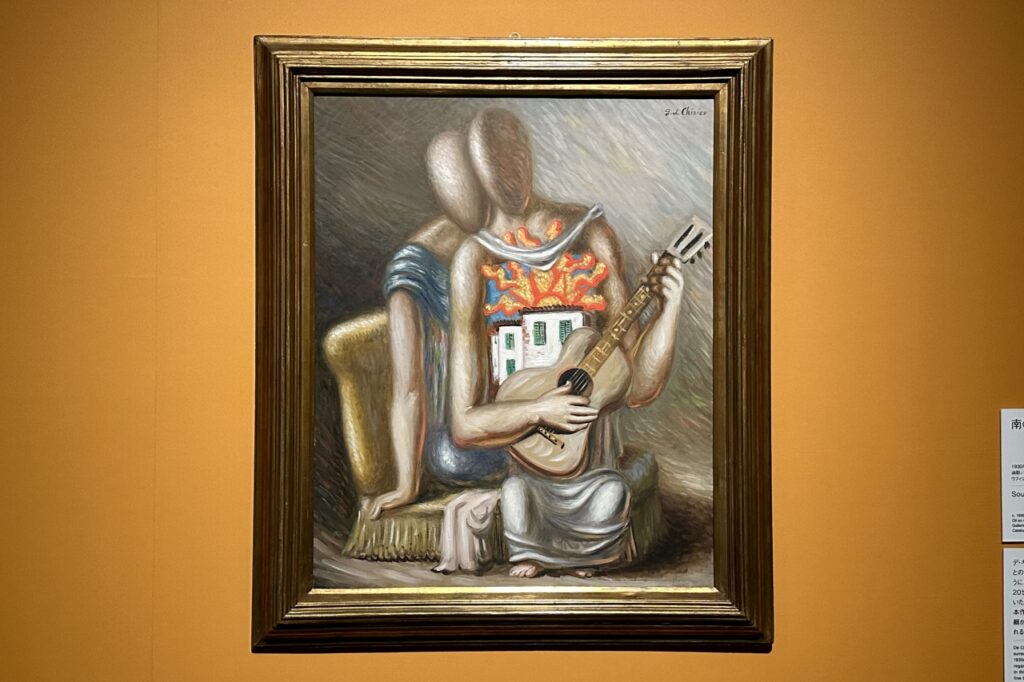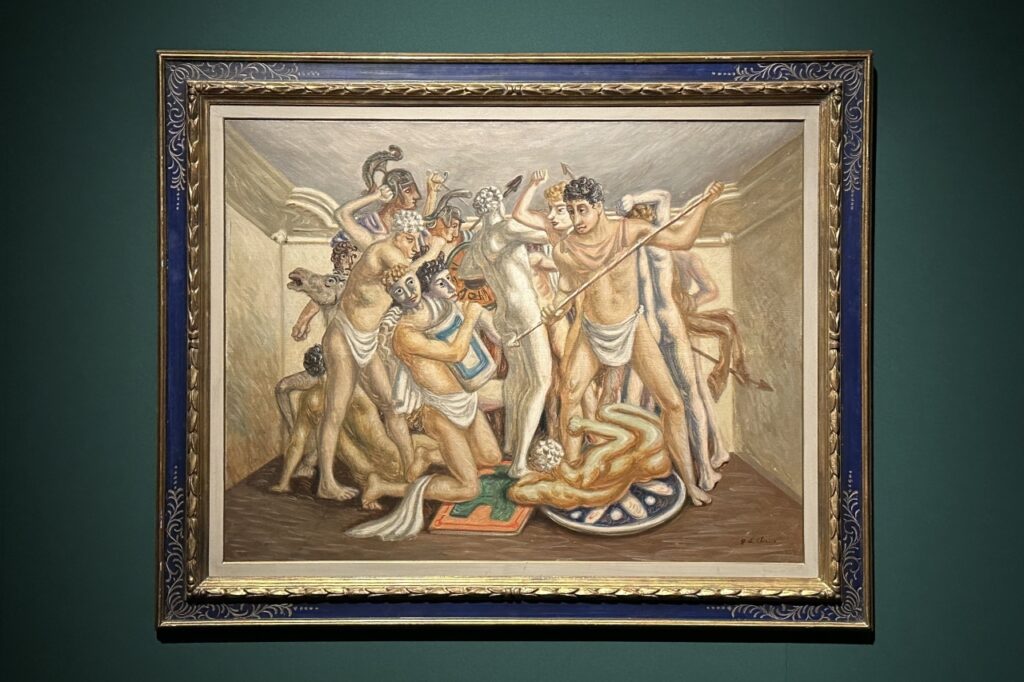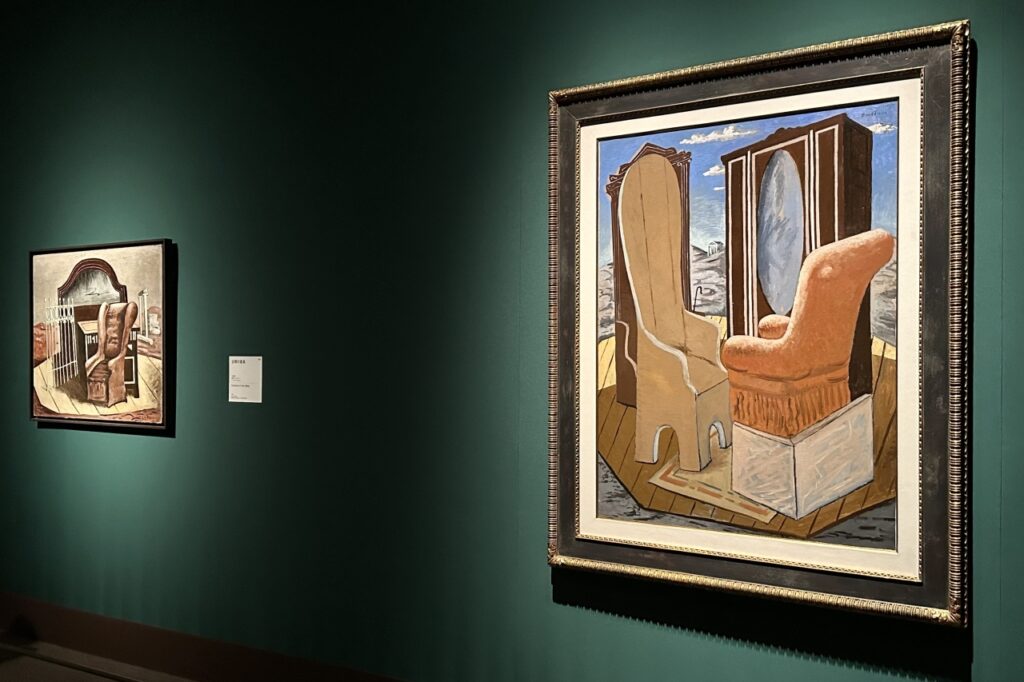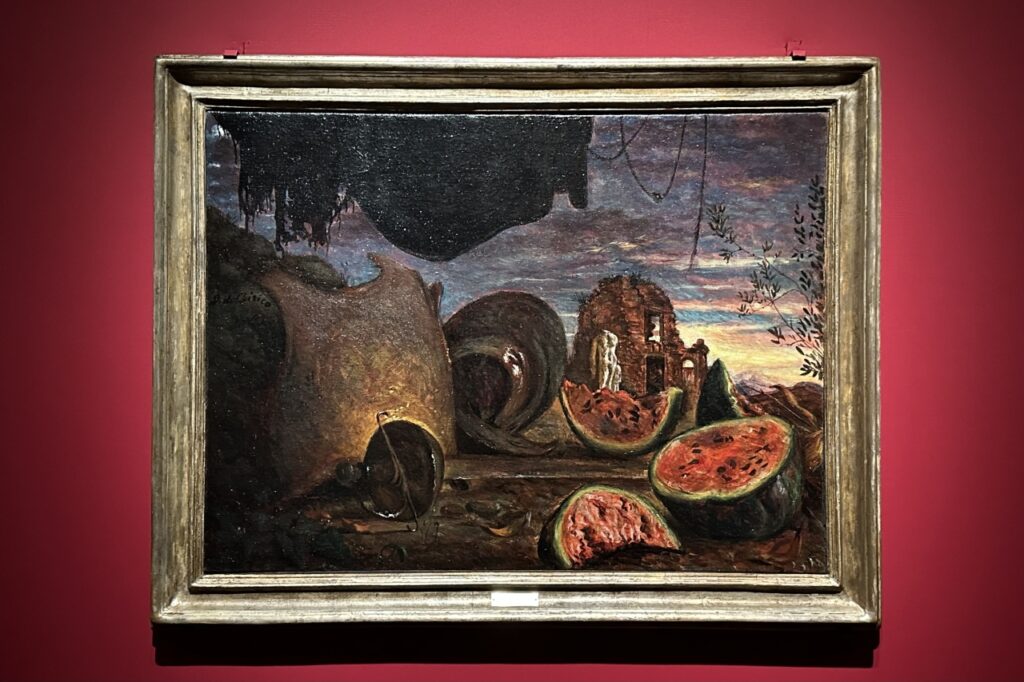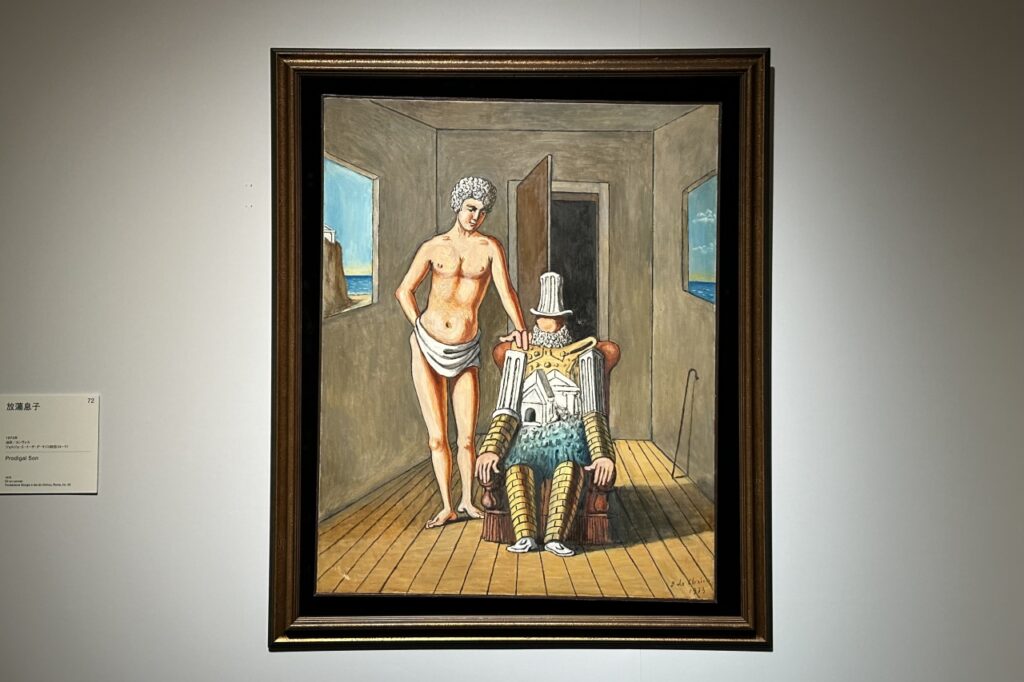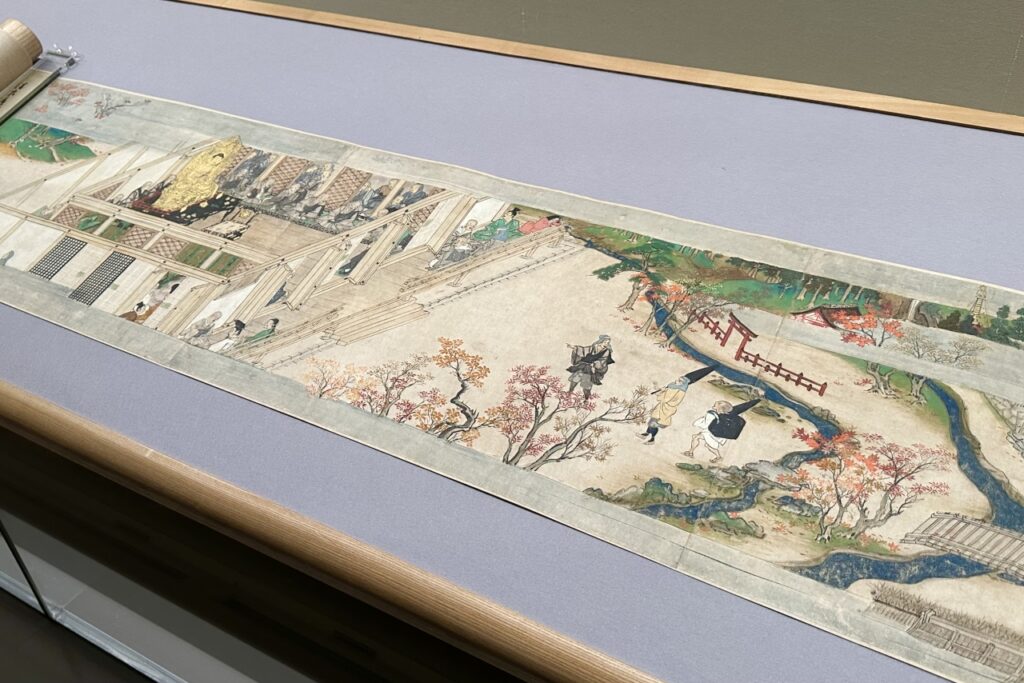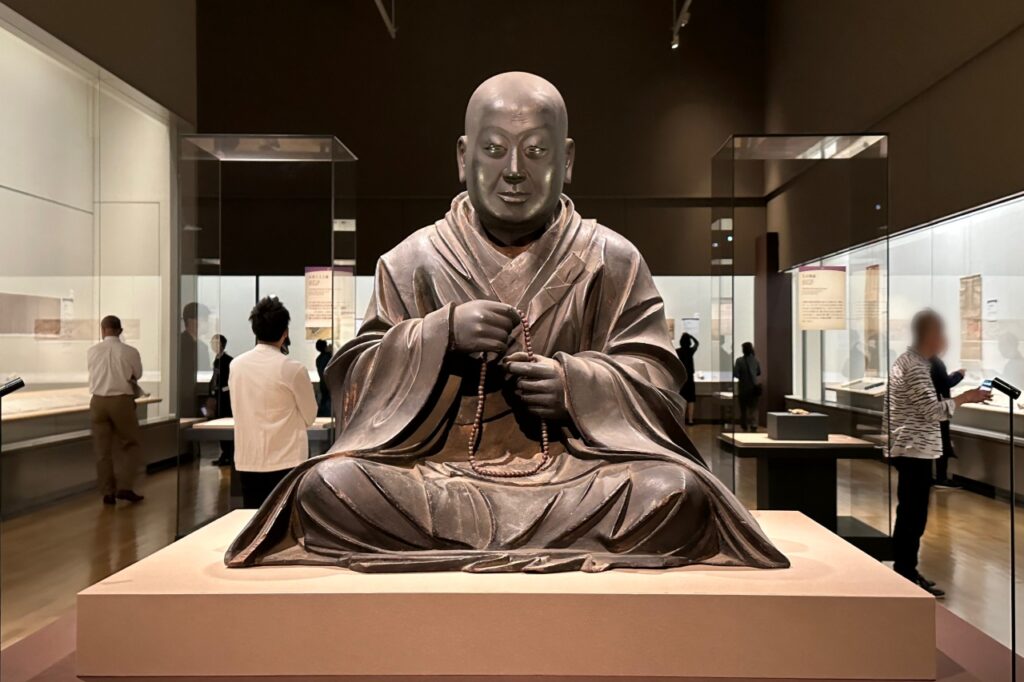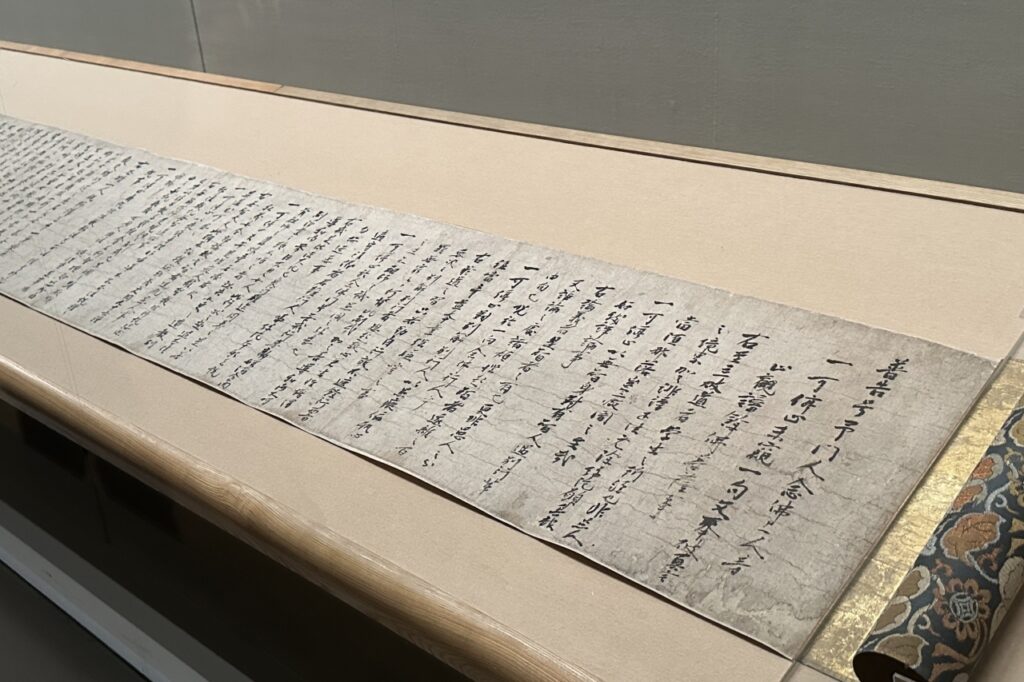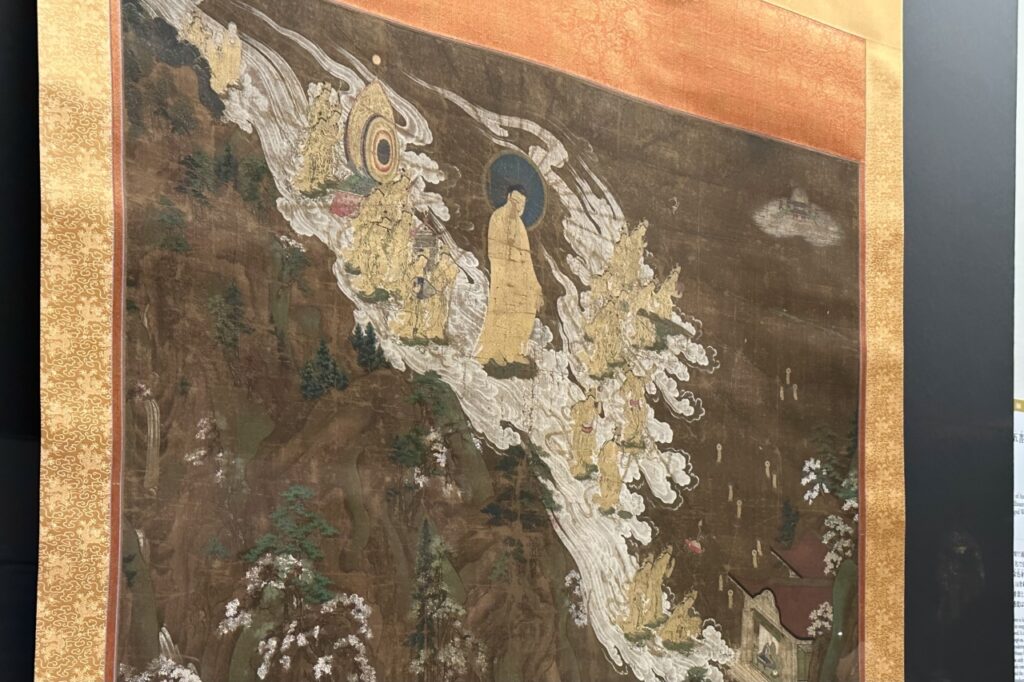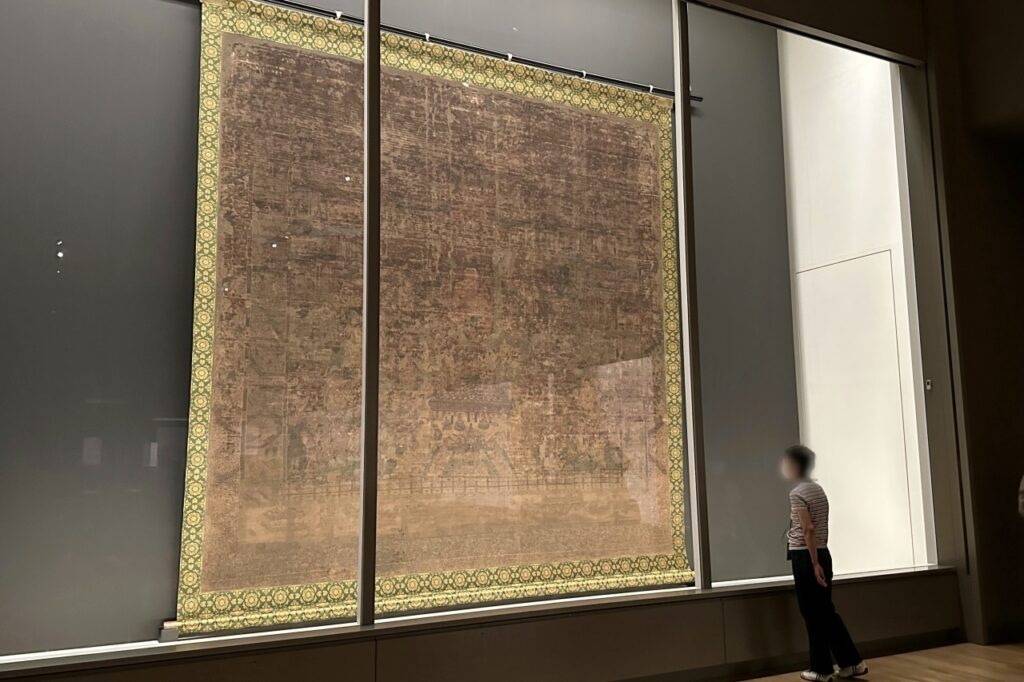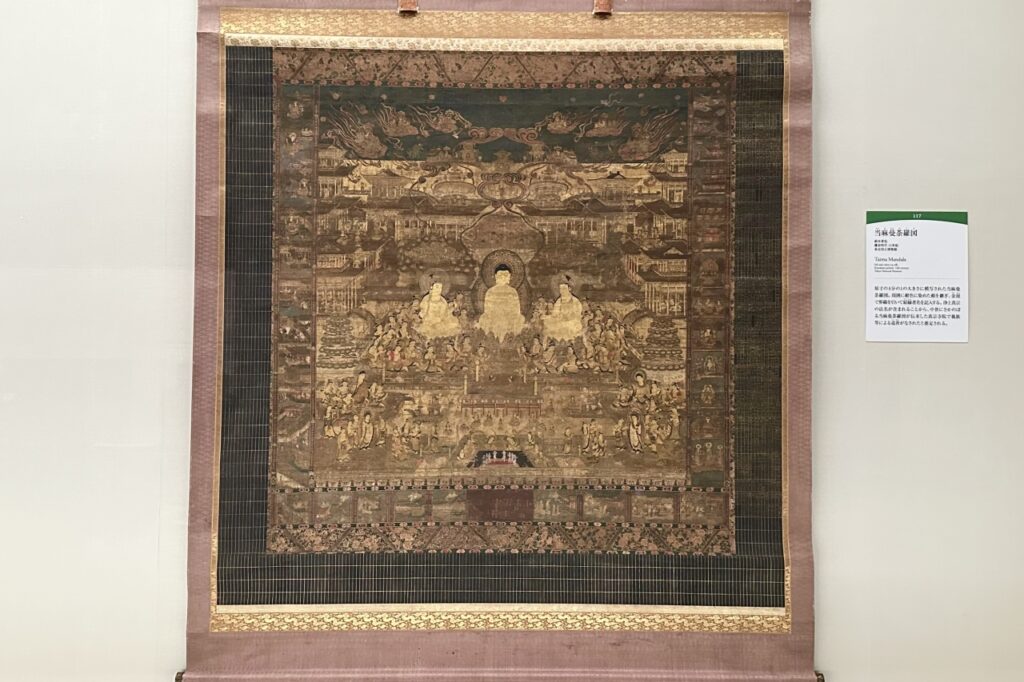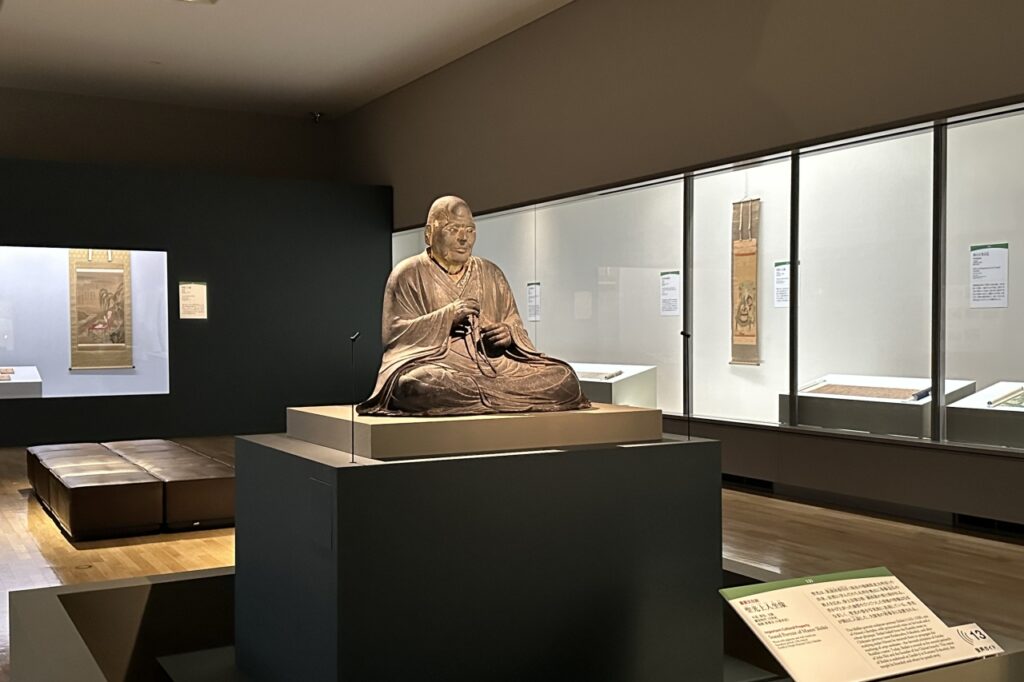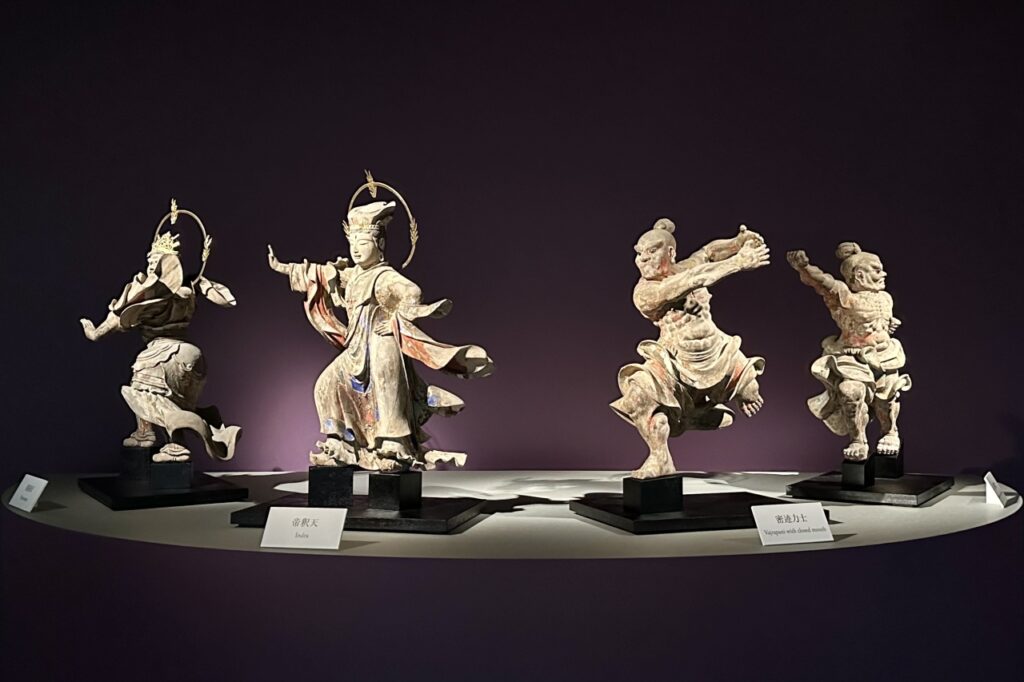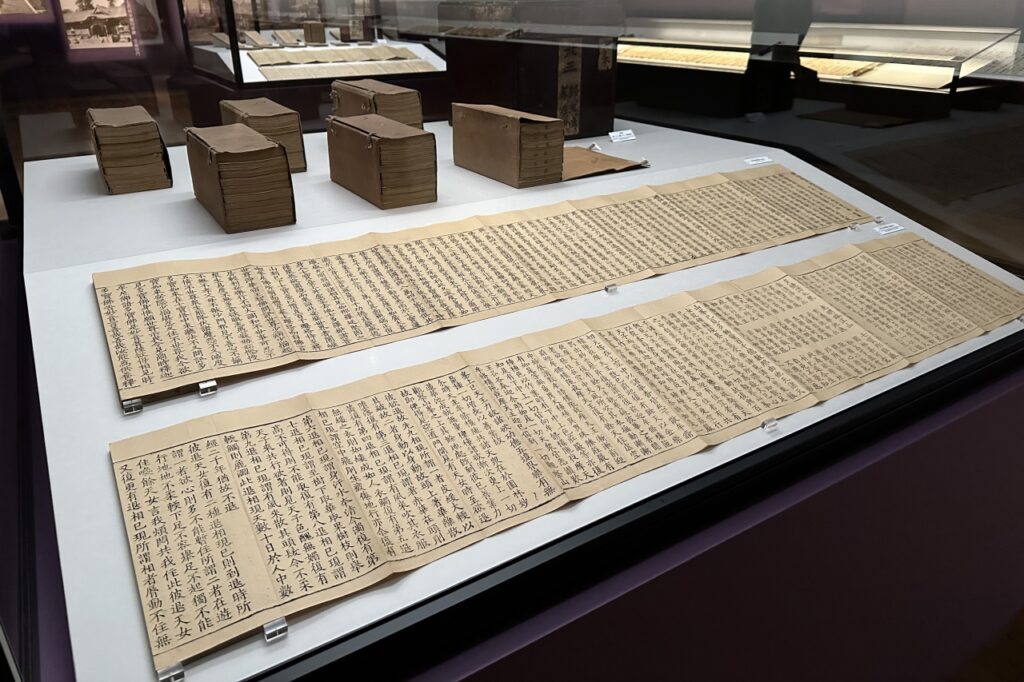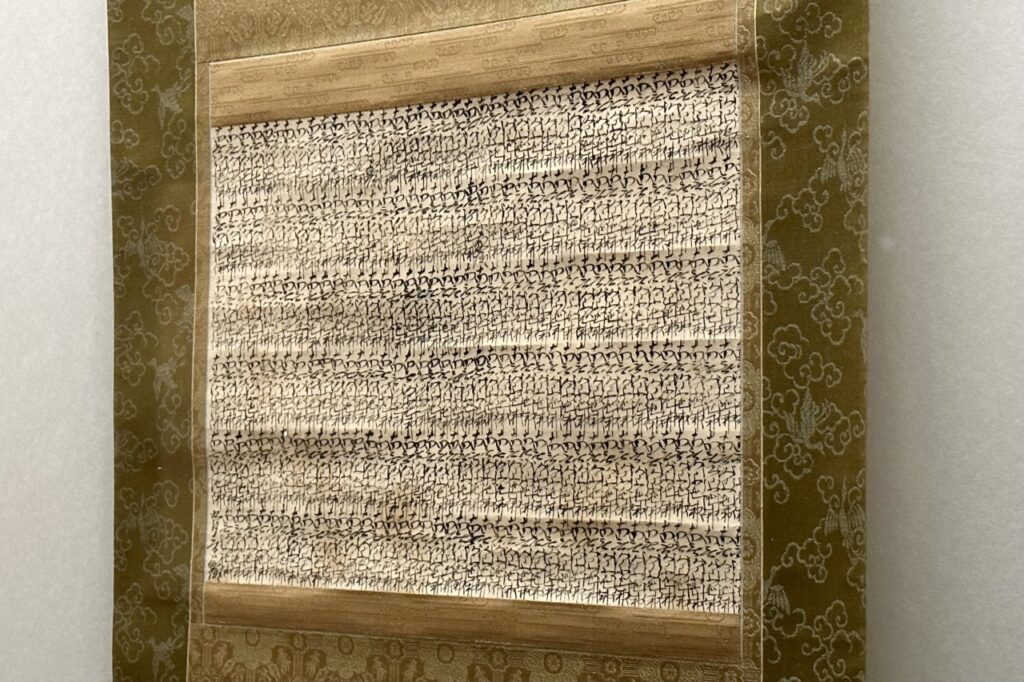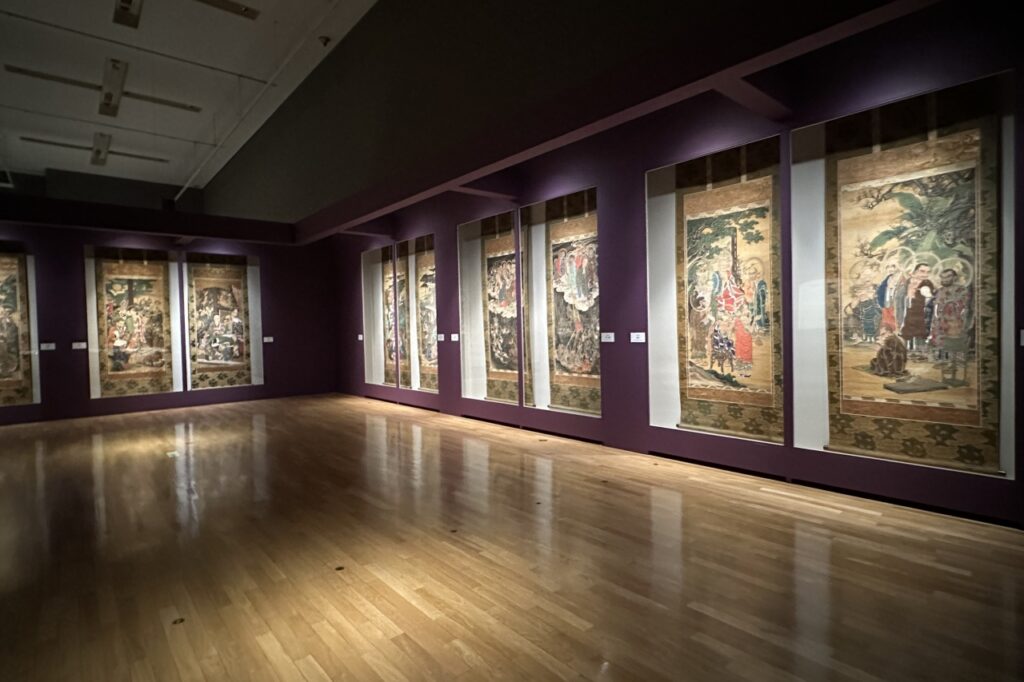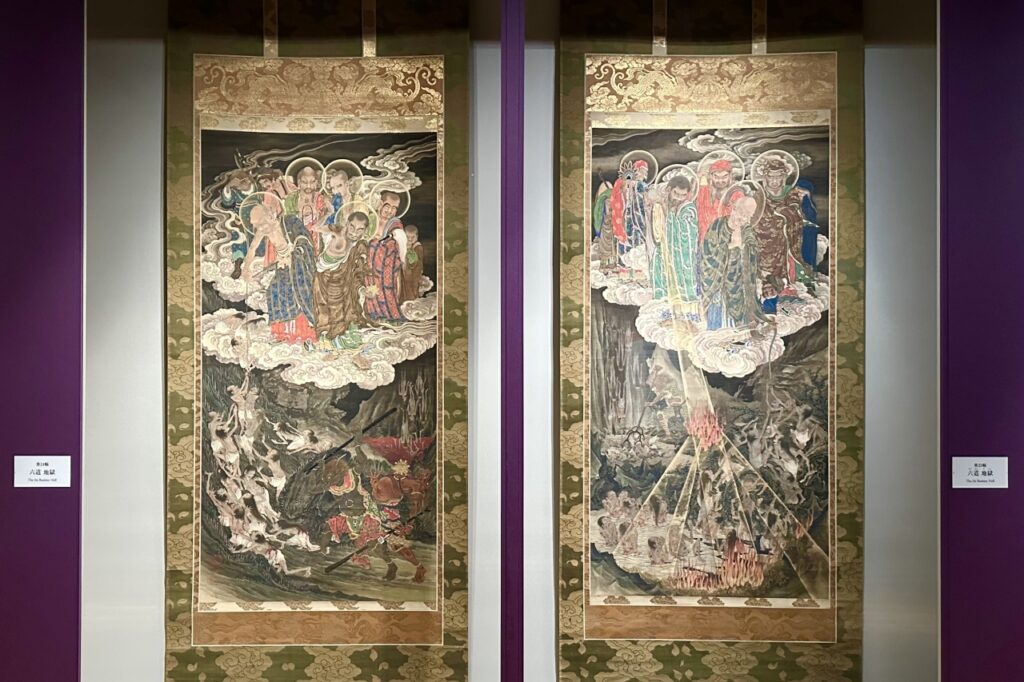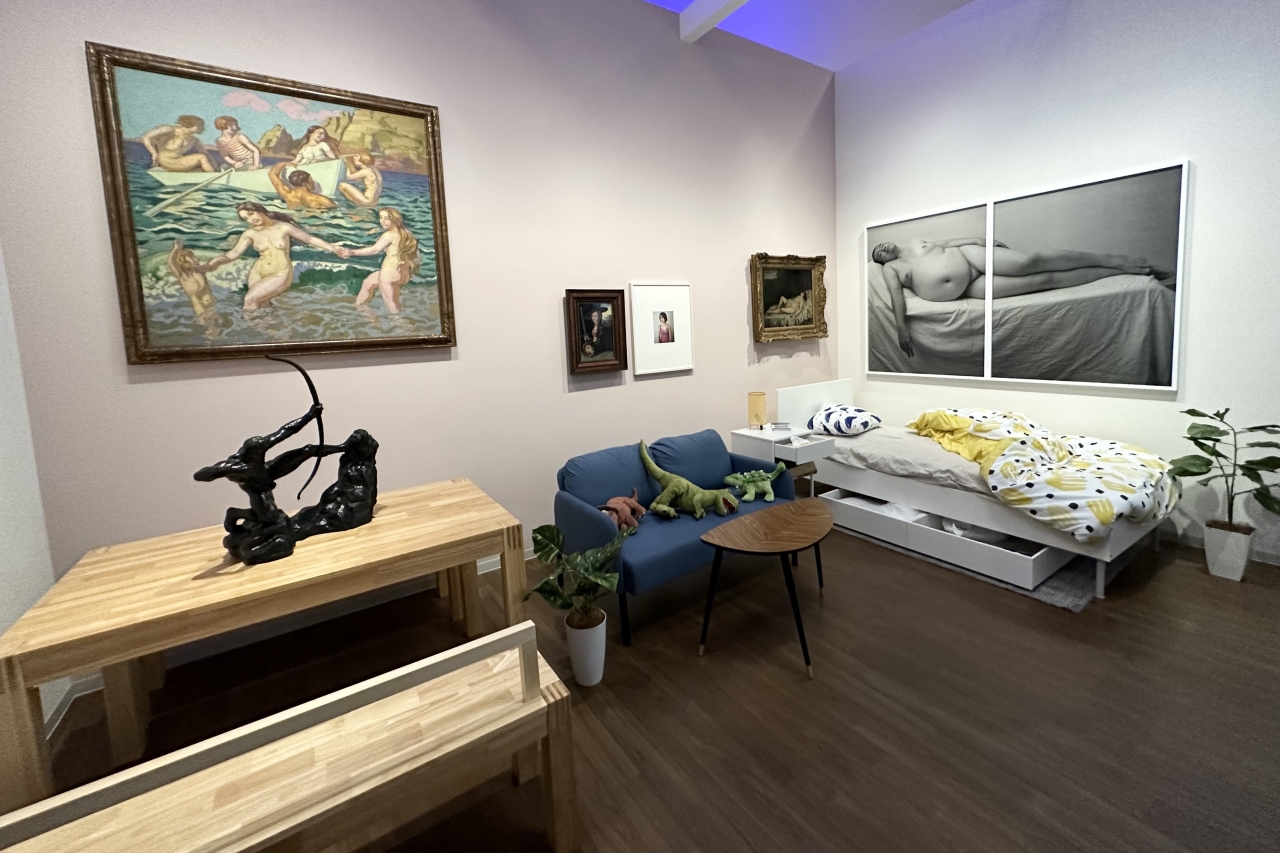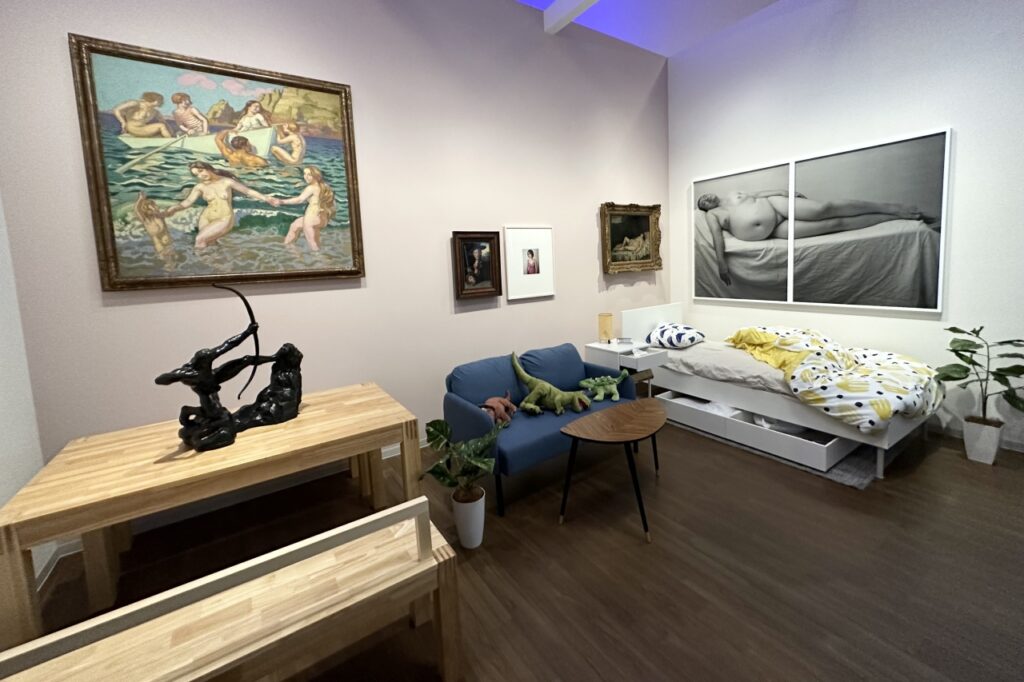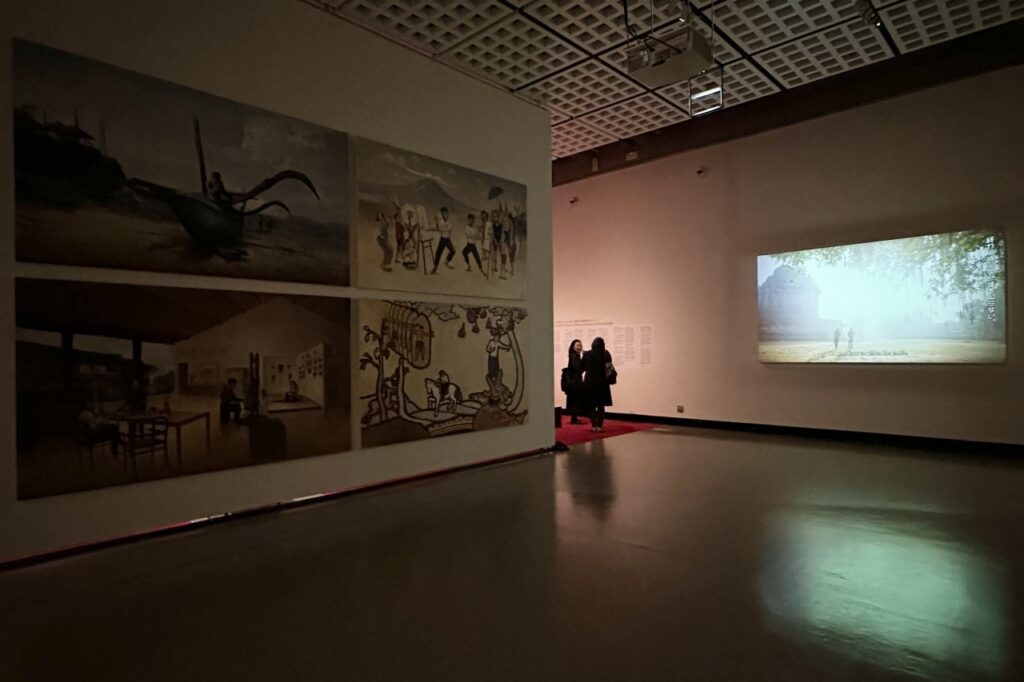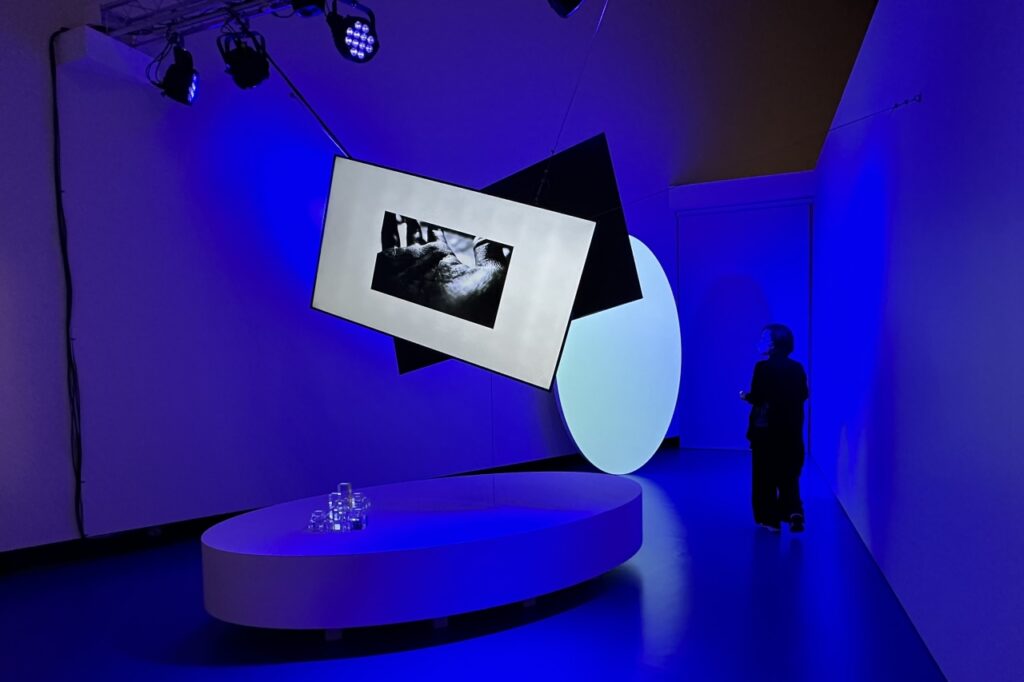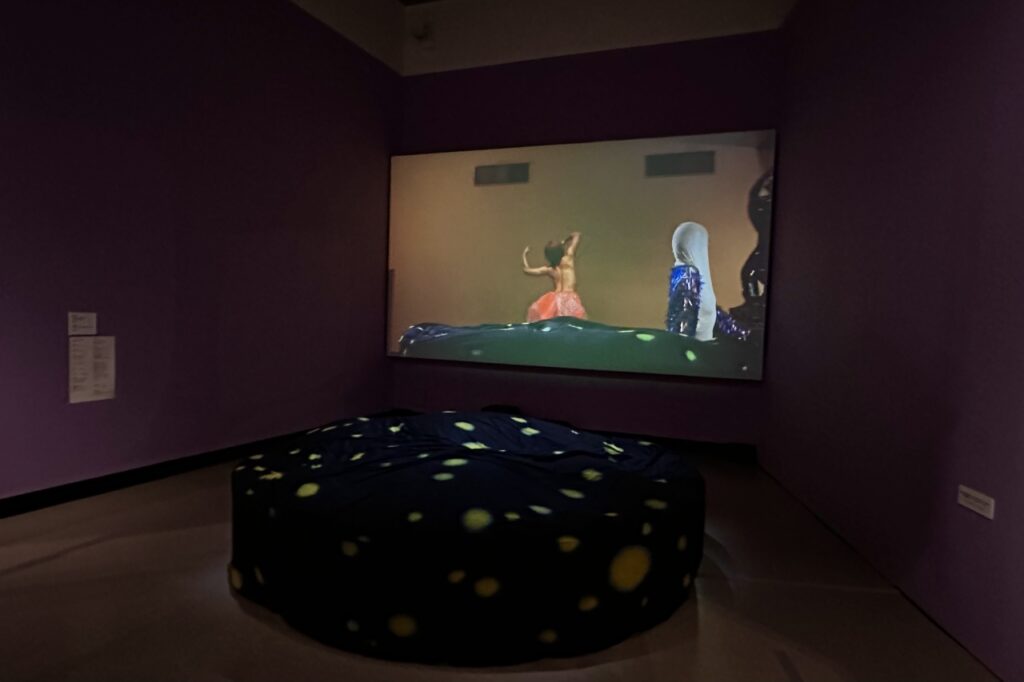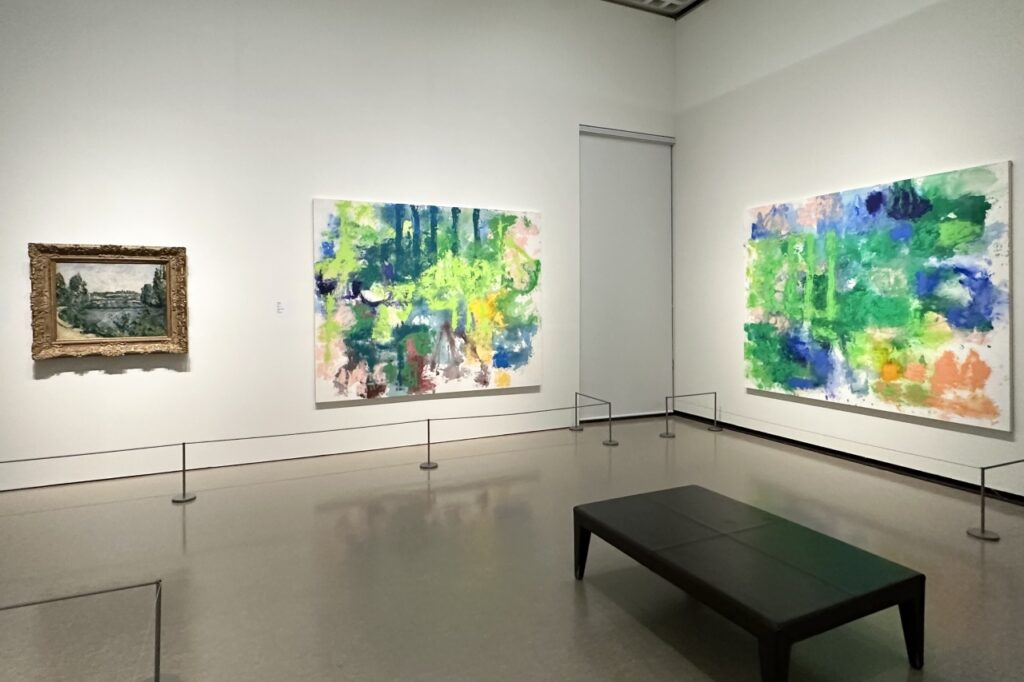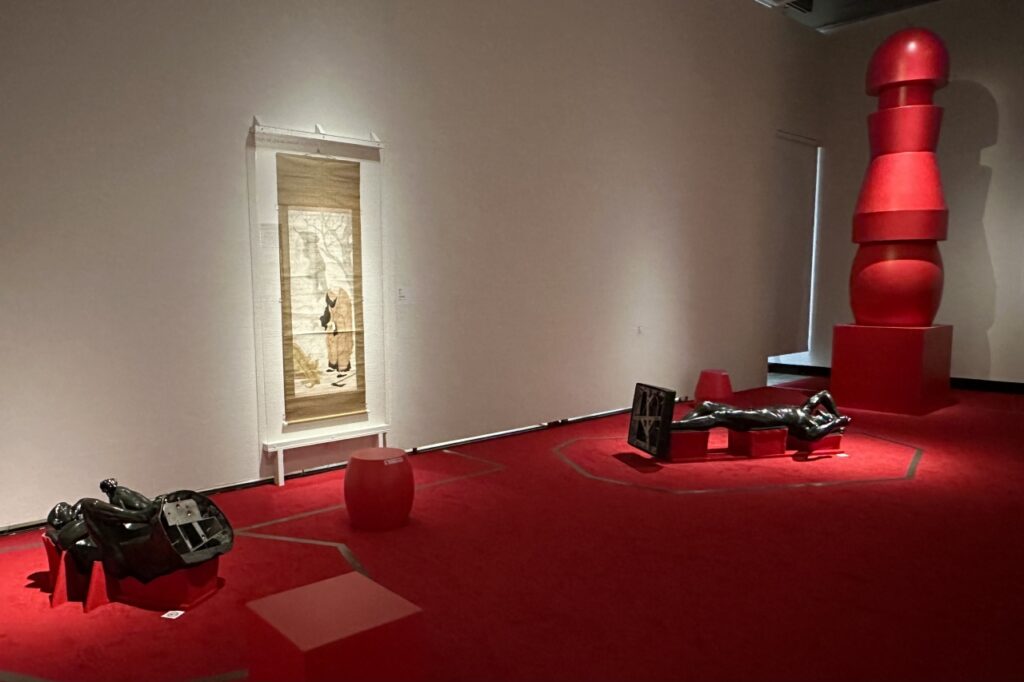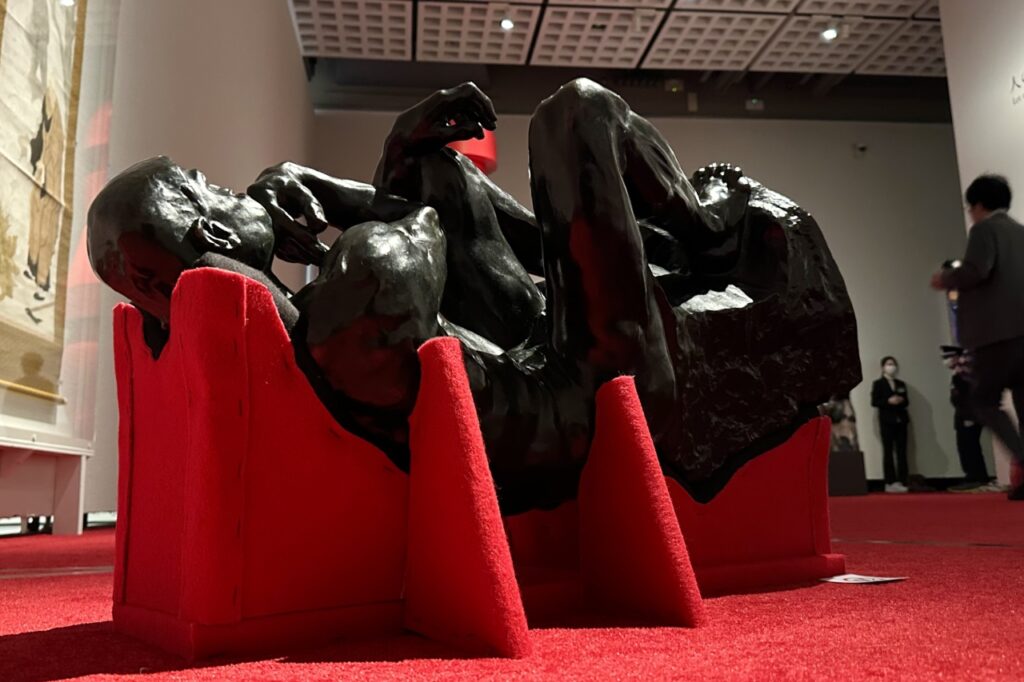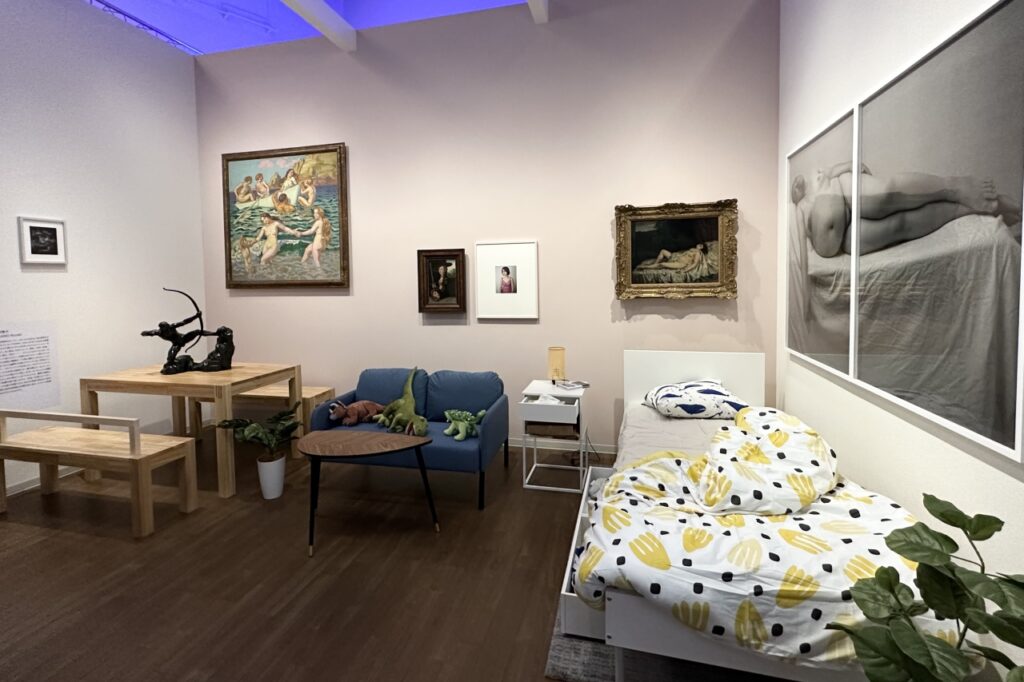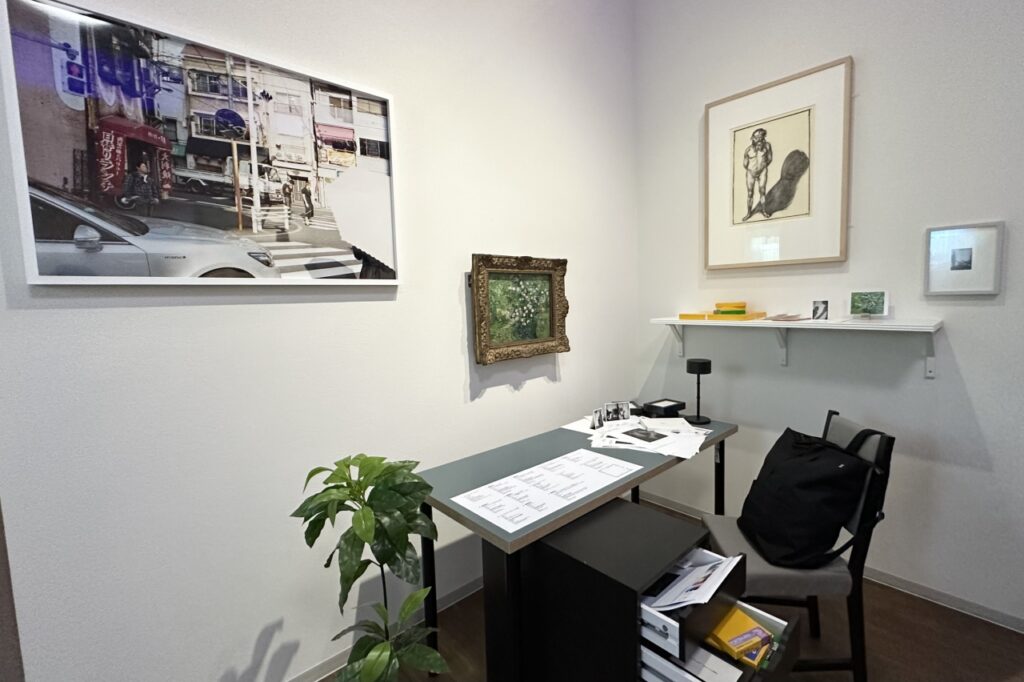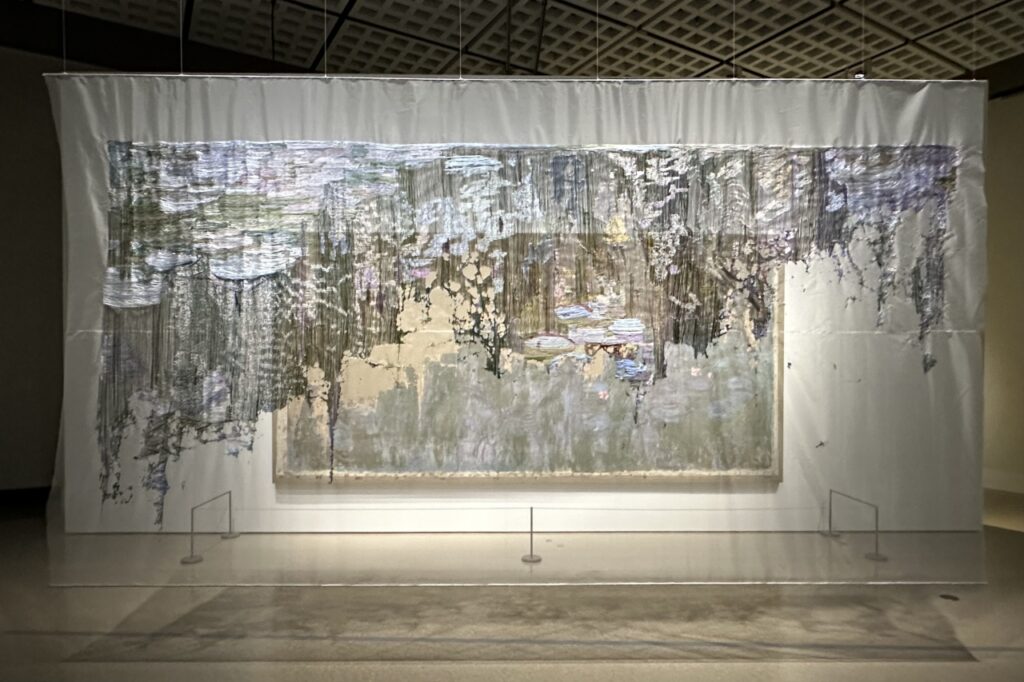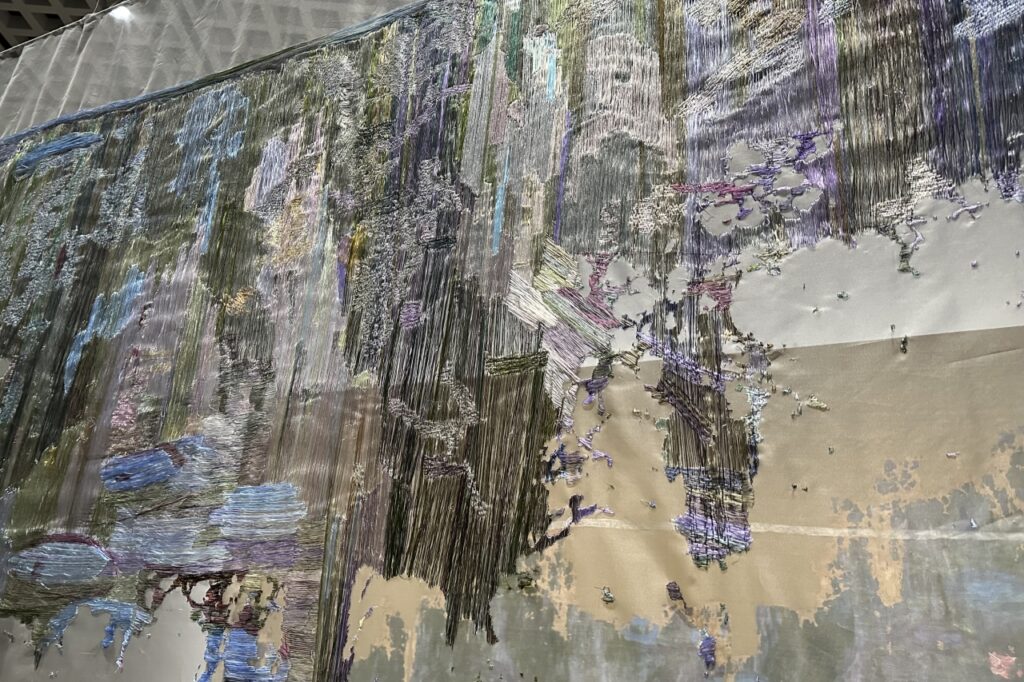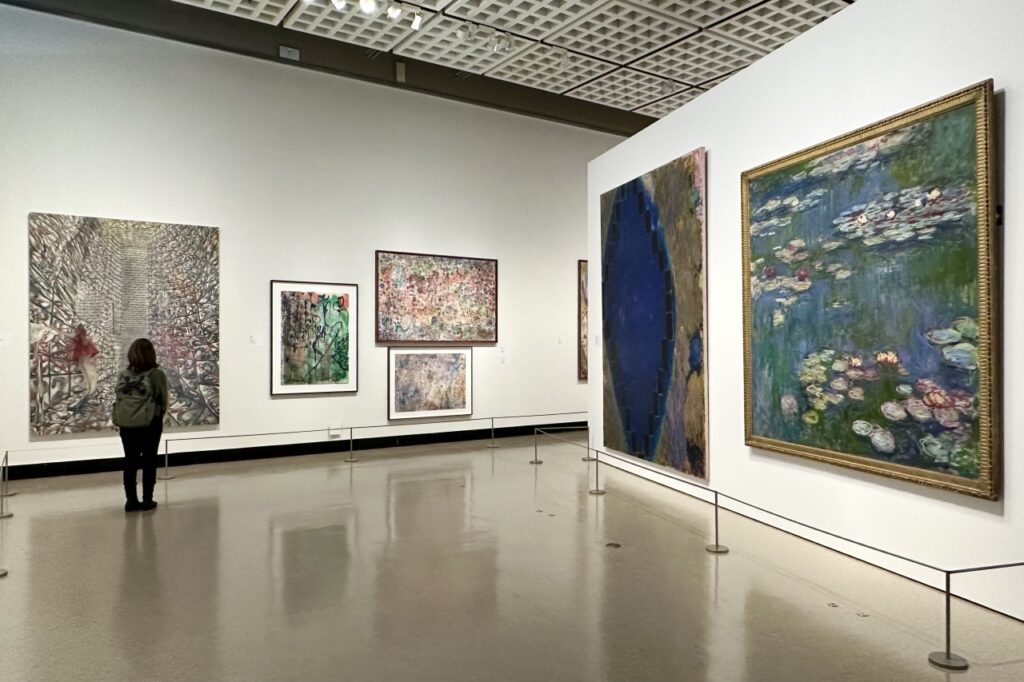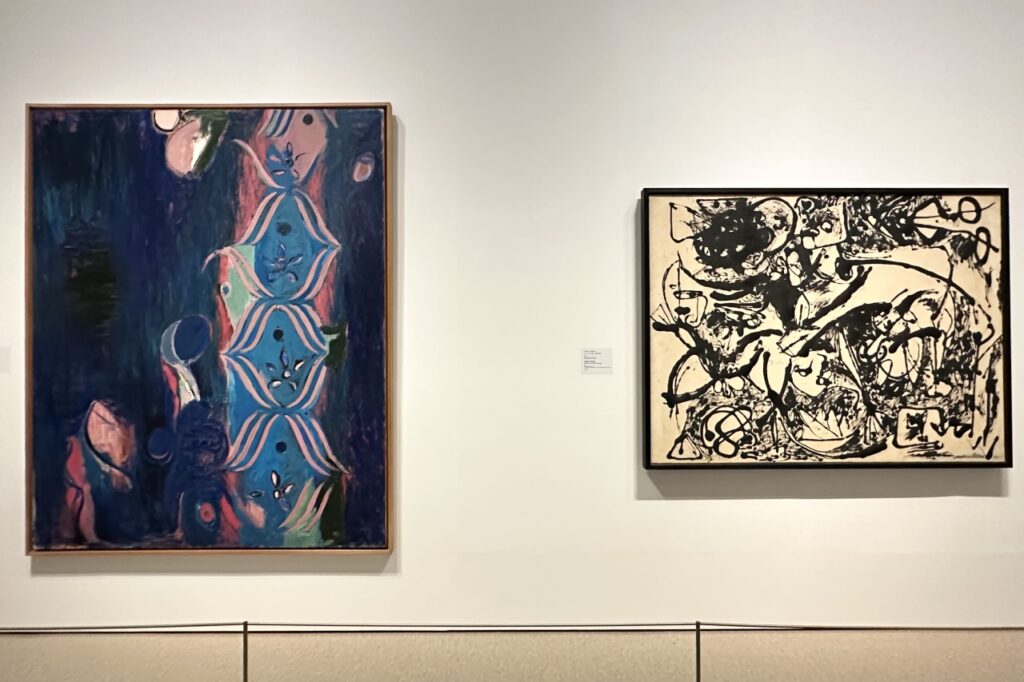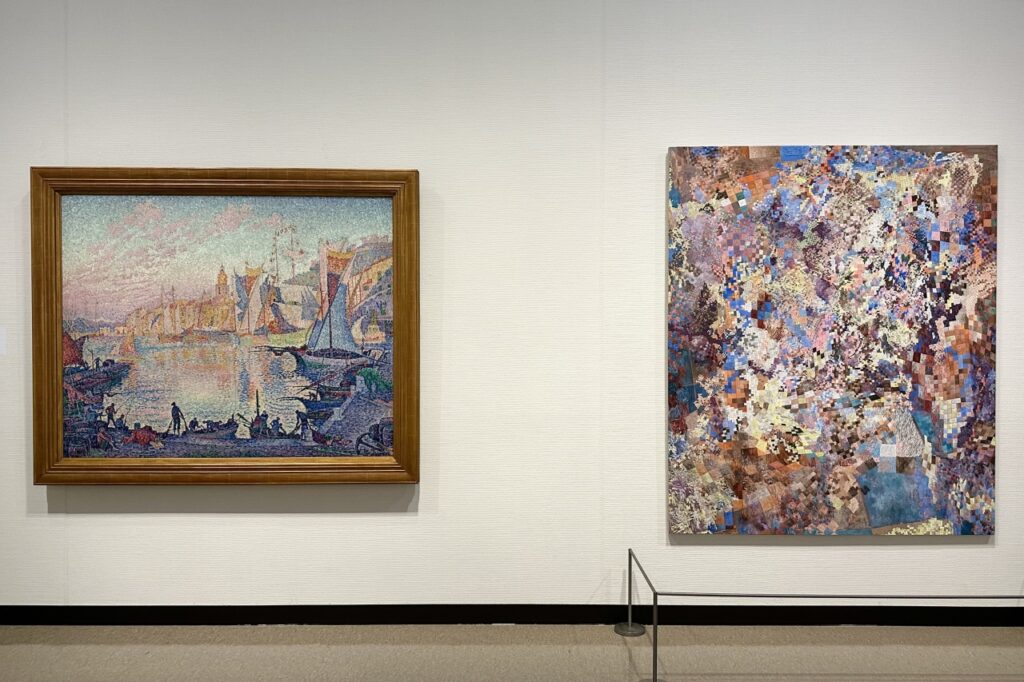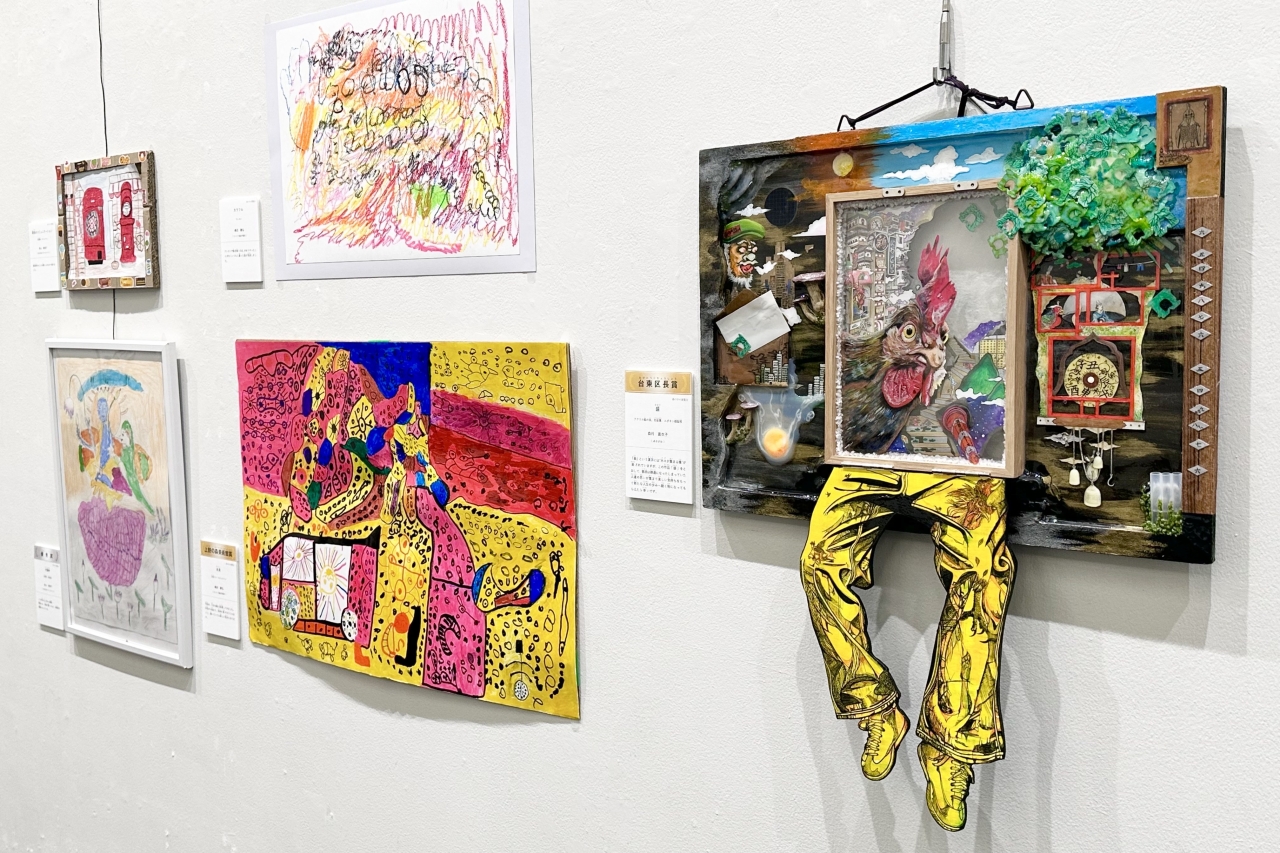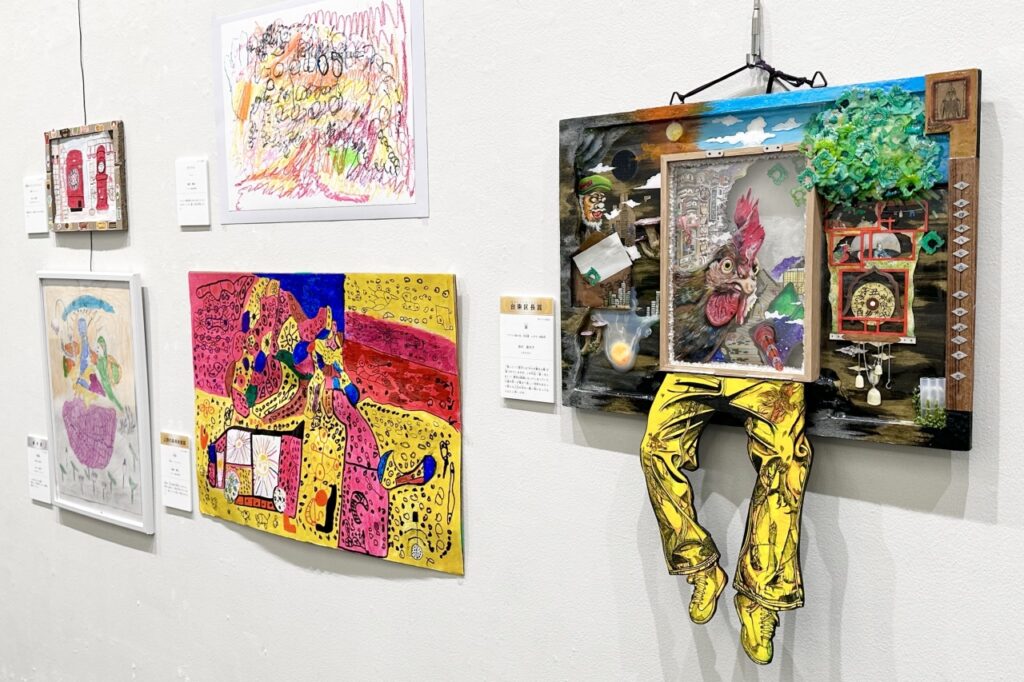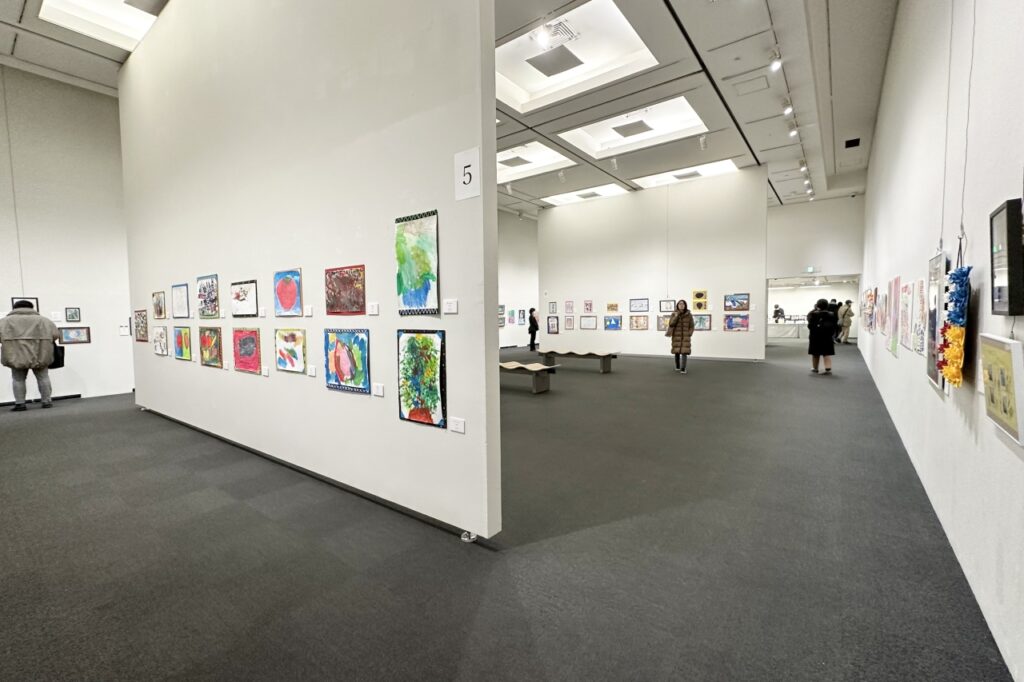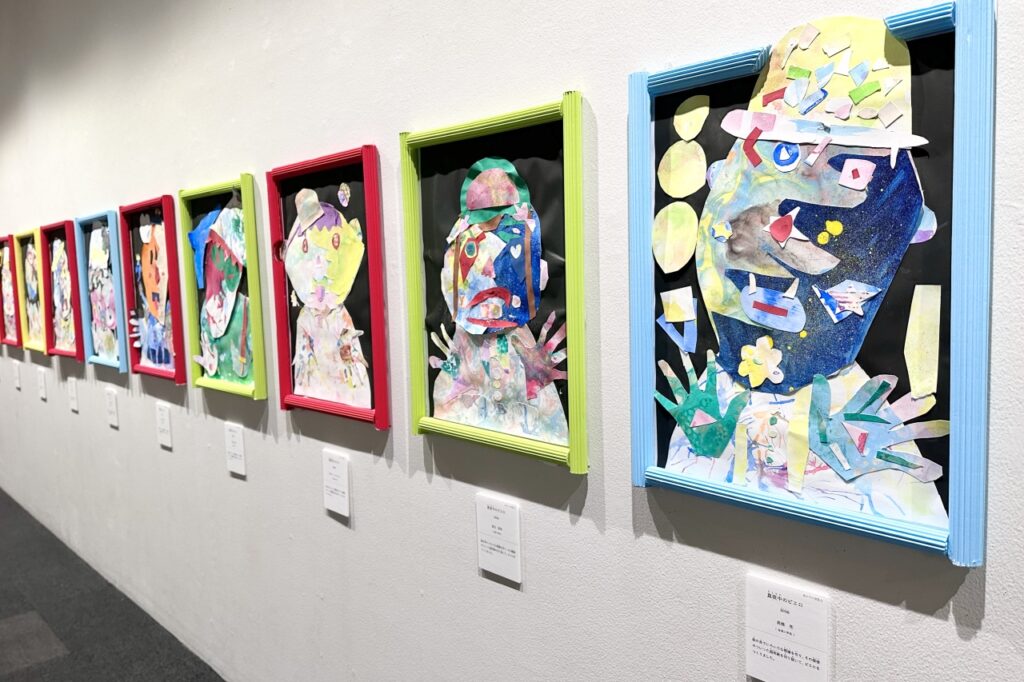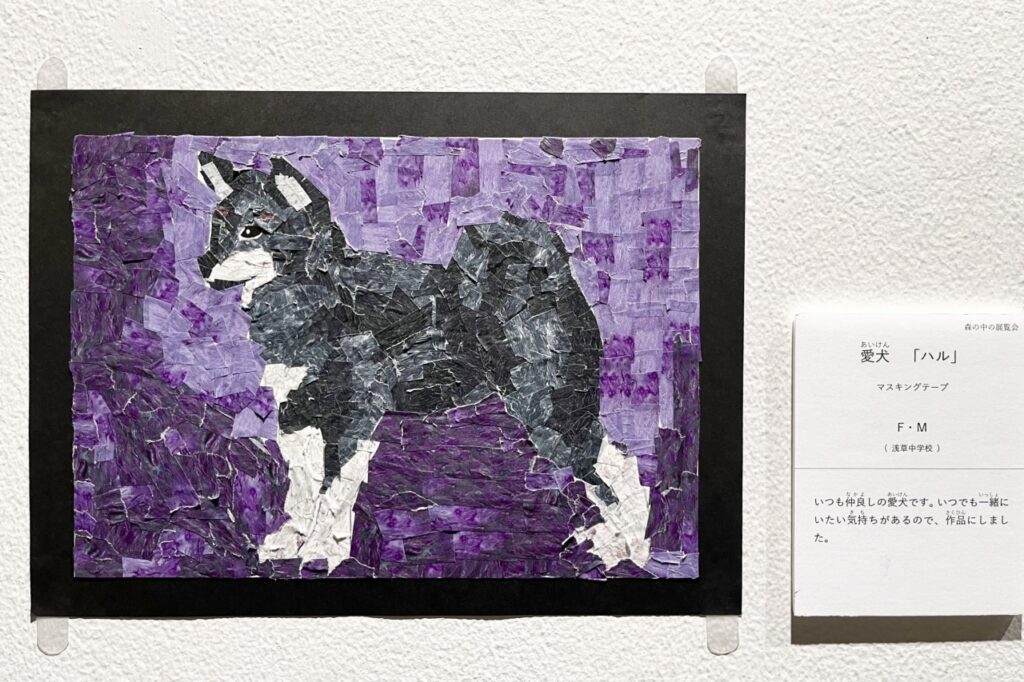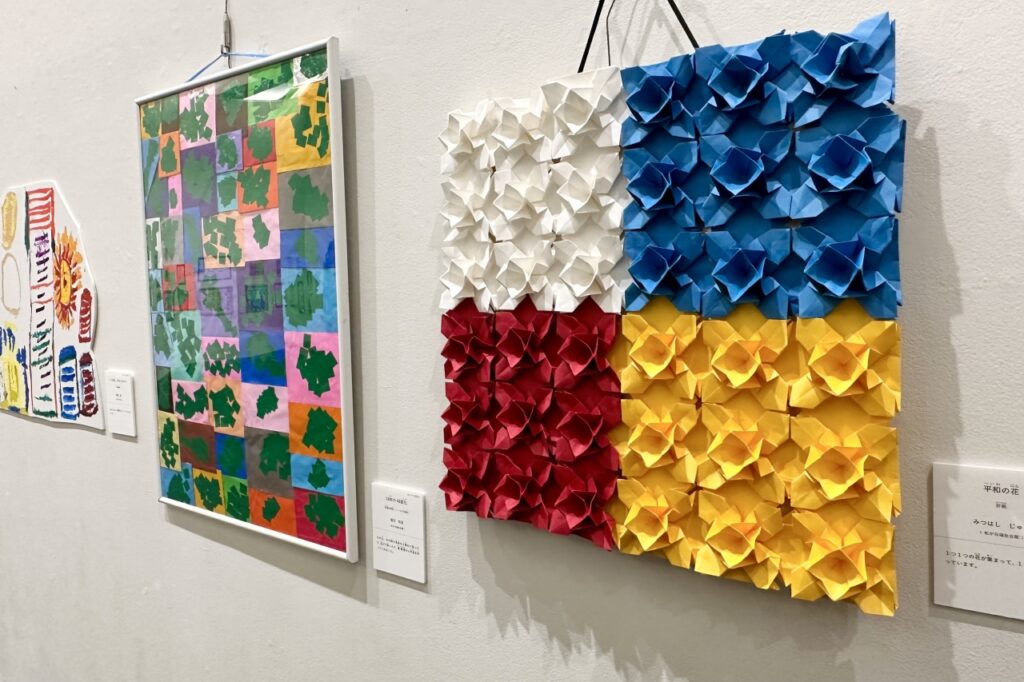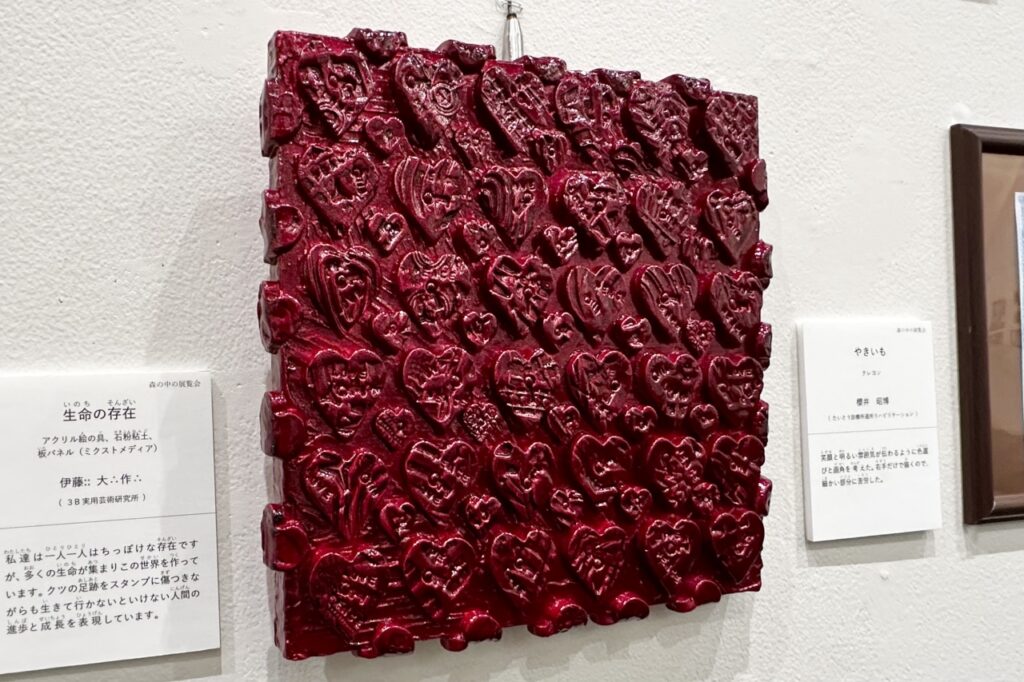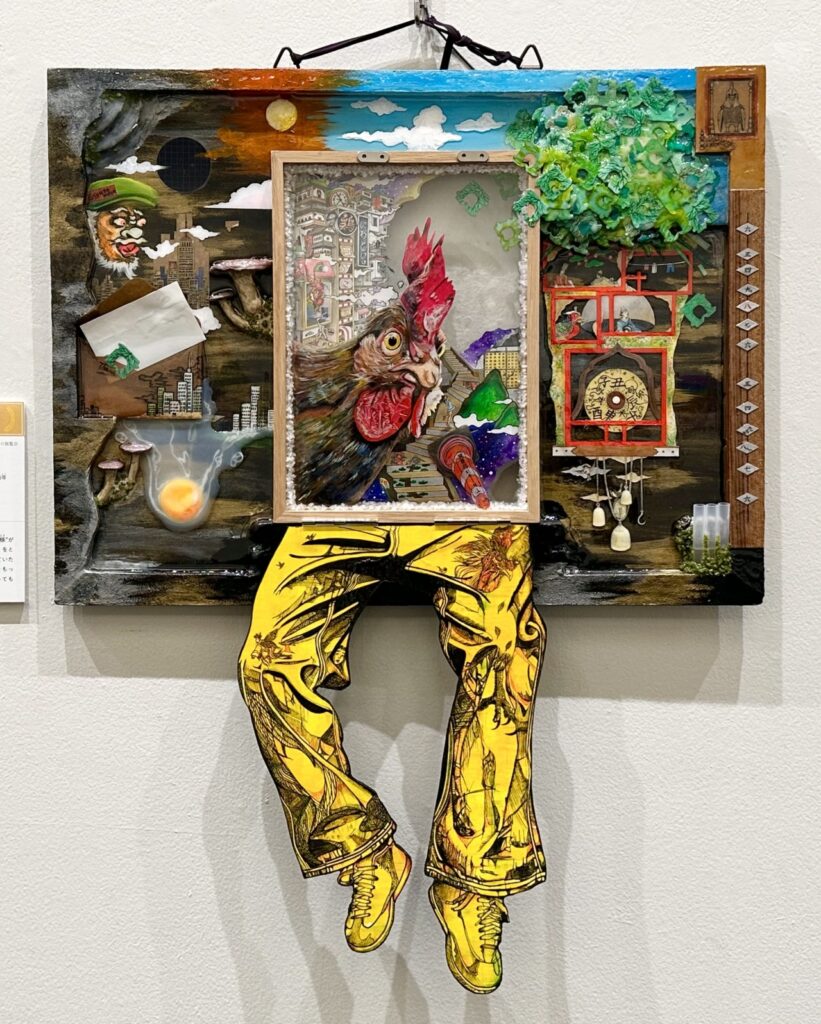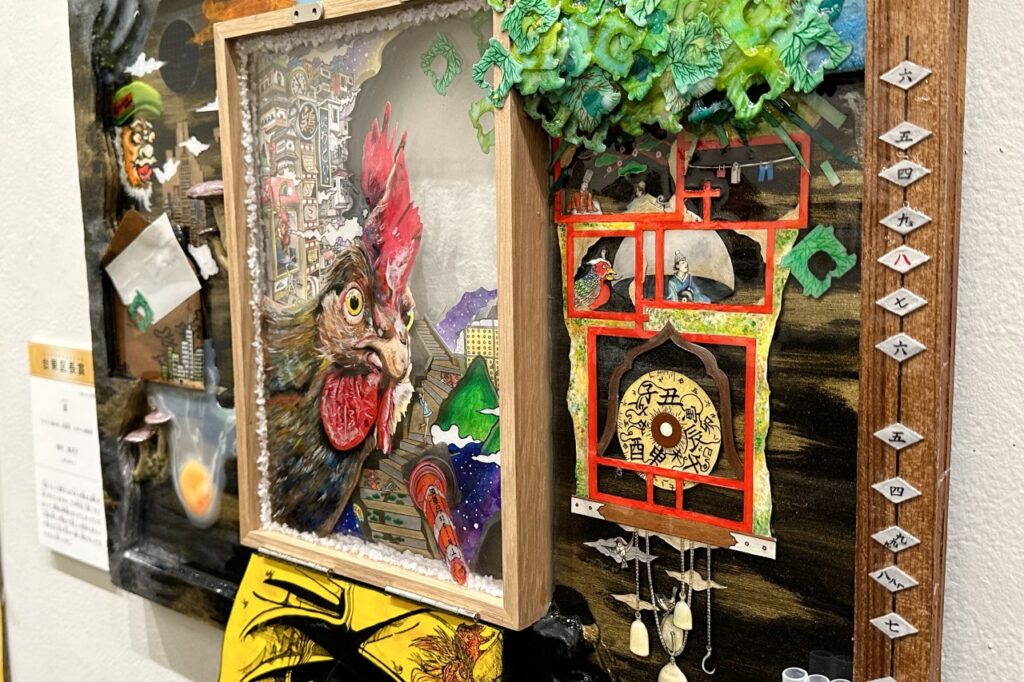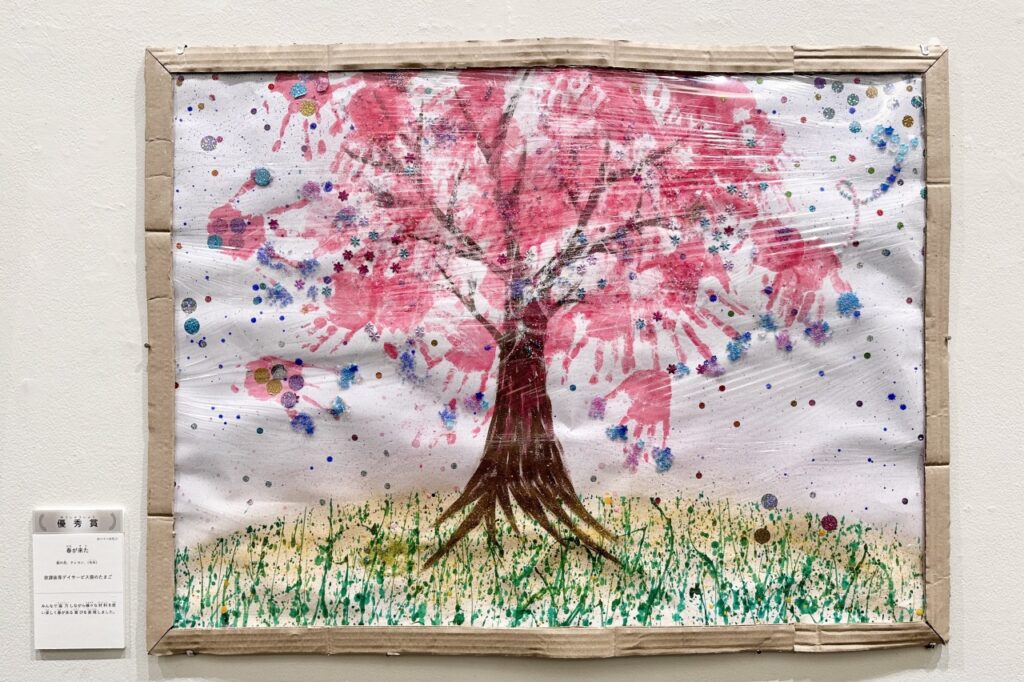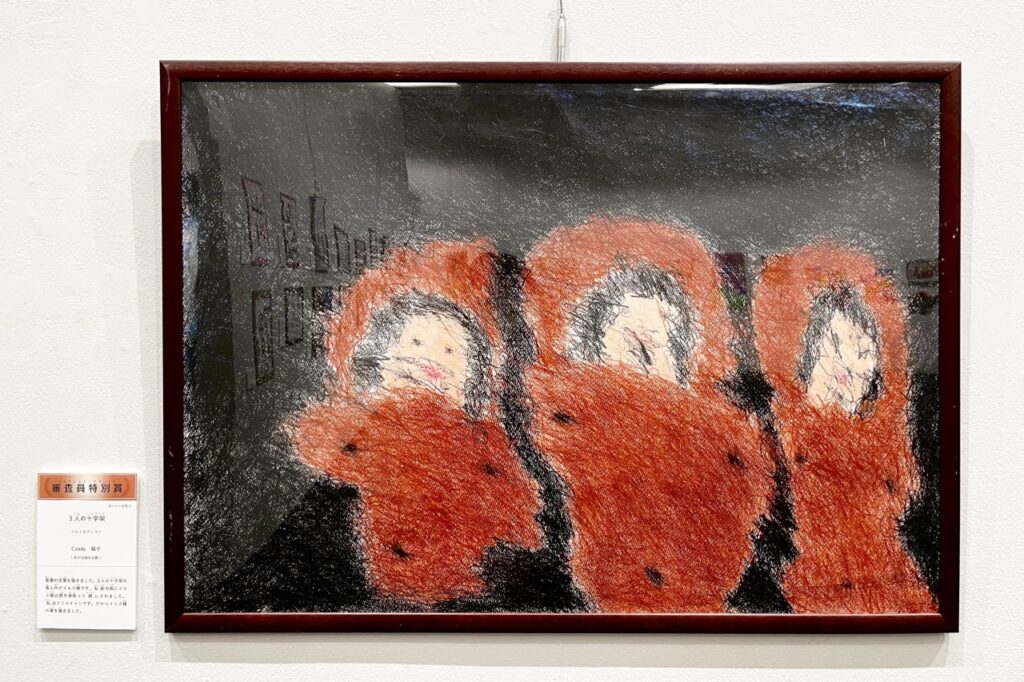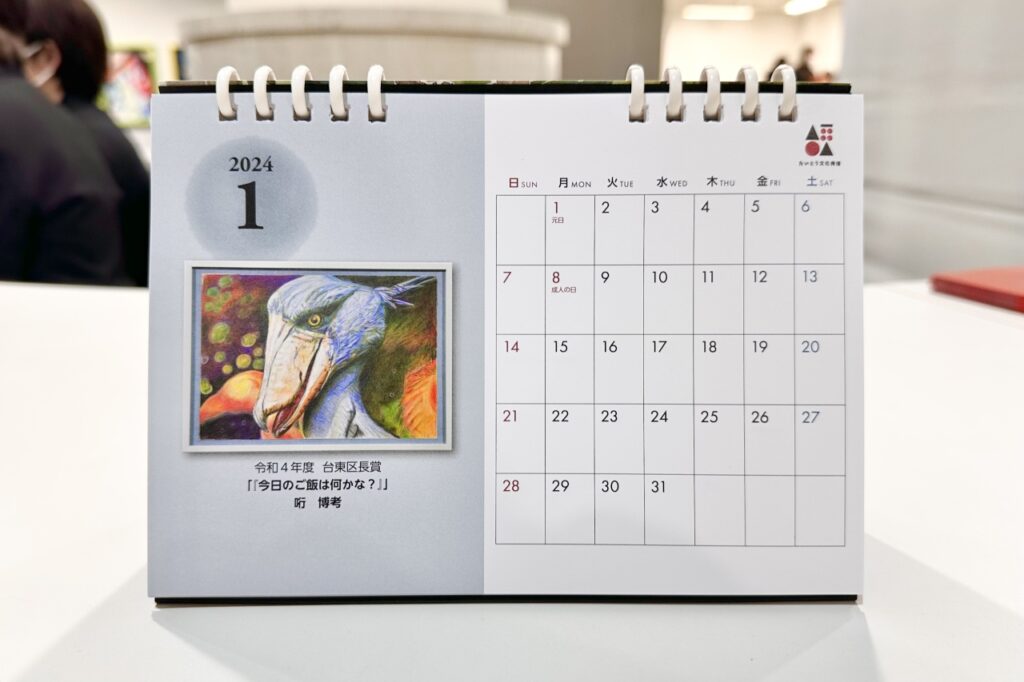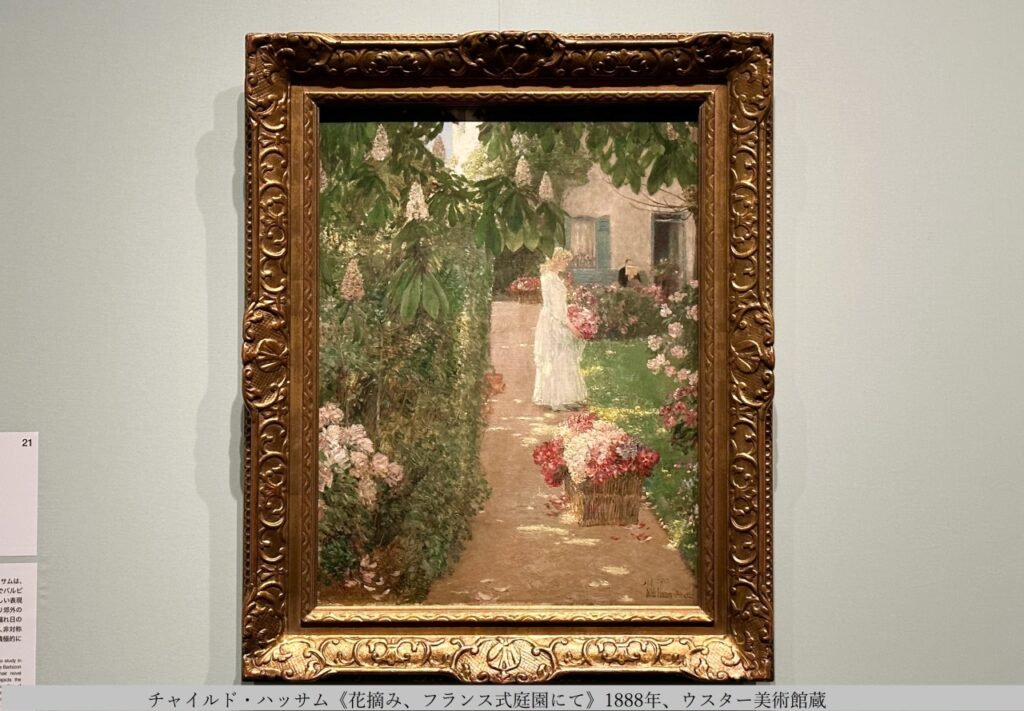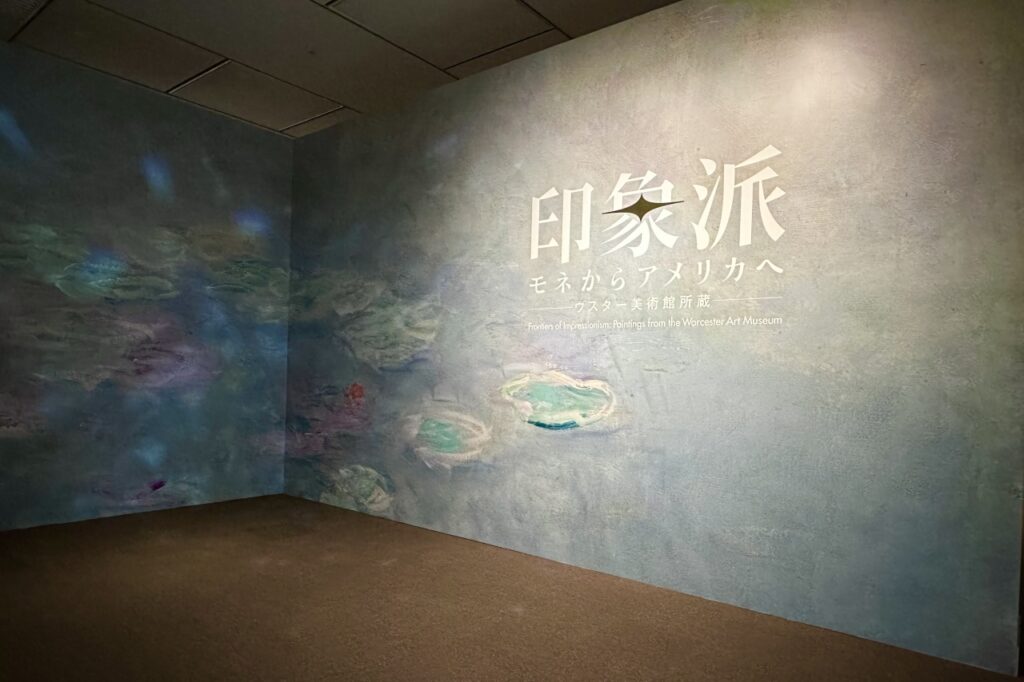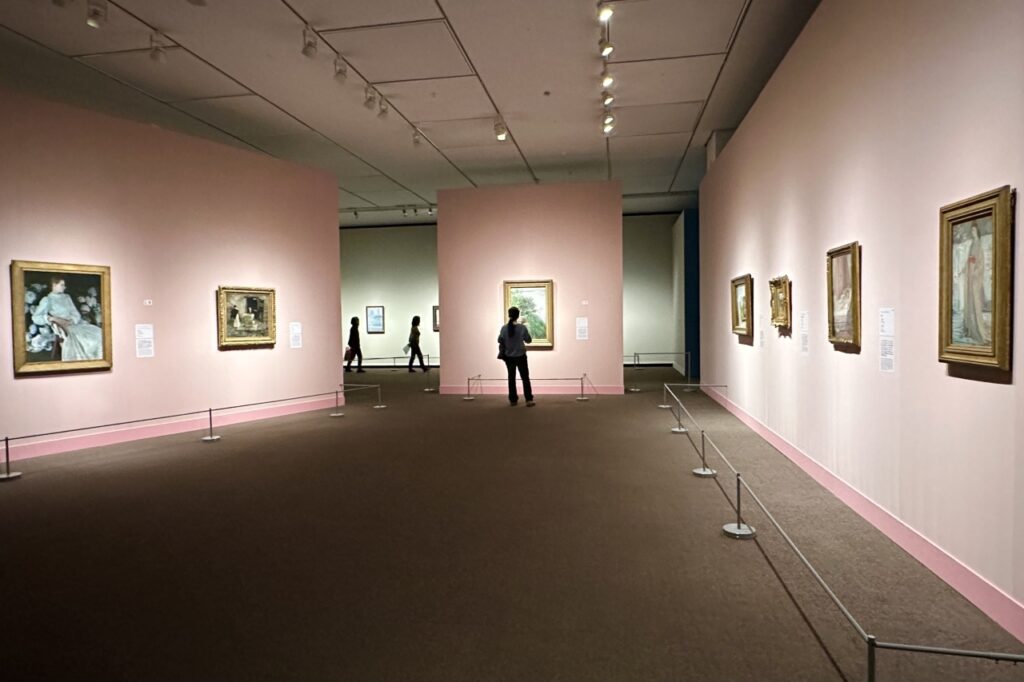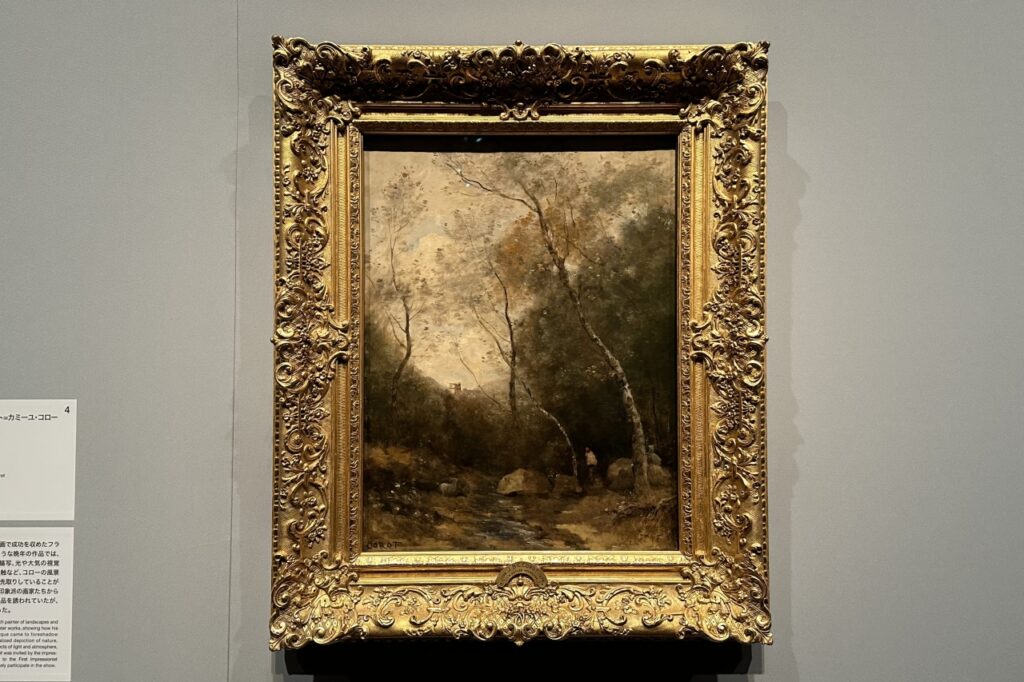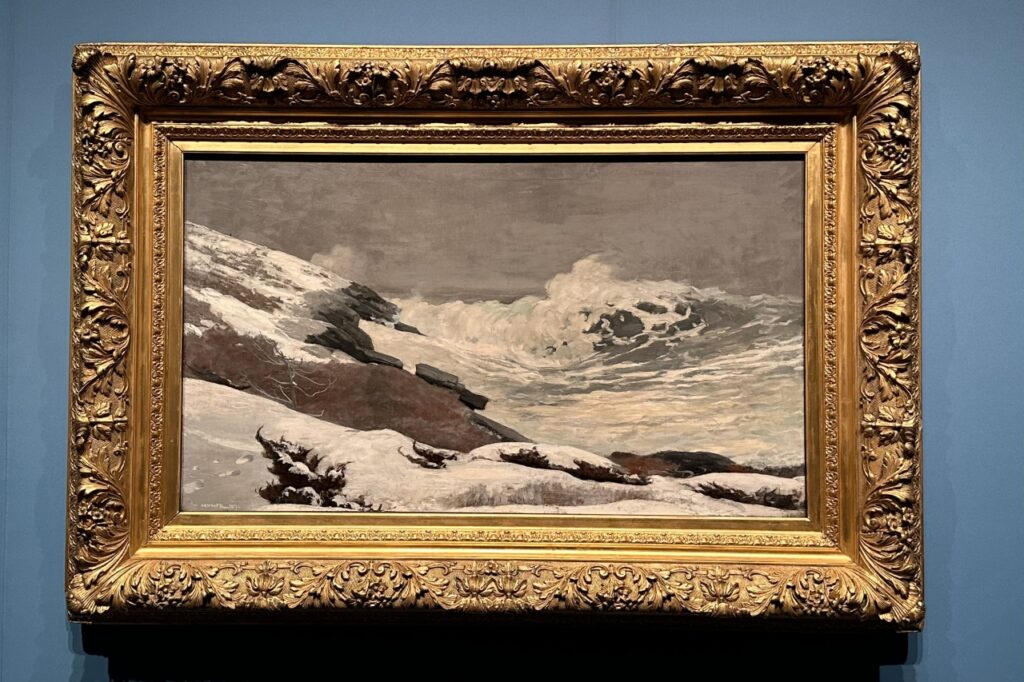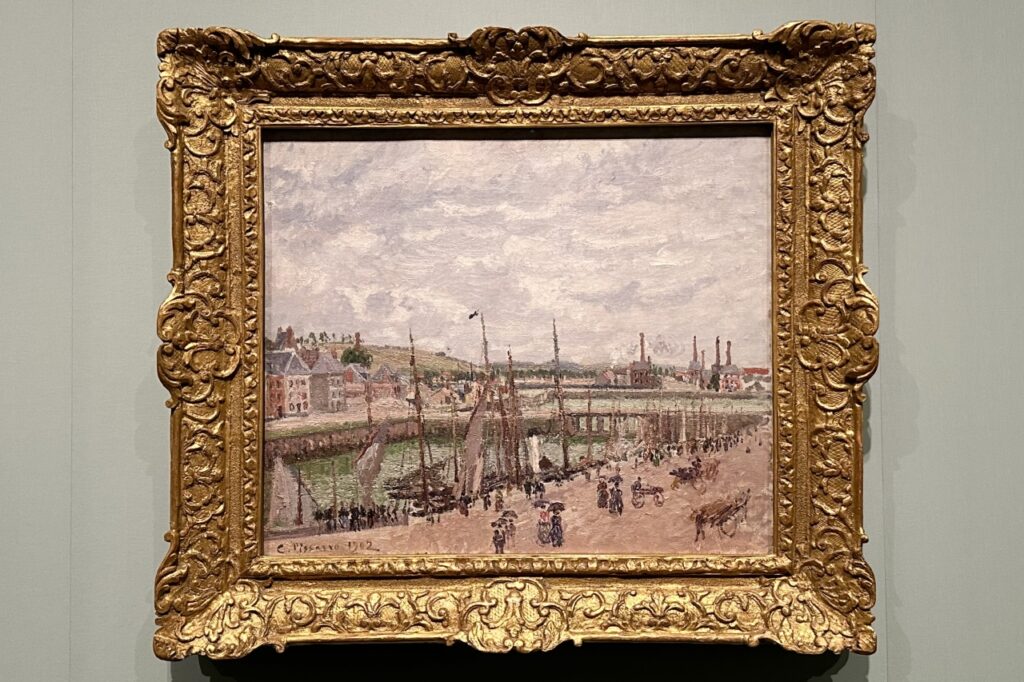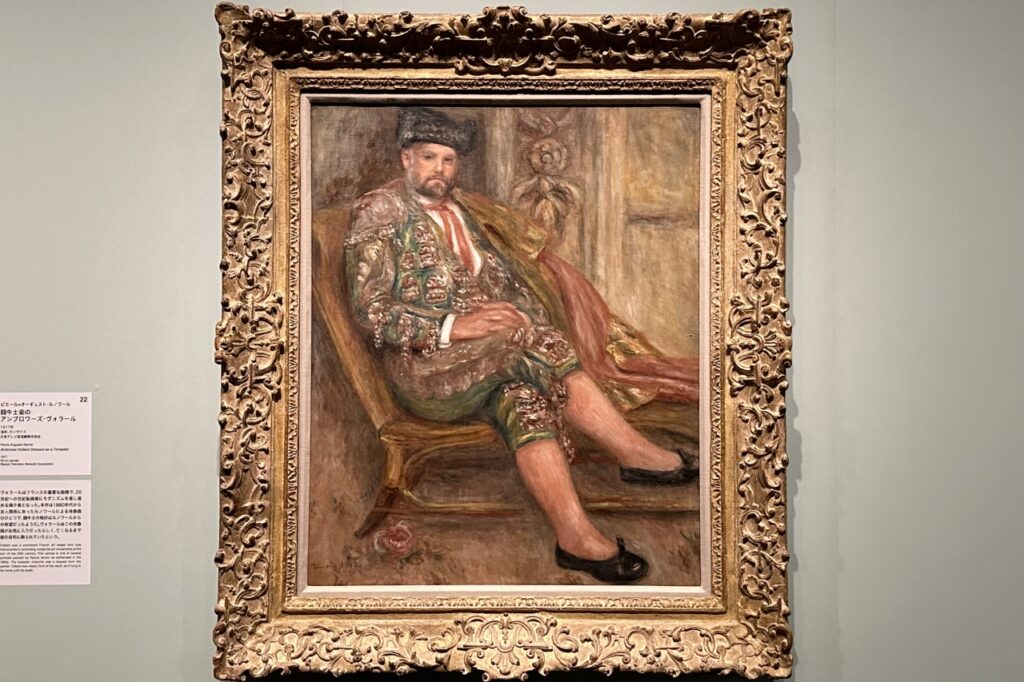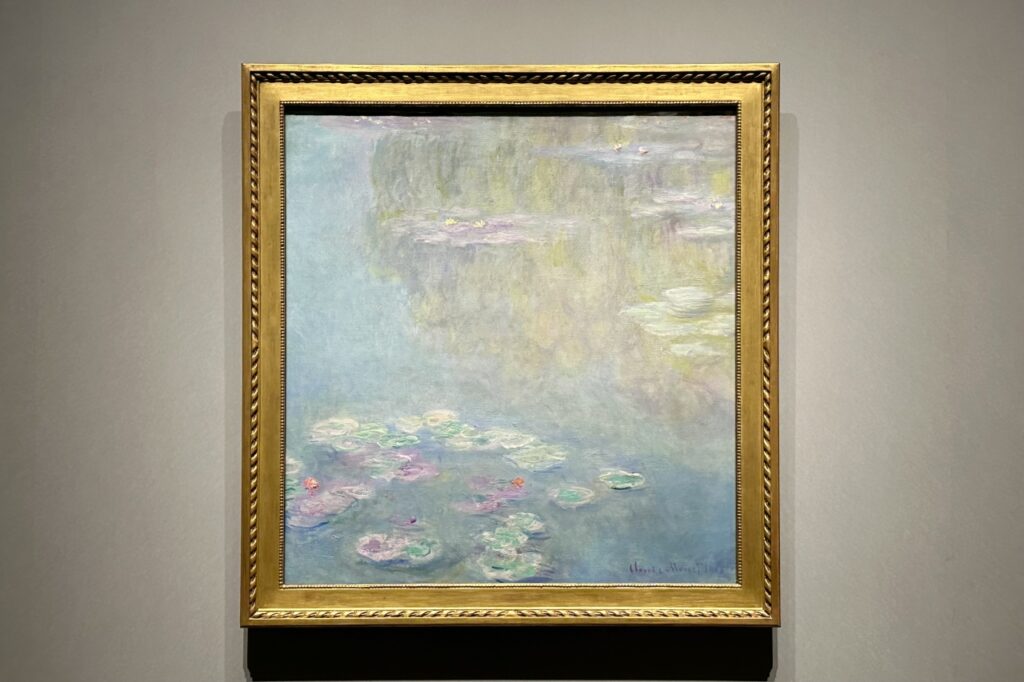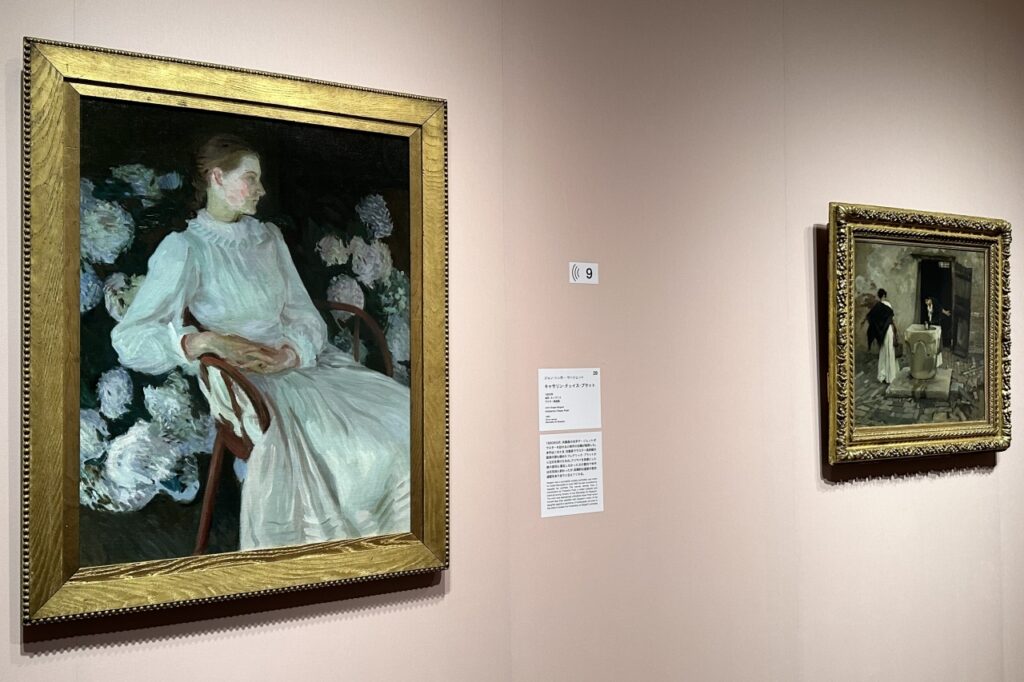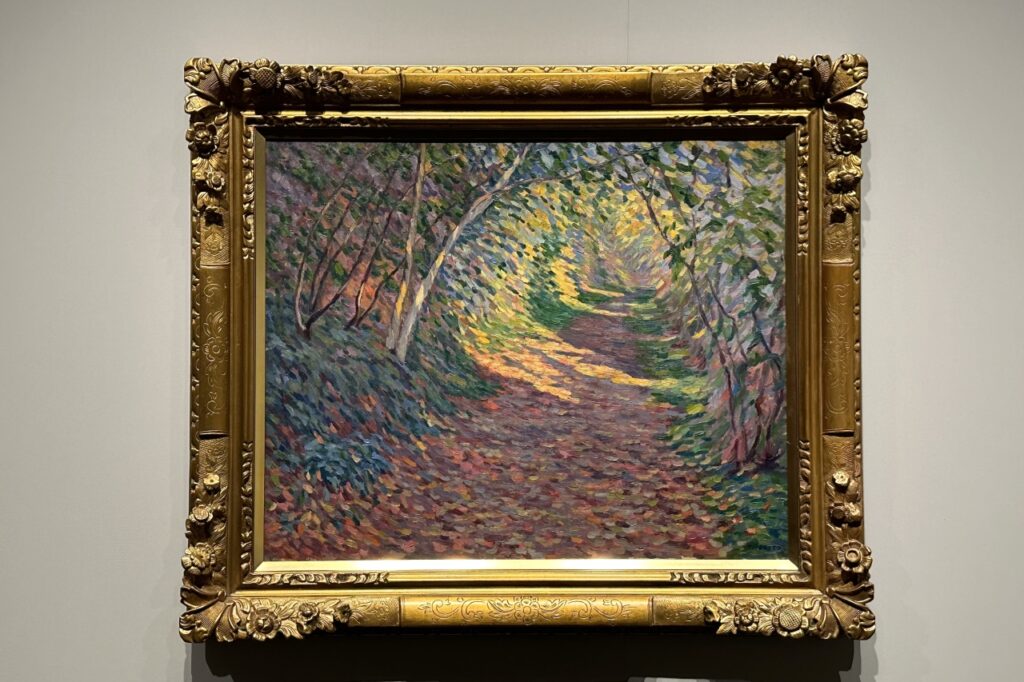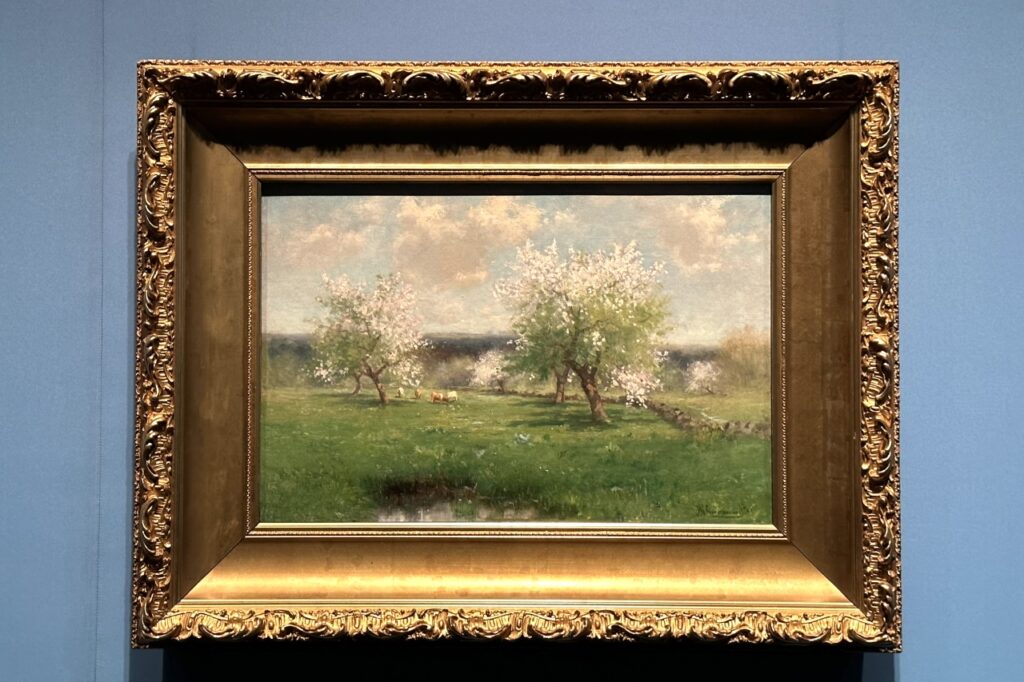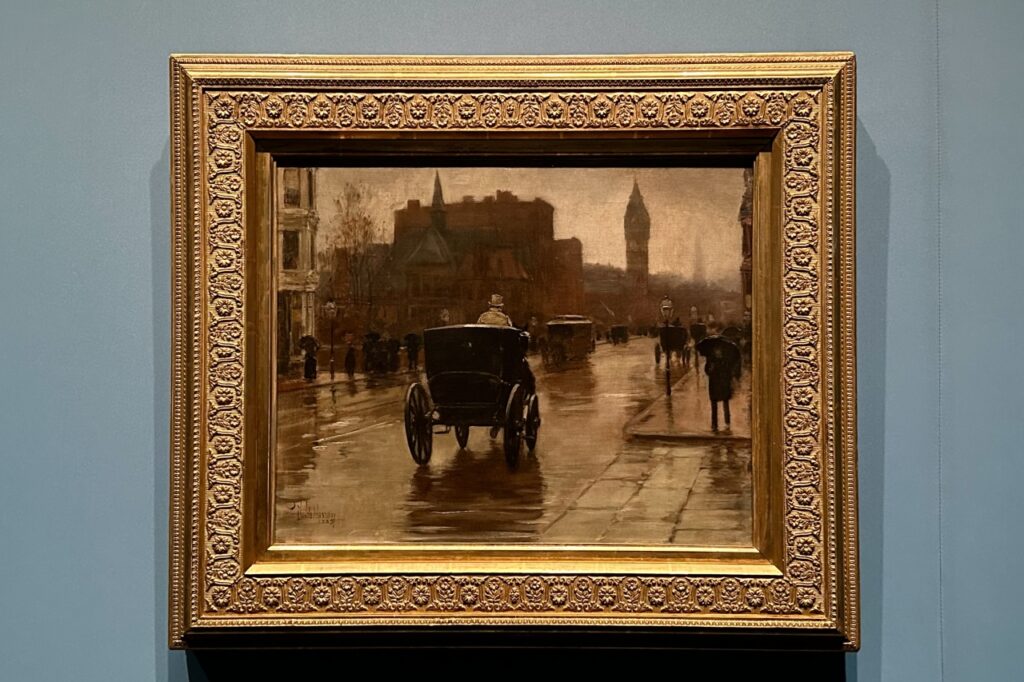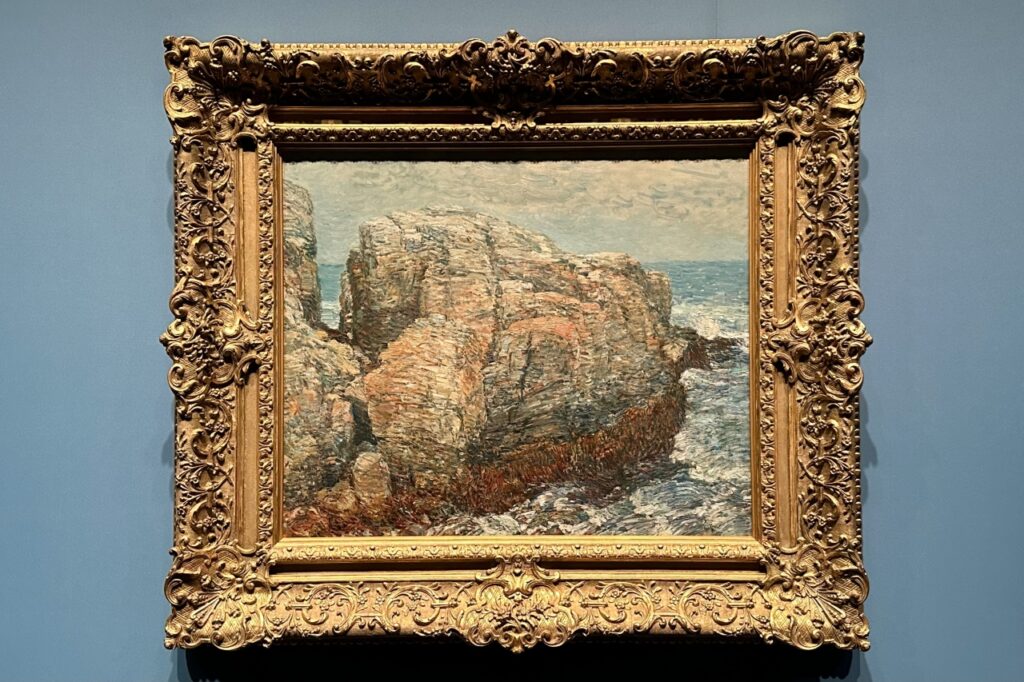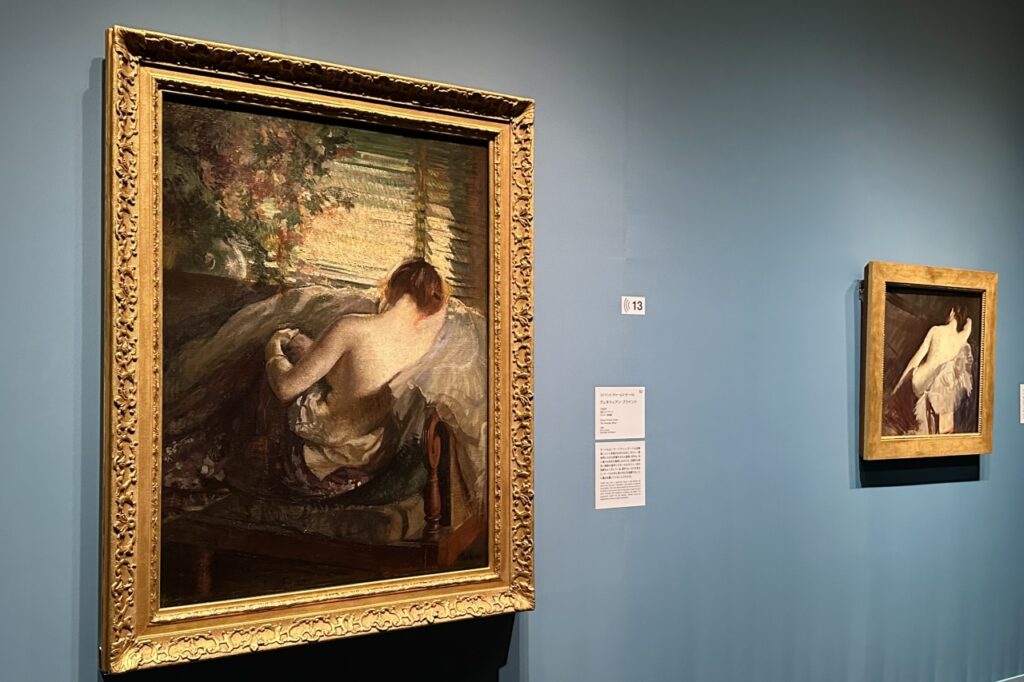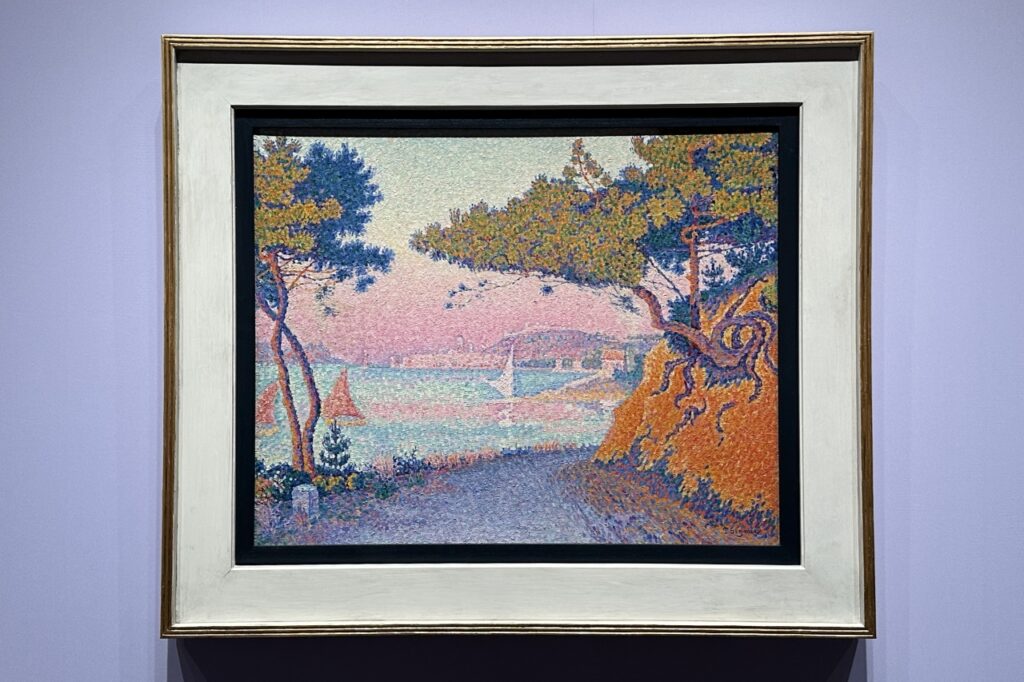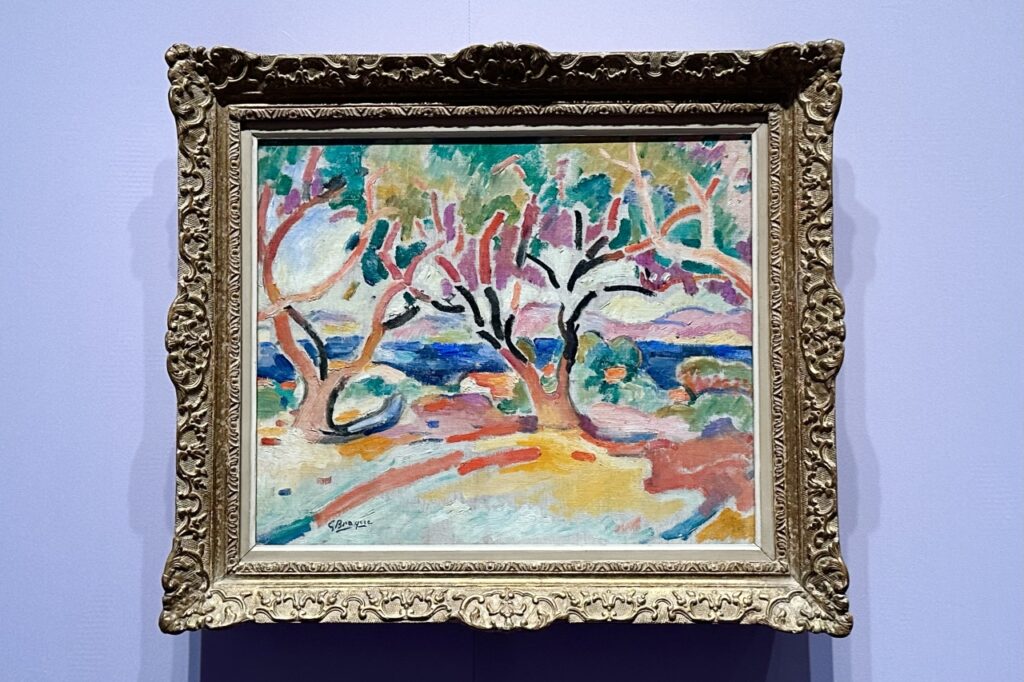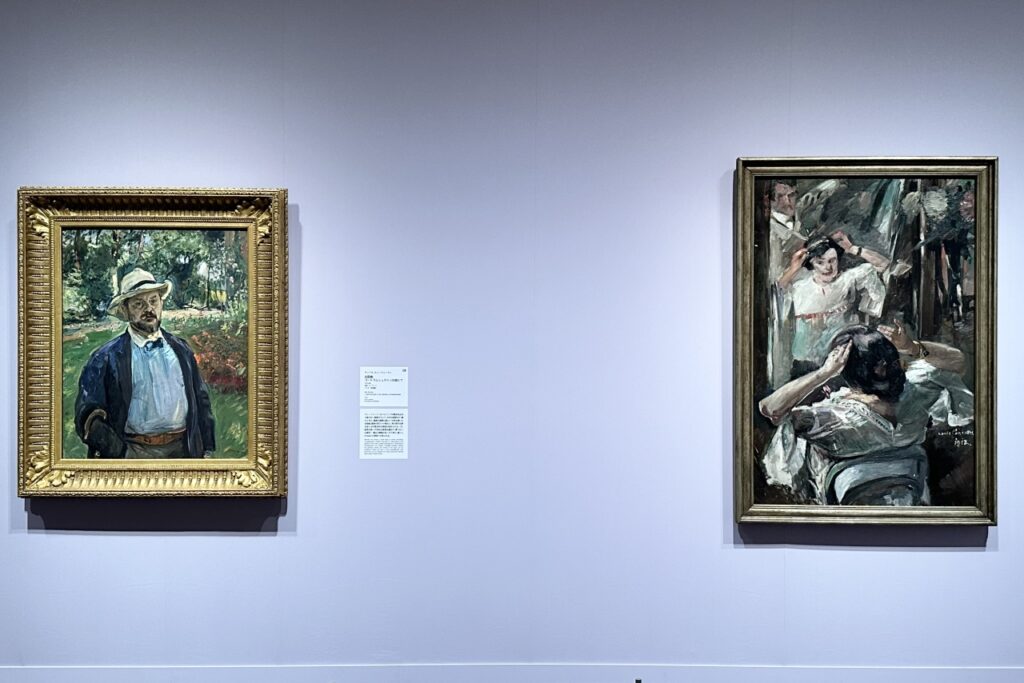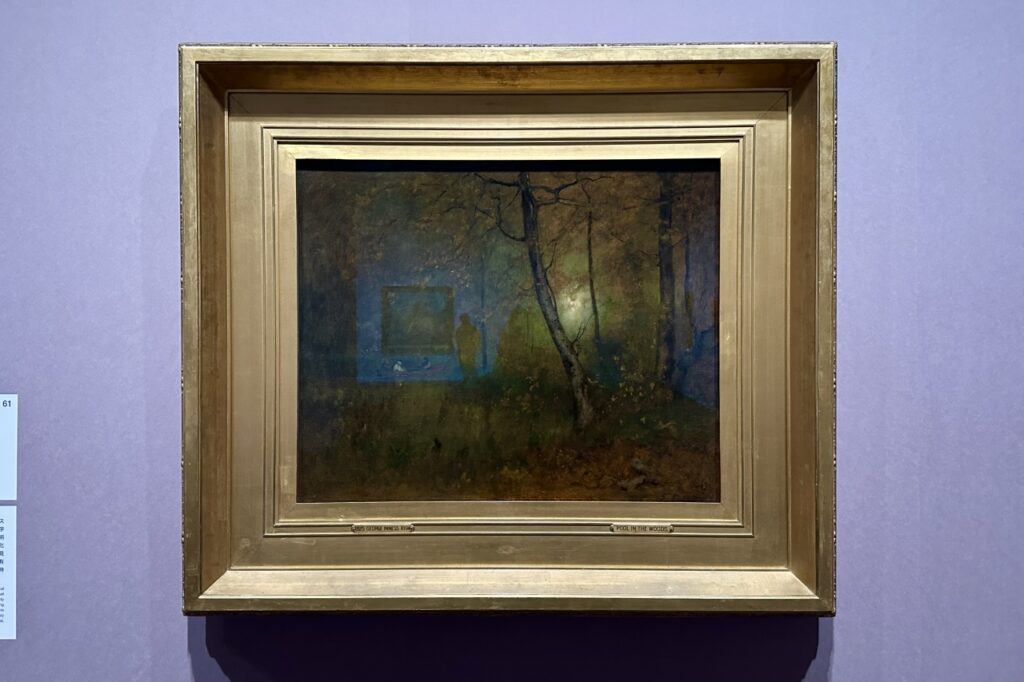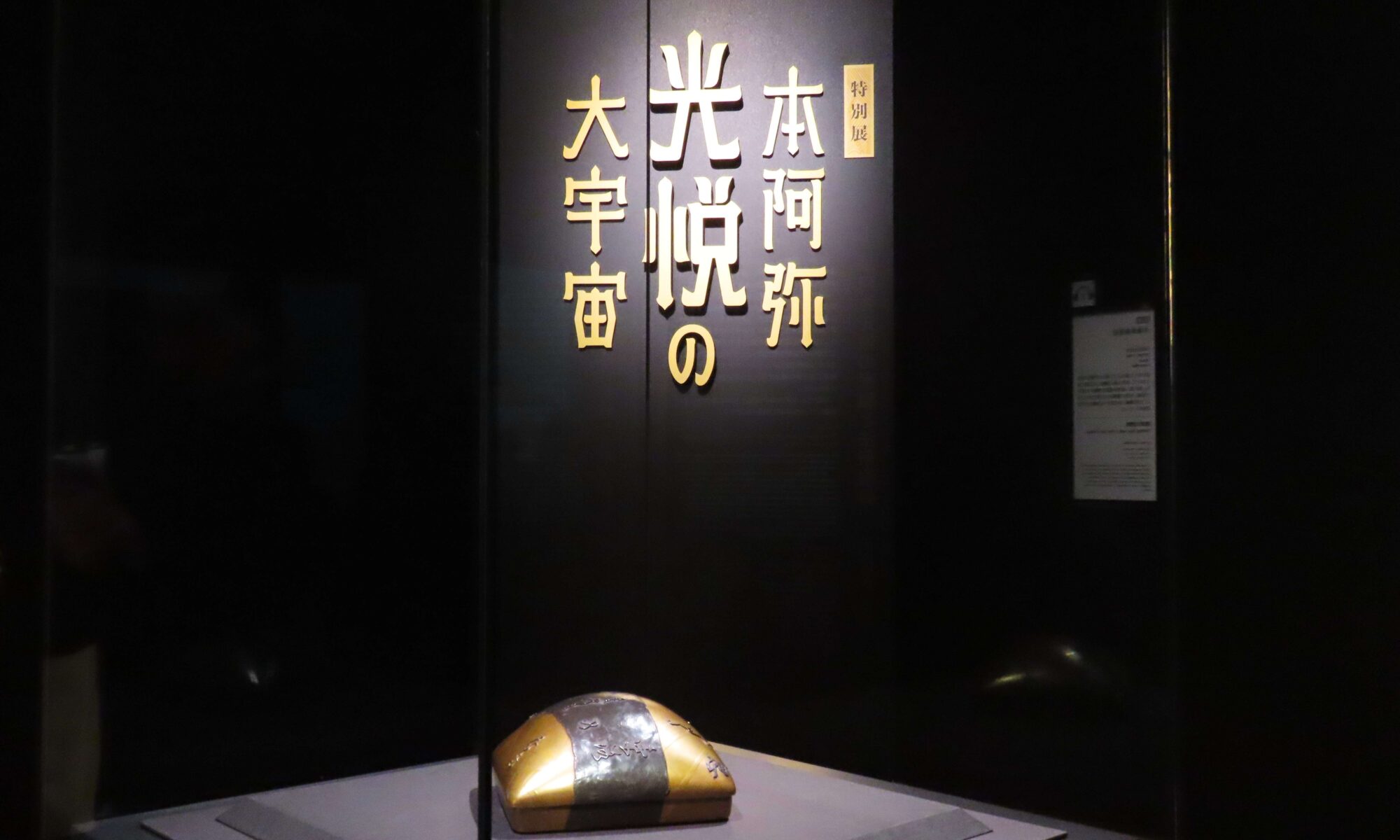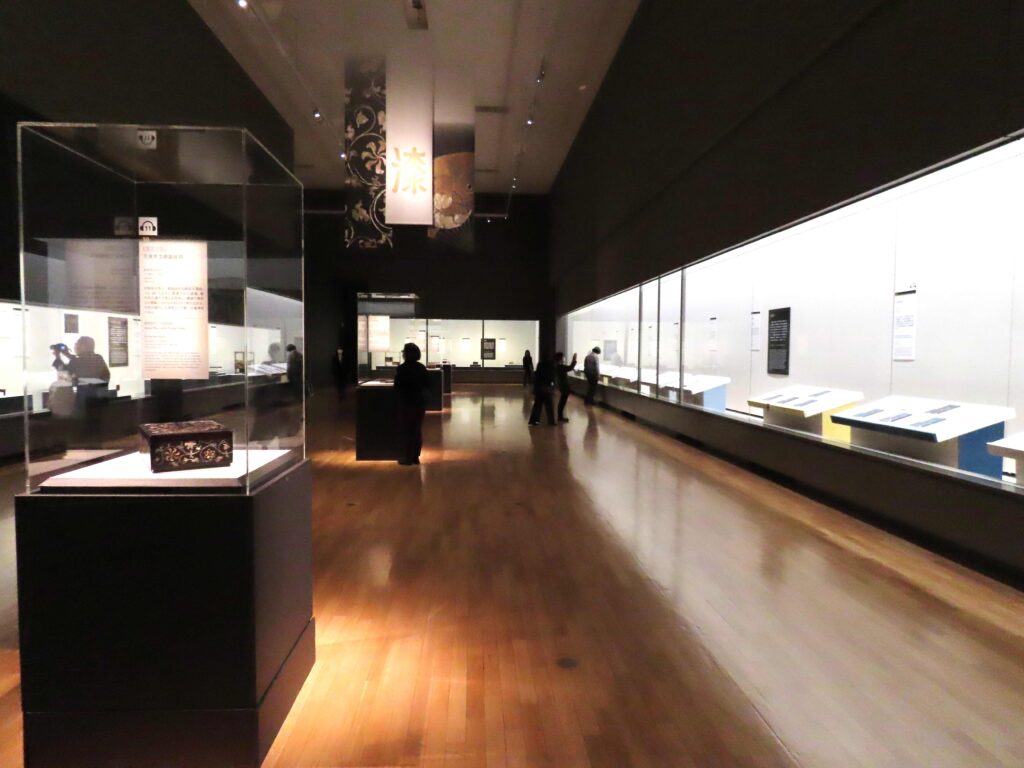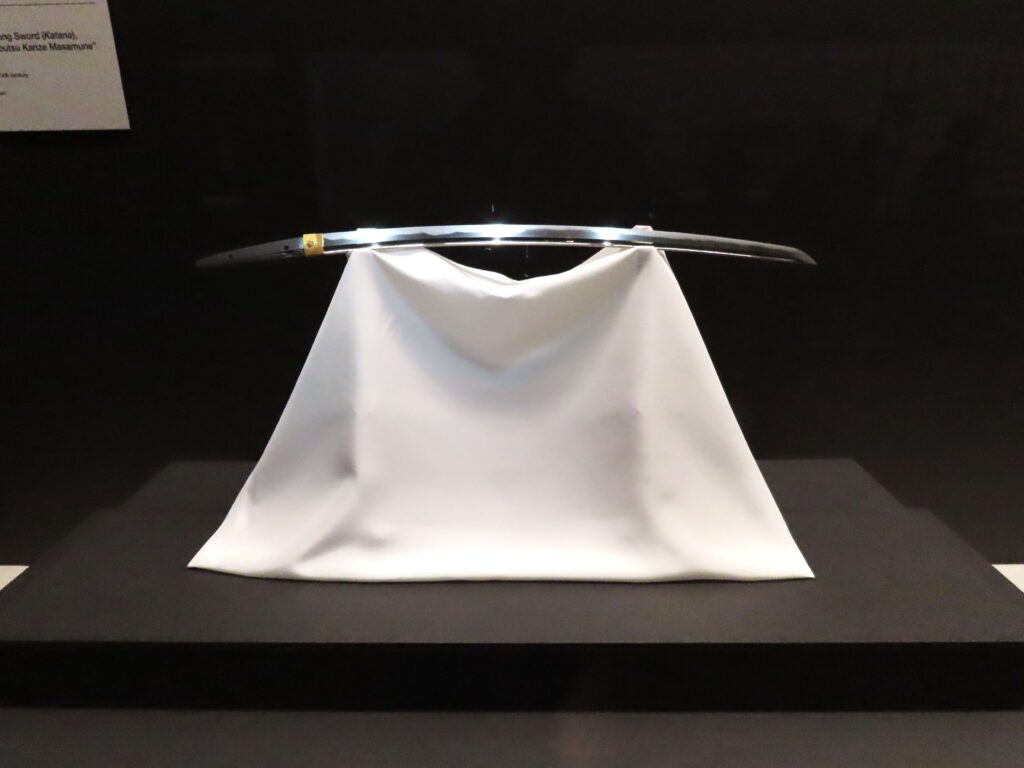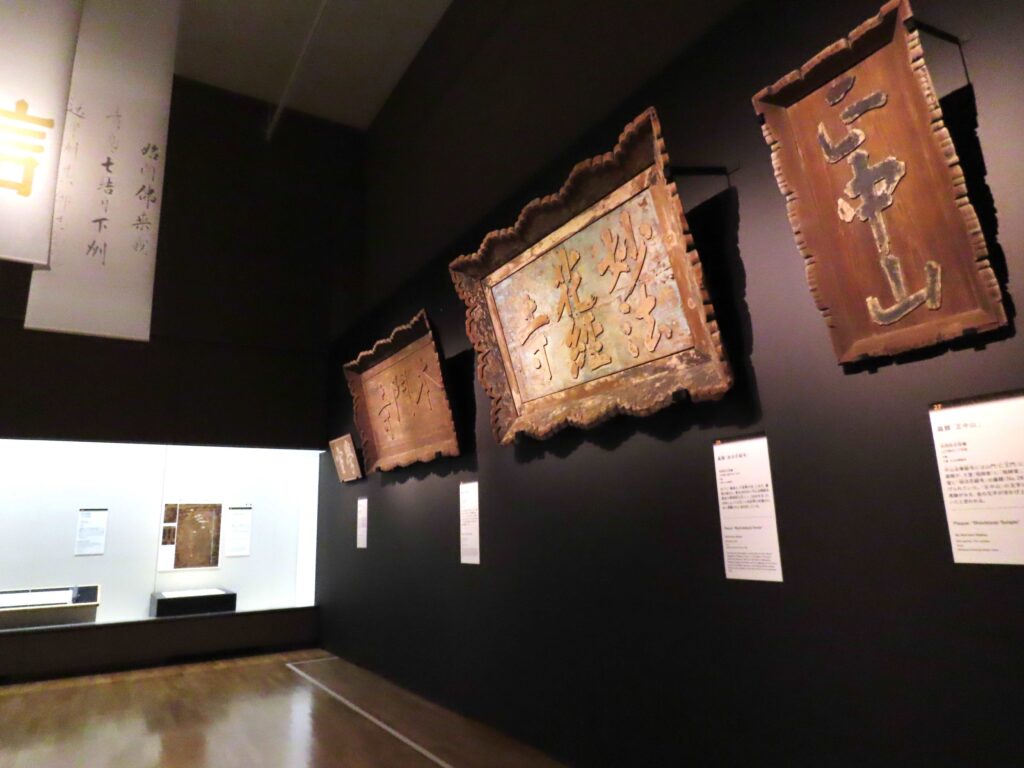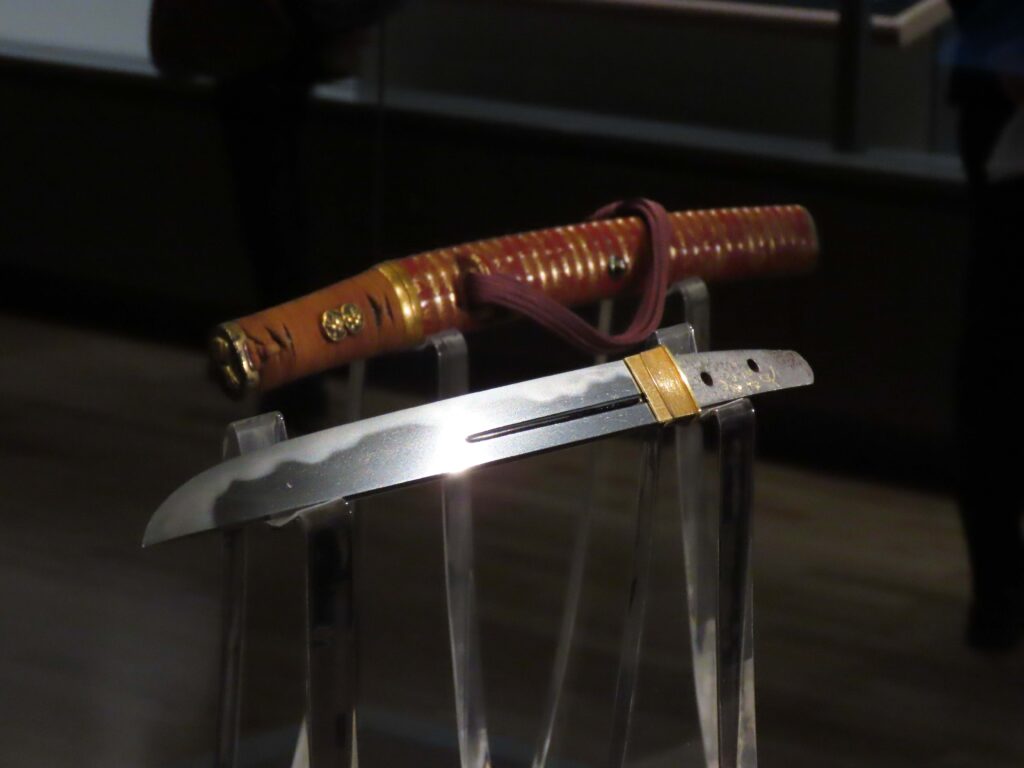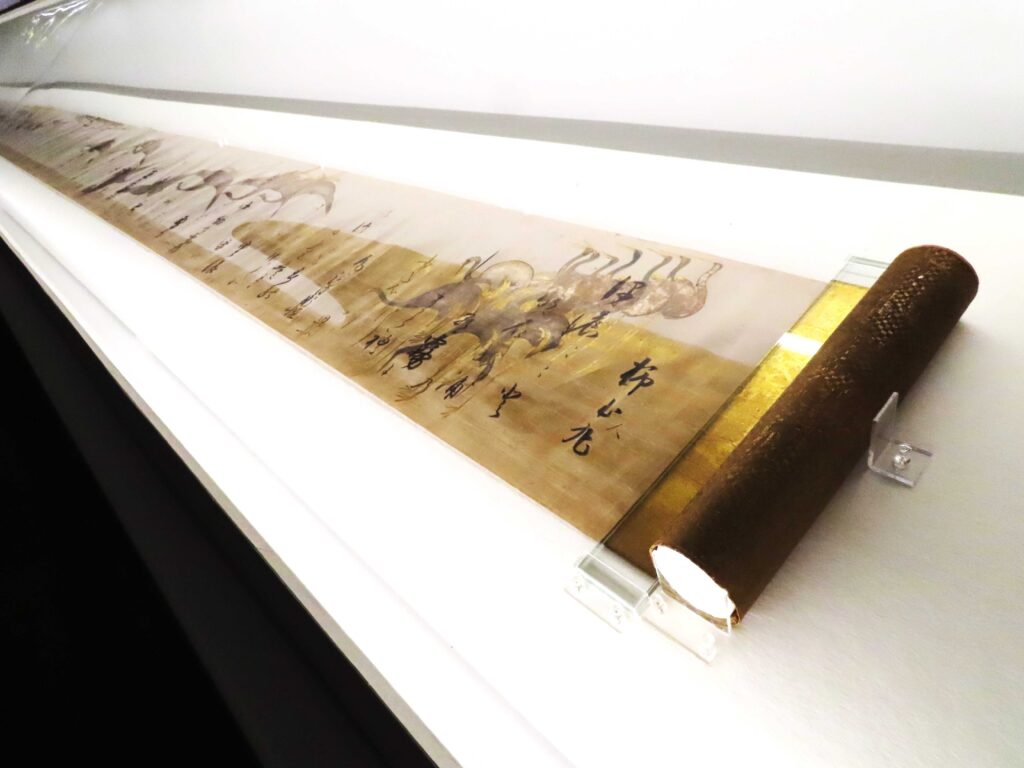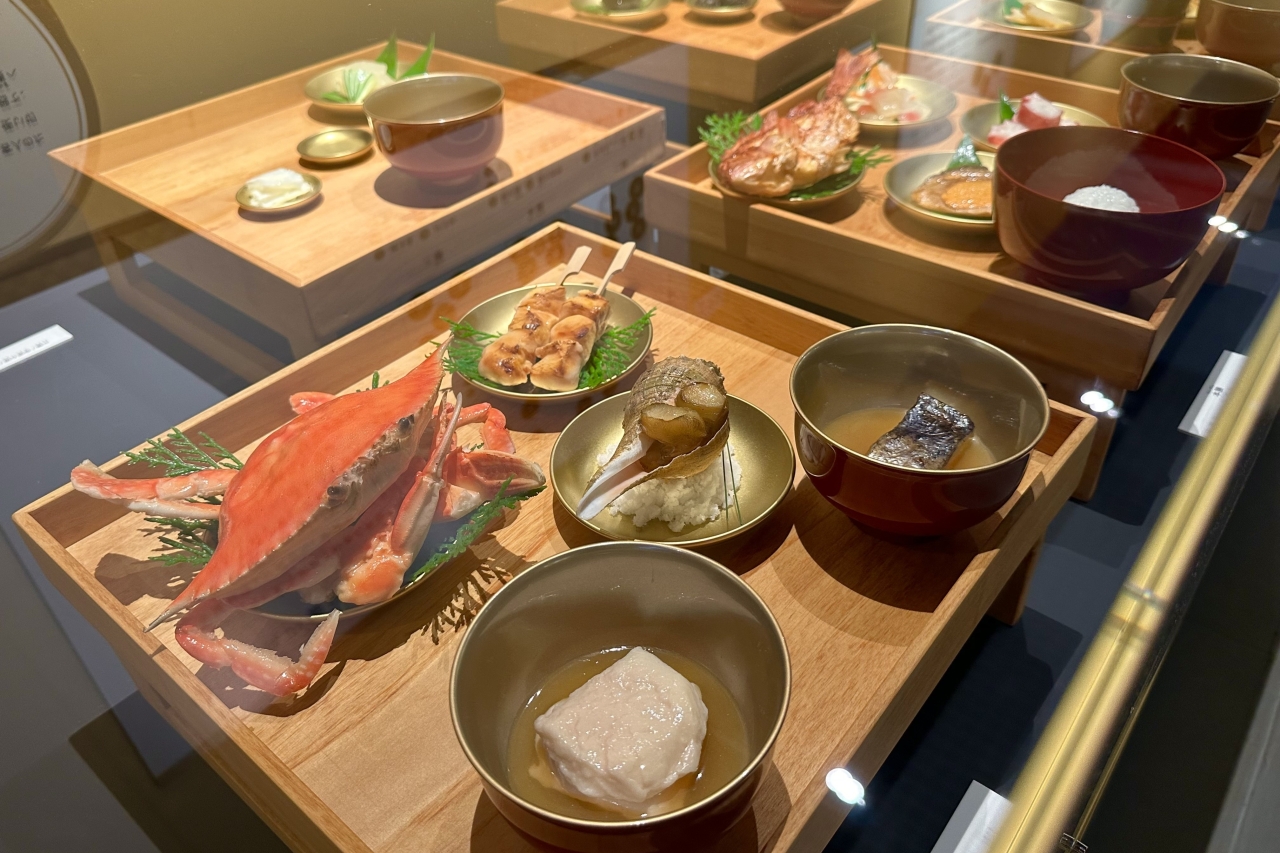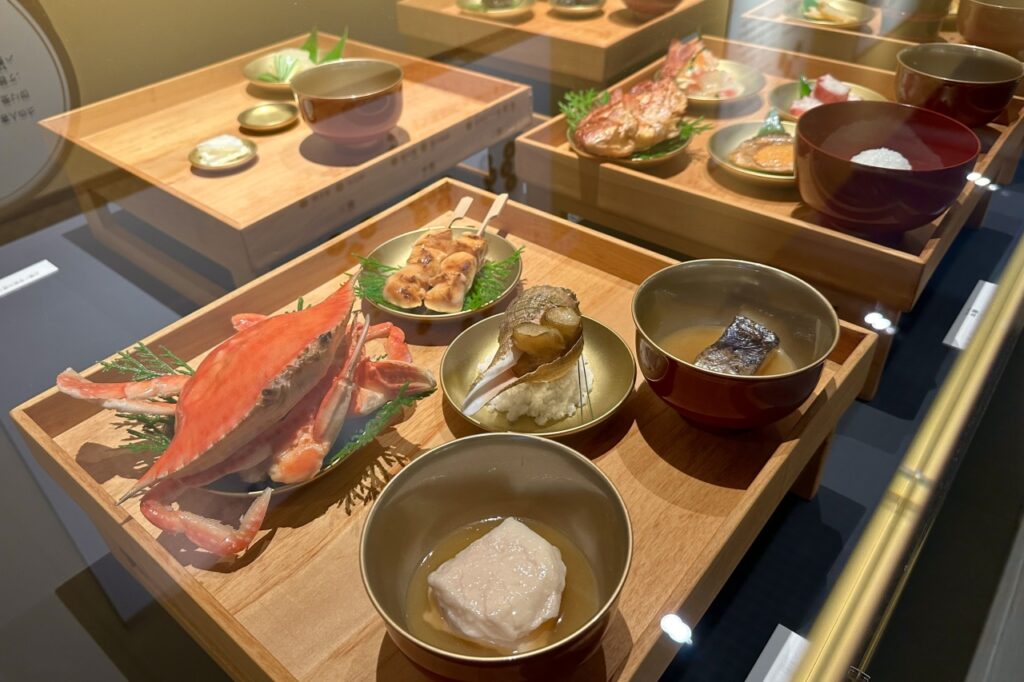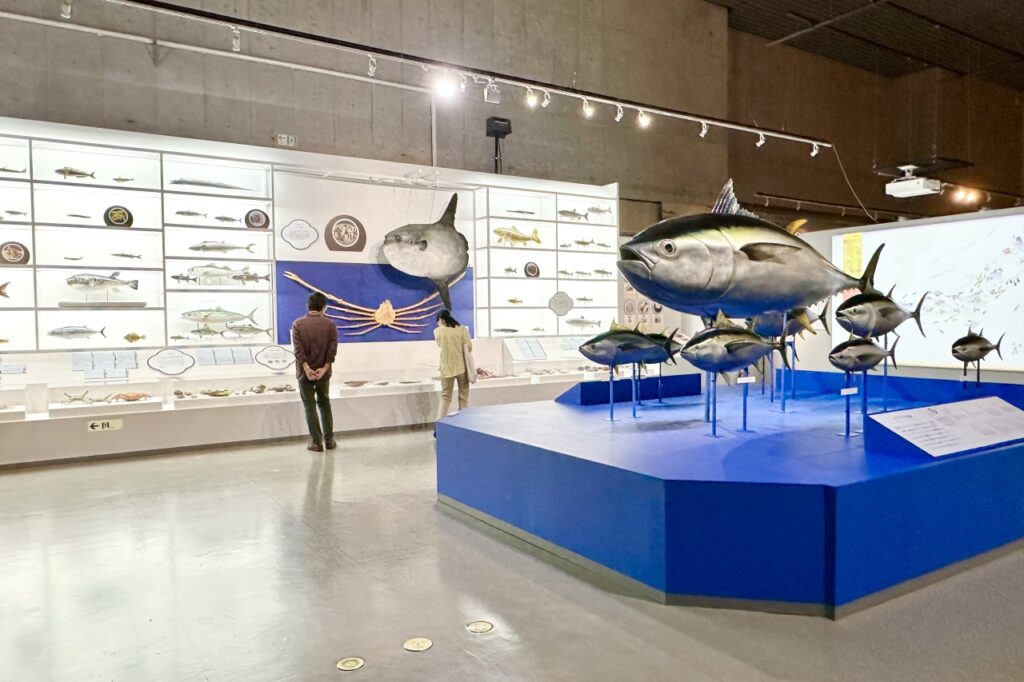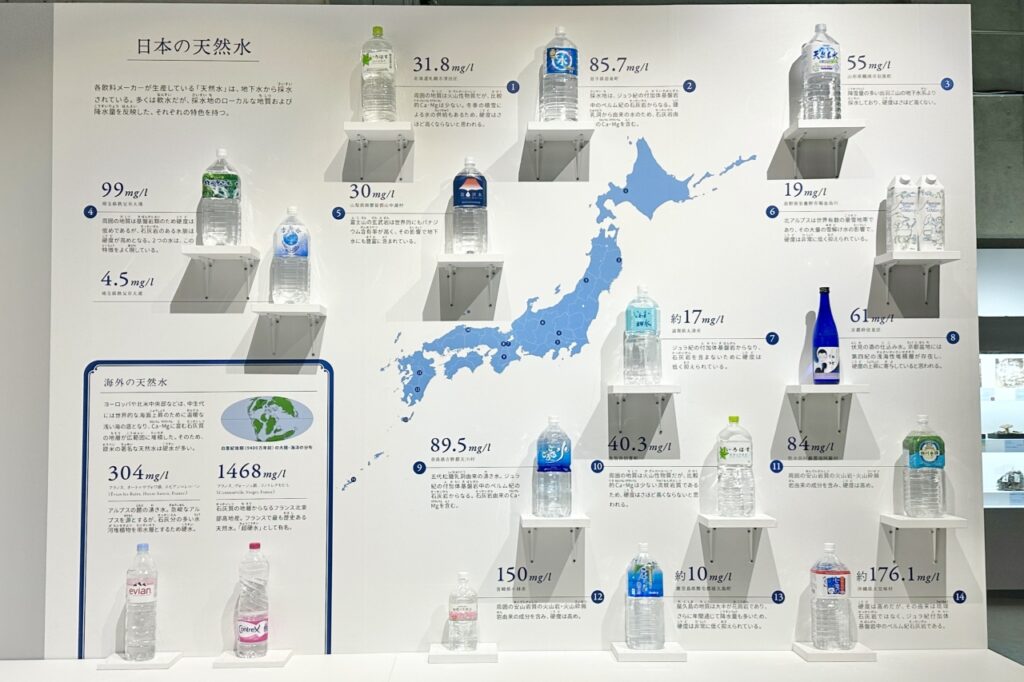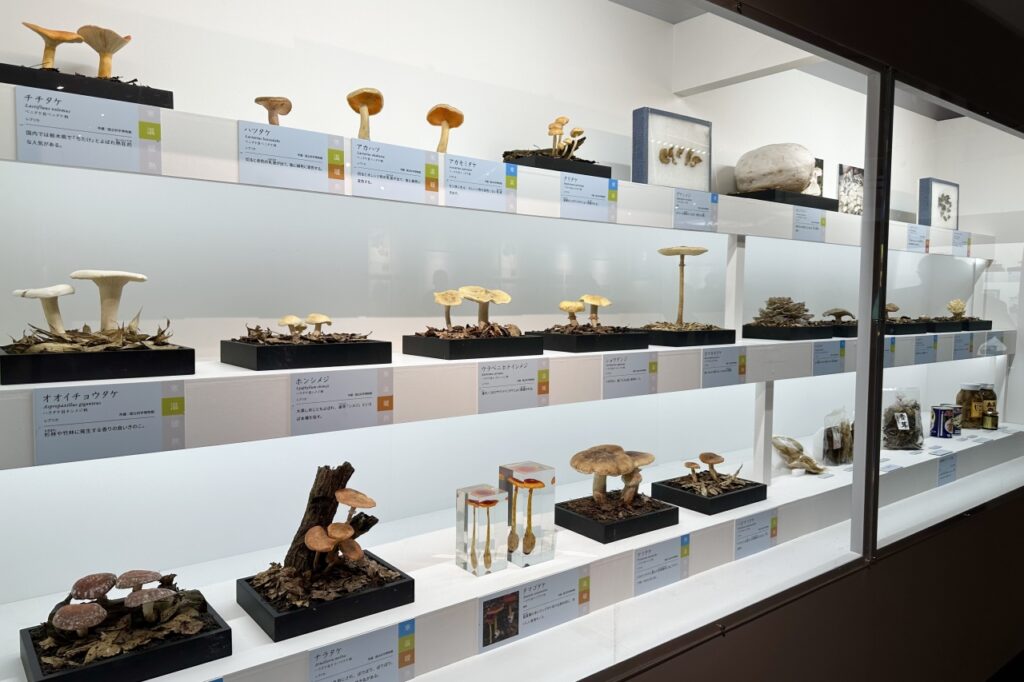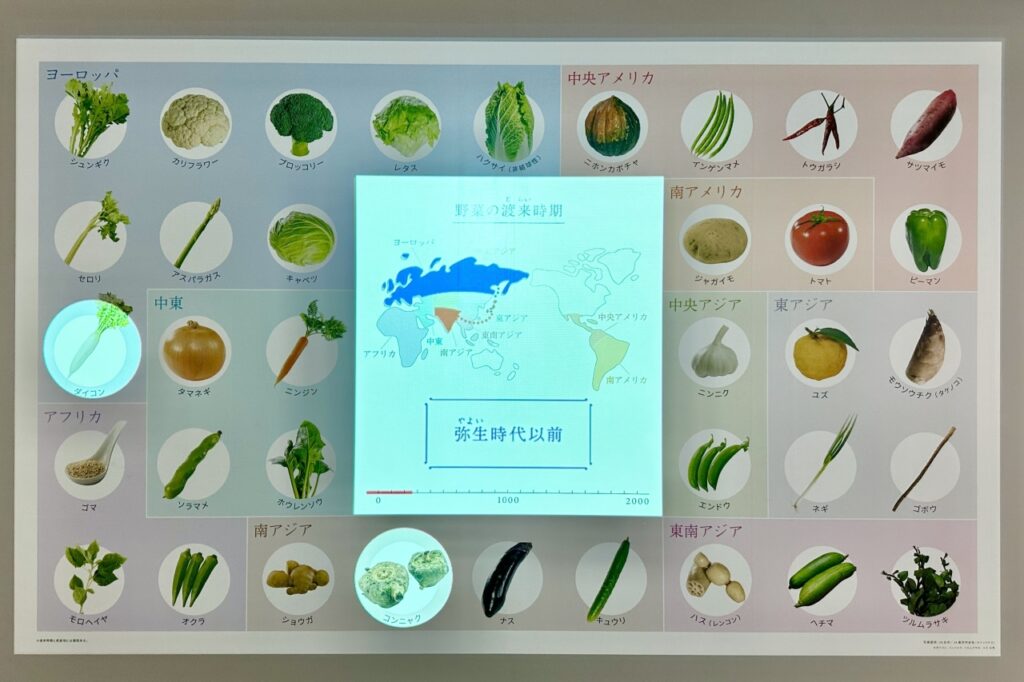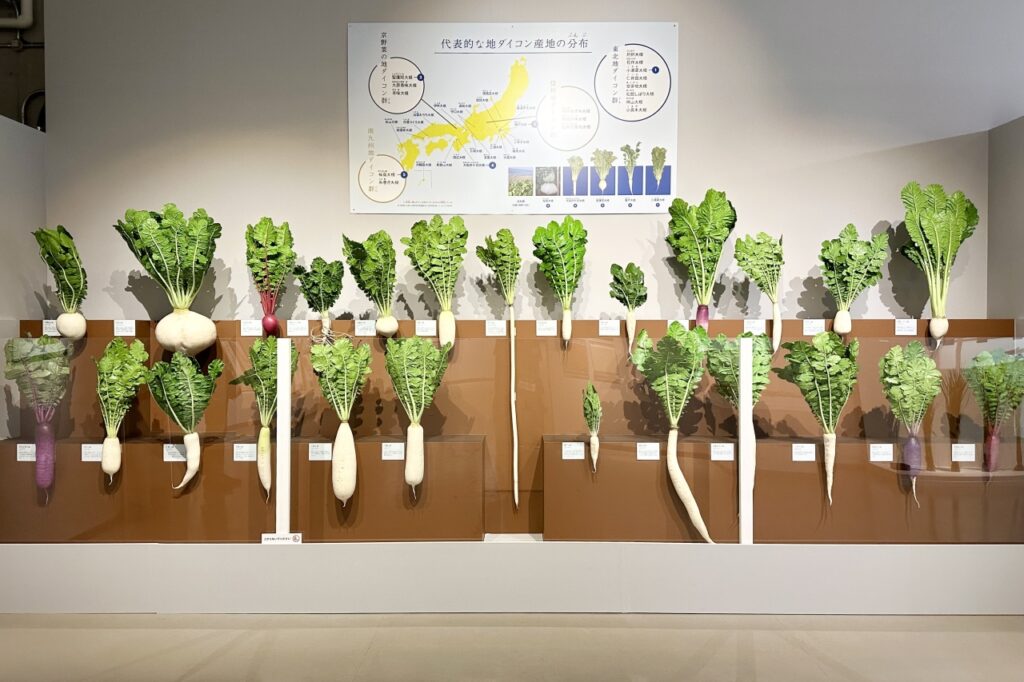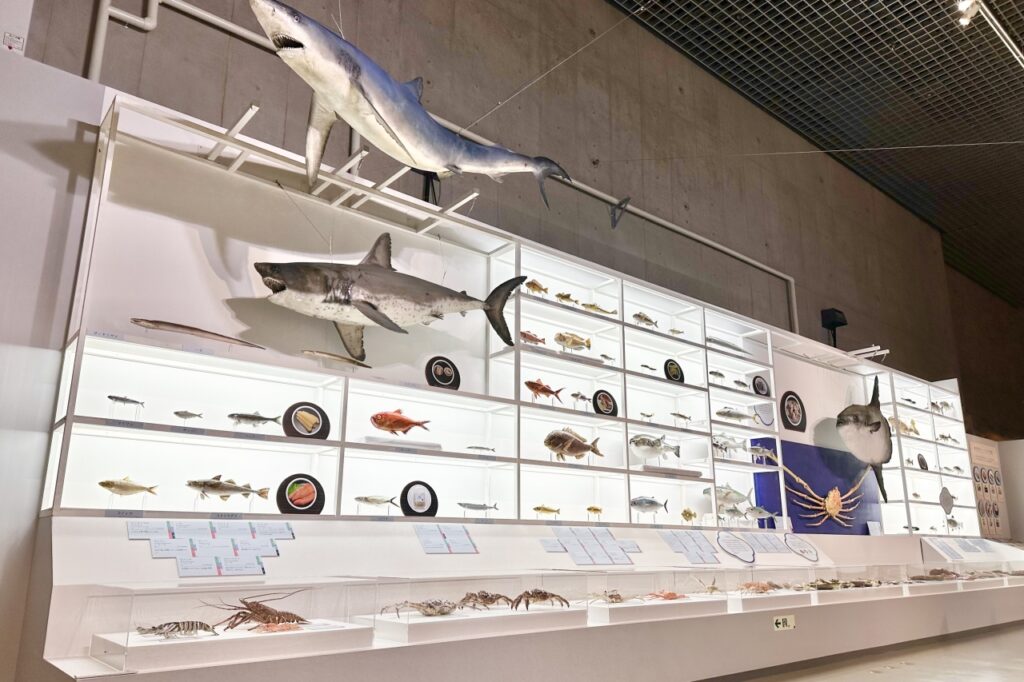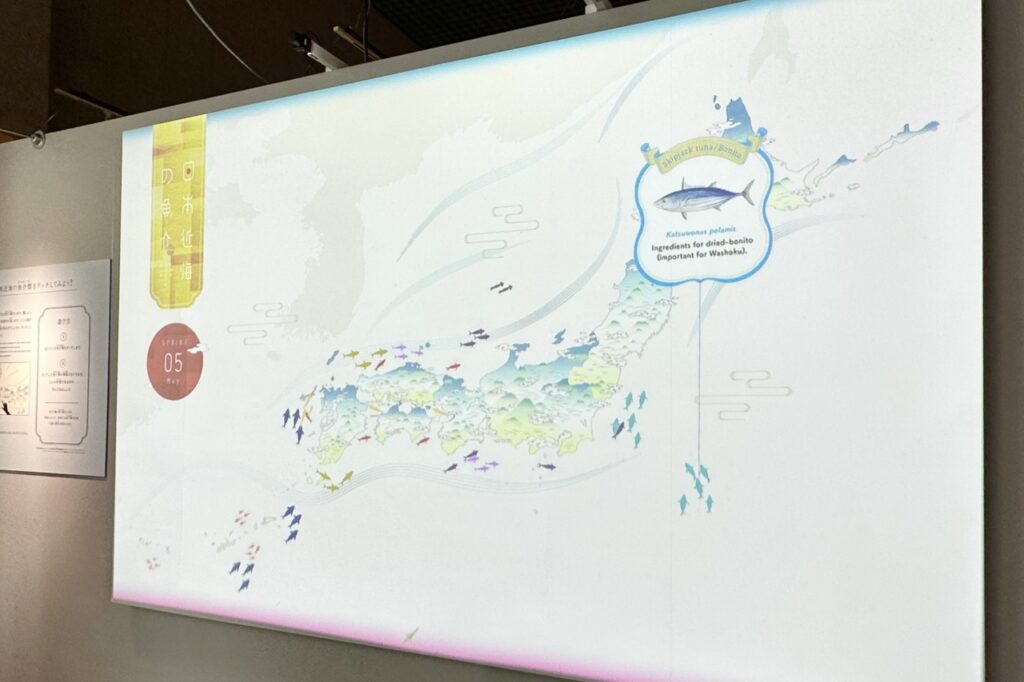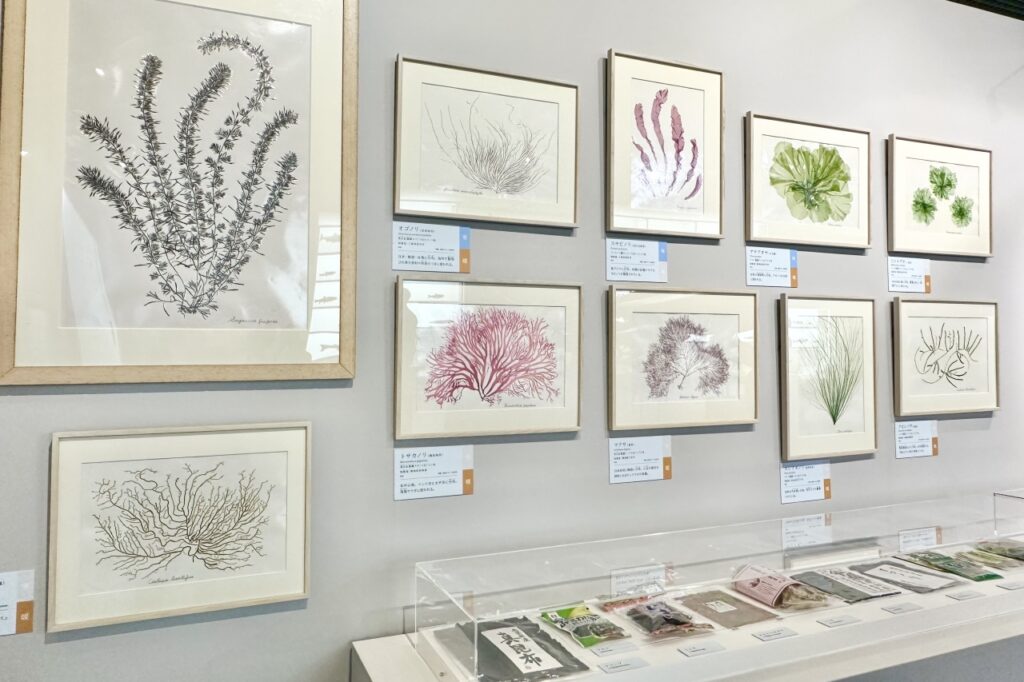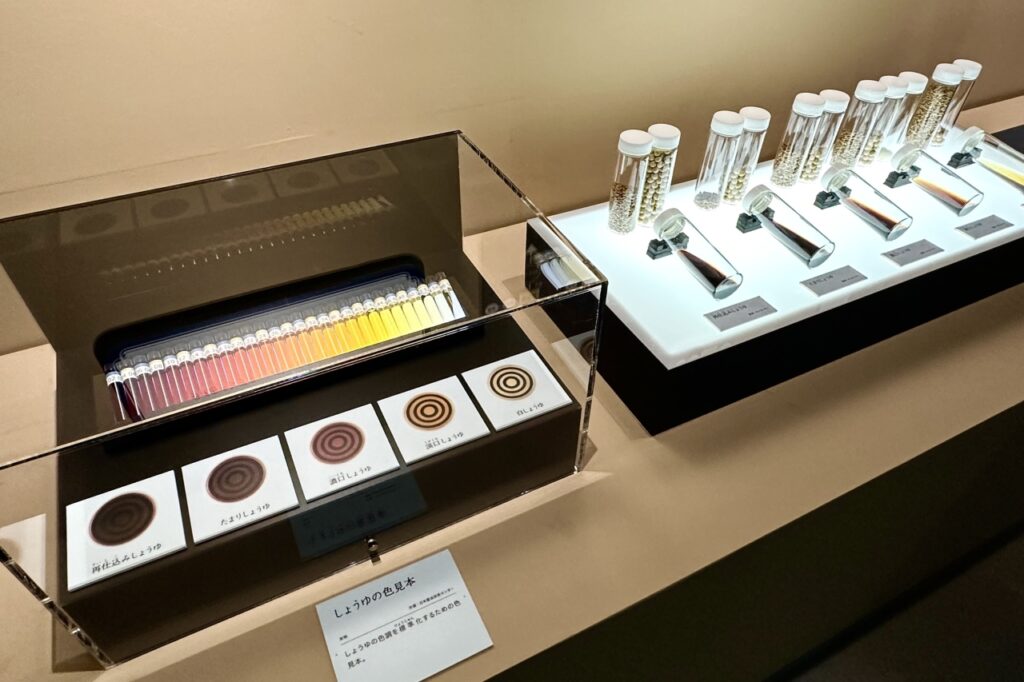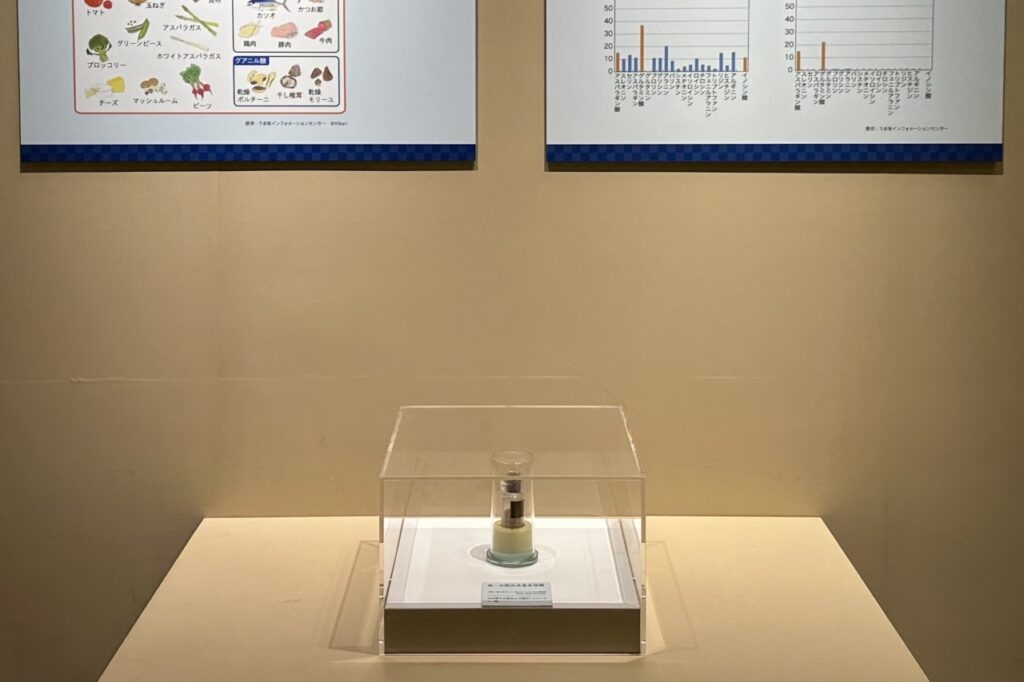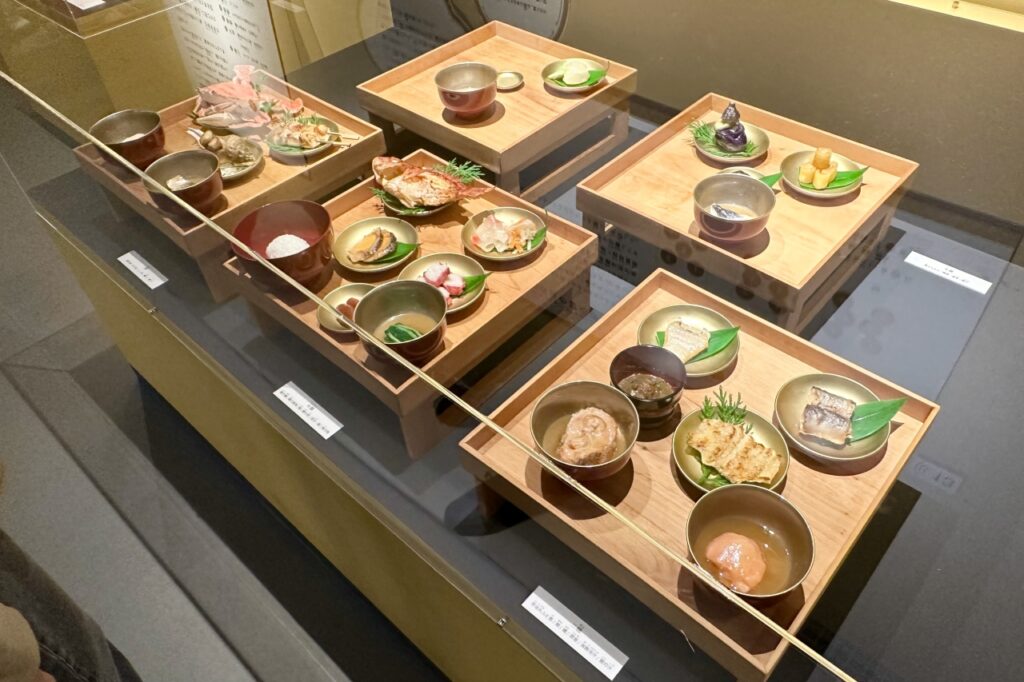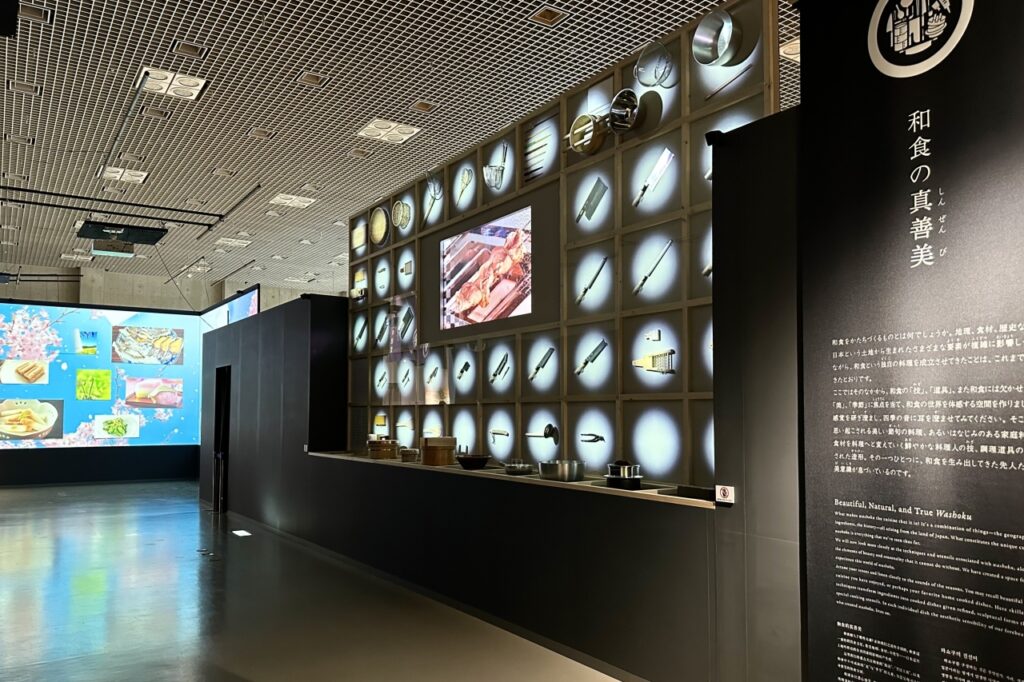
Uenoshita Studio, which was established with the aim of supporting young artists, will close at the end of June 2024. This exhibition will be a presentation of the results of work produced at the Uenoshita Studio and an expression of gratitude to ABAB UENO.
The Chain Museum Co., Ltd. (hereinafter referred to as "The Chain Museum") will be holding the "ABAB Closing Thank You Art Festival" from Wednesday, June 5th at "ABAB UENO", which is operated by the art communication platform "ArtSticker".
Uenoshita Studio opened in September 2023 on the 6th floor of ABAB UENO, which is scheduled to close due to the aging of the building, as a studio where artists can create, store, and occasionally exhibit their works.
In conjunction with the closing of ABAB UENO on Sunday, June 30, 2024, we will be holding an art festival featuring artists involved in the Uenoshita Studio.
Participating artists (in alphabetical order, titles omitted)
Etsuko Ichihara, Embeli Lea, Risako Kokubun, Gunji, CON_, Aya Takahashi, Ari Tazaki, Ayane Nozaki, Kenji Hirazawa, Rintaro Fuse, Yoshimoto Masuda, Hibiki Yamada, Shu Yonezawa, Xihang Lu, Shiori Watanabe
・Comment from the organizer
Young artists face the triple whammy of "no place to create," "no place to show," and "no place to store." In September 2023, the Uenoshita Studio was opened on the sixth floor of ABAB UENO to solve these problems.
Two-thirds of the floor was used as a studio where artists could live and create, and the remaining third was set up as an exhibition space and a warehouse. The system works that the residents created in the studio can be exhibited in the exhibition space, and when the exhibition is over, they can store the works in the warehouse. As it is located a 15-minute walk from Tokyo University of the Arts, collaborations were also carried out with several laboratories at the university, and 35 artists have devoted themselves to creating and exhibiting their works over the past six months. Many of them are up-and-coming artists who are attracting a great deal of attention from the art world. It is worth noting that the works created here, using a variety of techniques, have gone on to be exhibited in large and small galleries, award winners' exhibitions, and museums.
The hustle and bustle of Ameyoko, its unique smells, and the all-encompassing character of the area provided each artist with tremendous inspiration and stimulation, giving them hints for their next productions.
This exhibition is a kind of final farewell to the residents, as an expression of gratitude to them at the closing ceremony.
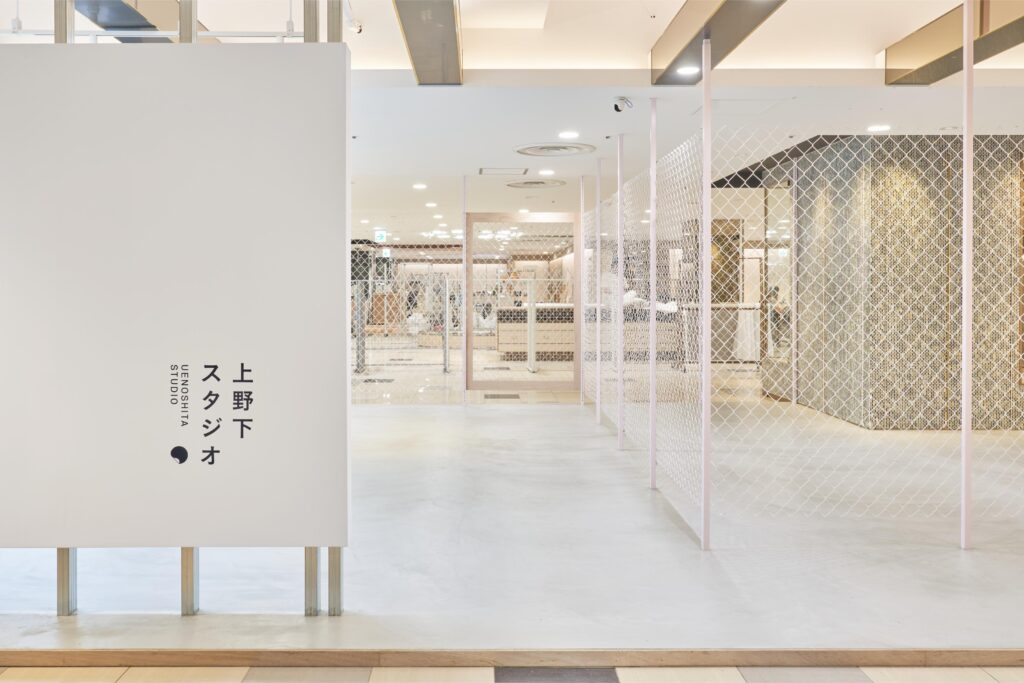
"ABAB Closing Great Thank You Arts Festival"
Dates
June 5th (Wed) – June 30th (Sun), 2024
time
12:00-18:00 (last entrance 17:30)
*The final day, Sunday, June 30th, is open from 12:00 to 16:00 (final entrance 15:30)
closing day
Monday – Wednesday
*Open on the first day, Wednesday June 5th
venue
Uenoshita Studio (ABAB UENO 6th floor)
address
6th floor, ABABUENO, 4-8-4 Ueno, Taito-ku, Tokyo 110-8541
Admission fee
500 yen
Participating artists (in alphabetical order, titles omitted)
Etsuko Ichihara, Embeli Lea, Risako Kokubun, Gunji, CON_, Aya Takahashi, Ari Tazaki, Ayane Nozaki, Kenji Hirazawa, Rintaro Fuse, Yoshimoto Masuda, Hibiki Yamada, Shu Yonezawa, Xihang Lu, Shiori Watanabe
Organizer
ArtSticker (run by The Chain Museum)
Exhibition URL
https://artsticker.page.link/uenoshita_grandfinale
・Concurrent Events

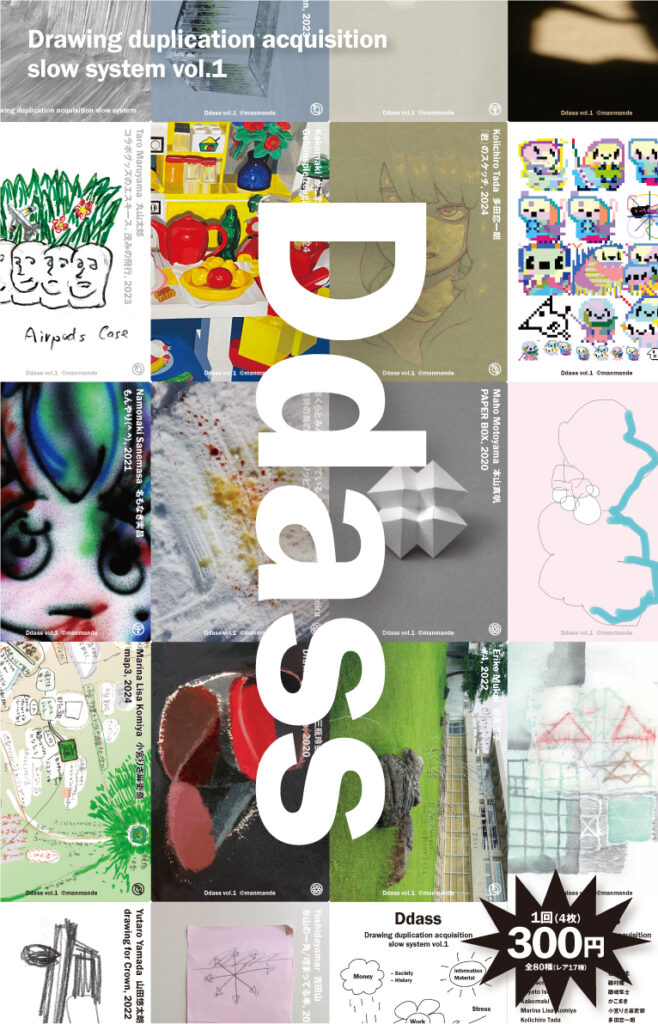
Additionally, the satellite venue, ABAB UENO, on the 5th floor, will host "Ddass Vol.1" by the artist project Man Monday.
ABAB UENO will be hosting the first project of Man Monday, "Ddass Vol.1", which aims to develop new forms of art by maintaining a pace and speed of presentations rooted in daily life and expression and by acquiring a new ecosystem, however small.
"Ddass" is an acronym for "Drawing duplication acquisition slow system," and is a project that focuses on the so-called "drawings" that artists draw during their creative process, thought experiments, or in random moments. Man Monday will turn these drawings into trading cards and sell them in vending machines at the venue during the event.
Currently, capsule toy vending machines are filling up vacant spaces in shopping complexes, and are also attracting attention as a business opportunity in the inbound tourist market.
Through "Ddass," Man Monday aims to provide clues and guidance to the increasingly complex world of contemporary art, and to attract new viewers through new distribution channels.
Drawing artists (in alphabetical order, titles omitted)
Kenta Ishige, Dan Isomura, Hayato Isozaki, Risa Komiya, Koichiro Tada, Datsuo, Namonaki Sanemasa, Marin Harada, Sae Fujita, We and everyone are alive, Taro Maruyama, Reina Sanpei, Eriko Mukae, Maho Motoyama, Yutaro Yamada, Yamada Yoshida
・Greetings from the organizer
Monday [Long-winded]
(adv.) (from Chinese) (manmande) A word used to describe something that is slow. Slowly. Leisurely.
(Source: The Selected Edition of the Japanese Language Dictionary)
With the recent development of social media and the expansion of the art market, artists have been given more opportunities to exhibit their work than ever before. The way in which new connections that did not exist before are being created, overtaking the conservative hierarchy of the industry, has captivated and engaged people without boundaries, which has led to a chain reaction that further strengthens this structure. However, gradually, this chain has taken an accelerating step, fueled by various intentions, desires, and emotions. At the end of this self-consuming chain, a violent wilderness has arisen in which each of these transforms the artwork into image data circulated on the web, words into weapons for confrontation and agitation, viewers into buyers and followers, and artists into devices for attracting public attention.
Monday is a project that aims to develop new forms of art by allowing artists living today to maintain a pace and speed of presentation rooted in their lives and expressions, and to acquire a new ecosphere, even if small, in other words, to re-cultivate the aforementioned wilderness into a more decent form. For example, in 19th century France, where the air was filled with the scent of war, Cezanne, who kept a certain distance from the radical Impressionists who were gaining fame using new chemical art materials at the time and continued his own explorations in the suburbs, was finally recognized in his later years and later called the "father of modern painting." It may take time, but we too will continue to experiment and reach our goal.
"Ddass Vol.1"
Dates
June 1st (Sat) – June 30th (Sun) 2024
time
10:30〜20:00
closing day
none
venue
ABAB UENO 5th floor
address
5F ABABUENO, 4-8-4 Ueno, Taito-ku, Tokyo 110-8541
Admission fee
free
Participating artists (in alphabetical order, titles omitted)
Kenta Ishige, Dan Isomura, Hayato Isozaki, Risa Komiya, Koichiro Tada, Datsuo, Namonaki Sanemasa, Marin Harada, Sae Fujita, We and everyone are alive, Taro Maruyama, Reina Sanpei, Eriko Mukae, Maho Motoyama, Yutaro Yamada, Yamada Yoshida
Organizer
FLOATING ALPS LLC.
Man Monday Writers: Kenta Ishige, Koichiro Tada, Yutaro Yamada
Exhibition URL
https://artsticker.page.link/Ddass_Vol1
・About ABAB UENO
This ladies' fashion building in Ueno, Tokyo is operated by AbuAbu Akafudado Co., Ltd. It houses over 40 shops selling a wide variety of clothing, shoes, miscellaneous goods, lingerie, cosmetics, and more, many of which offer trendy items at low prices. Founded in 1945, this department store has been operating in the Ueno area for 78 years.
・About ArtSticker

Operated by The Chain Museum Co., Ltd., this platform provides opportunities to encounter art and places to enjoy dialogue, and "connects a series of experiences" in art appreciation. It features a wide range of works from well-known artists to up-and-coming young artists. The genres of the works are also diverse, including installations, paintings, and performing arts.
▽ArtSticker Website
≫ http://bit.ly/3ZeK8vS
▽ArtSticker download URL
≫ App Store: https://apps.apple.com/app/artsticker/id1446438049
≫ Google Play: https://play.google.com/store/apps/details?id=art.tcm.artsticker
·Company Profile
Company name: The Chain Museum Co., Ltd.
Location: 3rd floor, Daikanyama Art Village, 17-10 Sarugakucho, Shibuya-ku, Tokyo
Representative: Masamichi Toyama, Representative Director
▽The Chain Museum Co., Ltd. Official Website
≫ https://tcm.art/
From the press release of The Chain Museum Co., Ltd.
Article provided by: Kokosil Ueno
See other exhibition information






